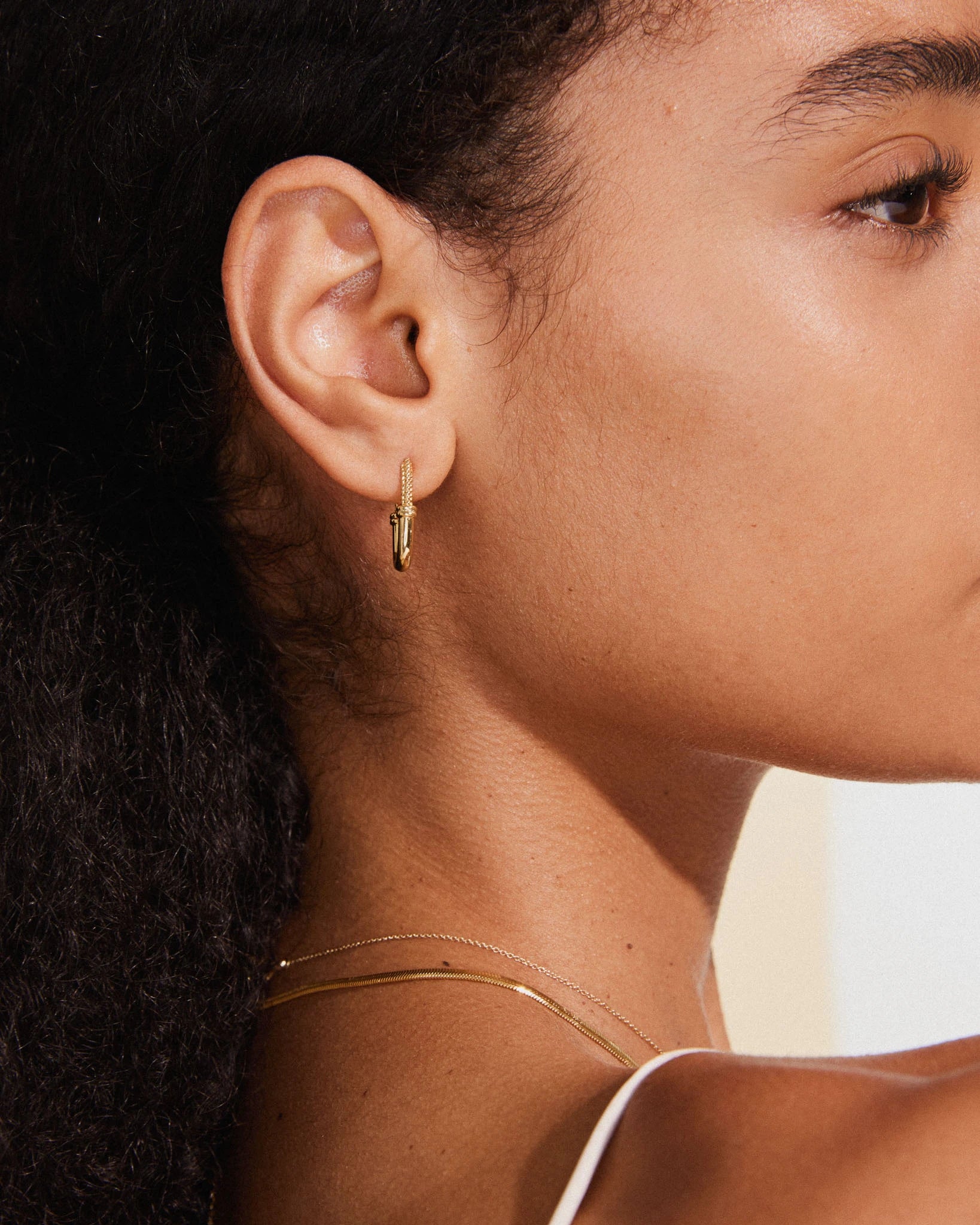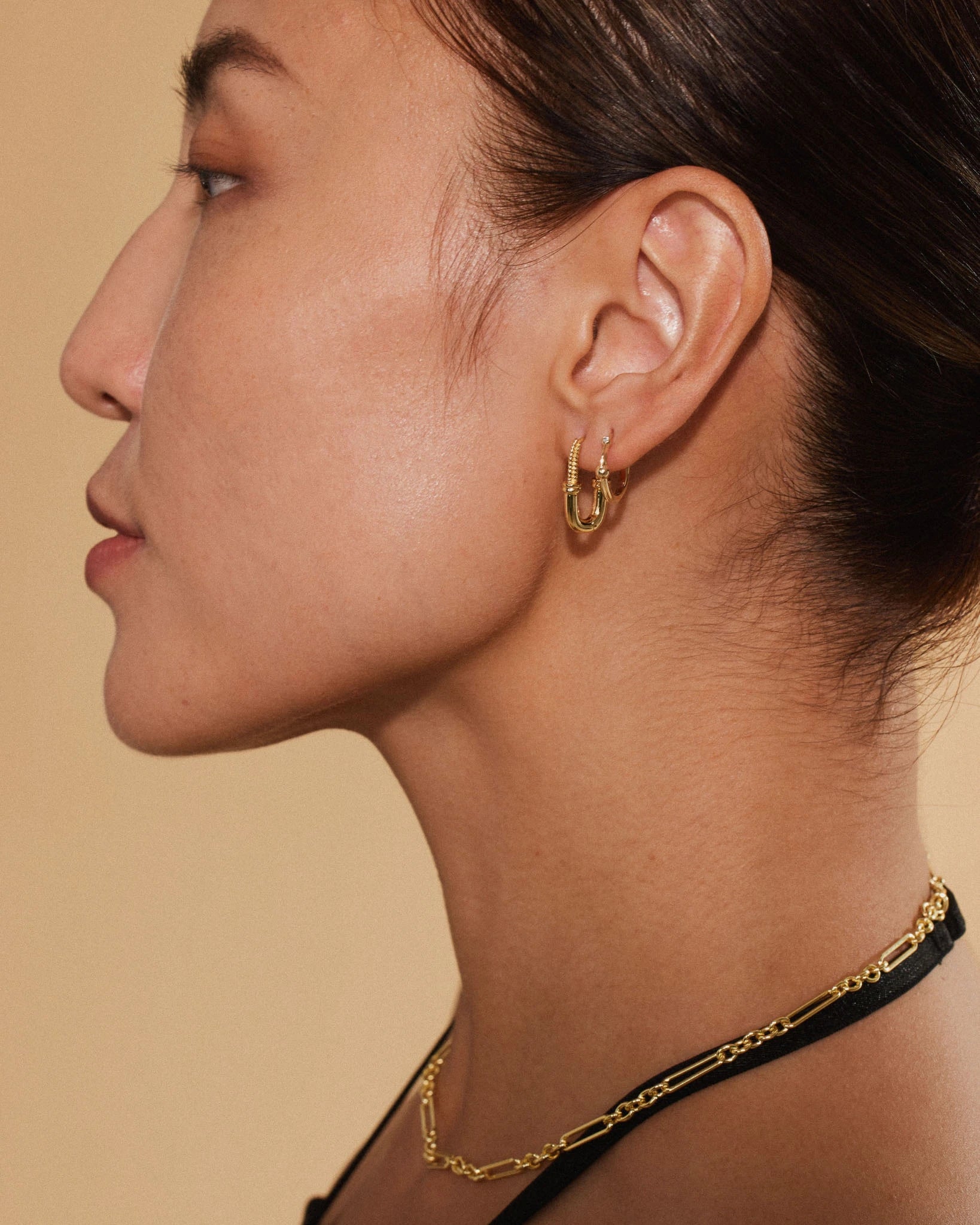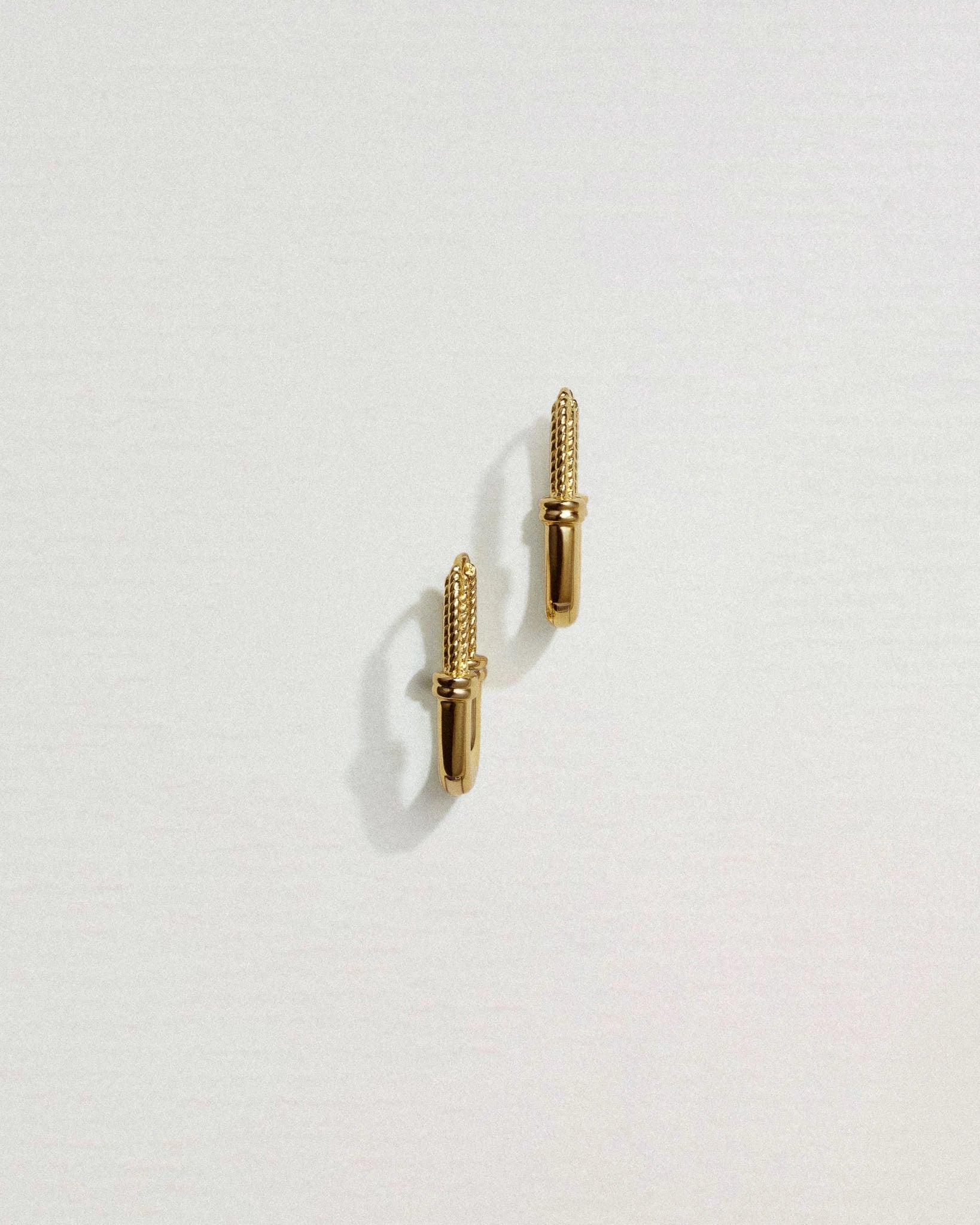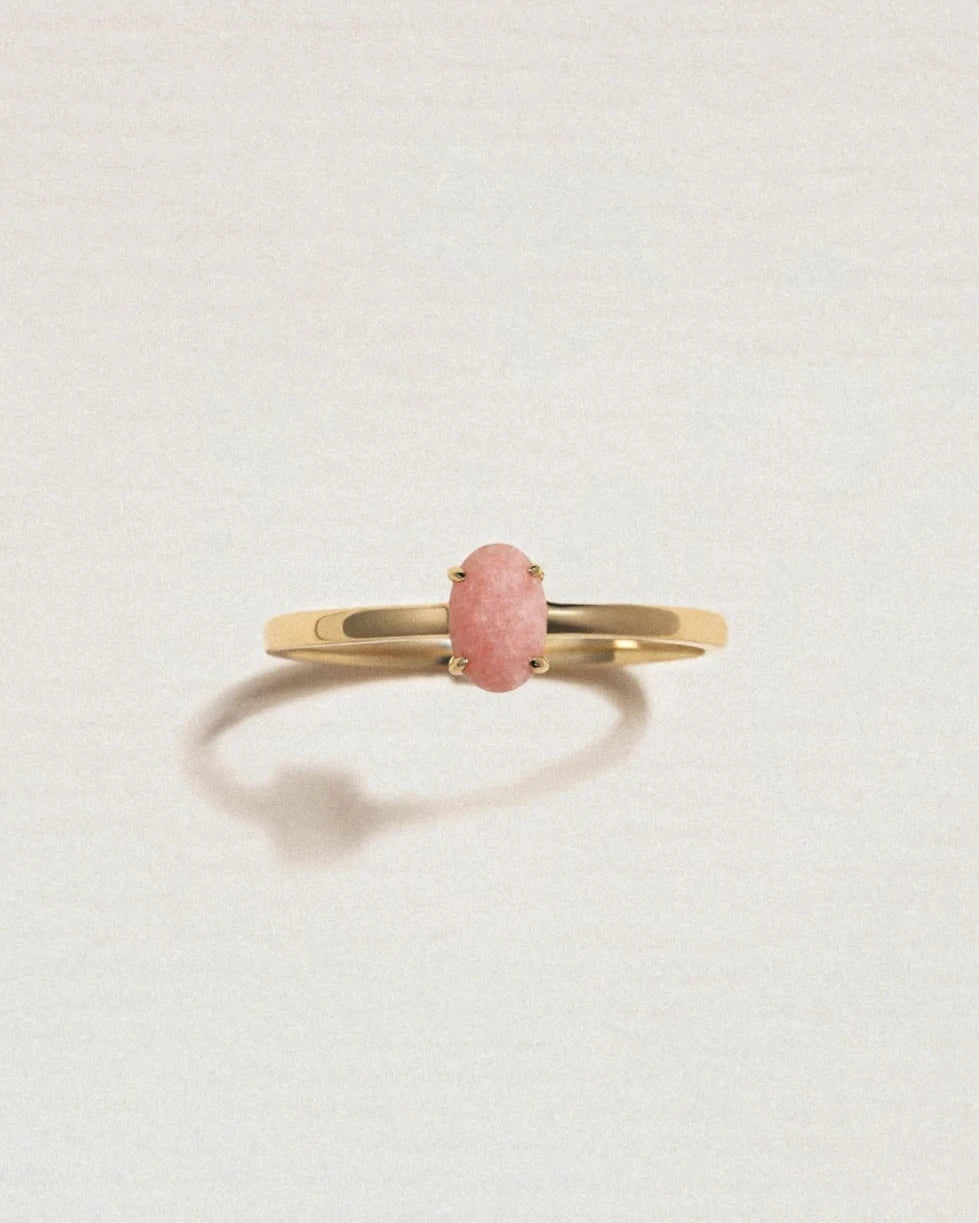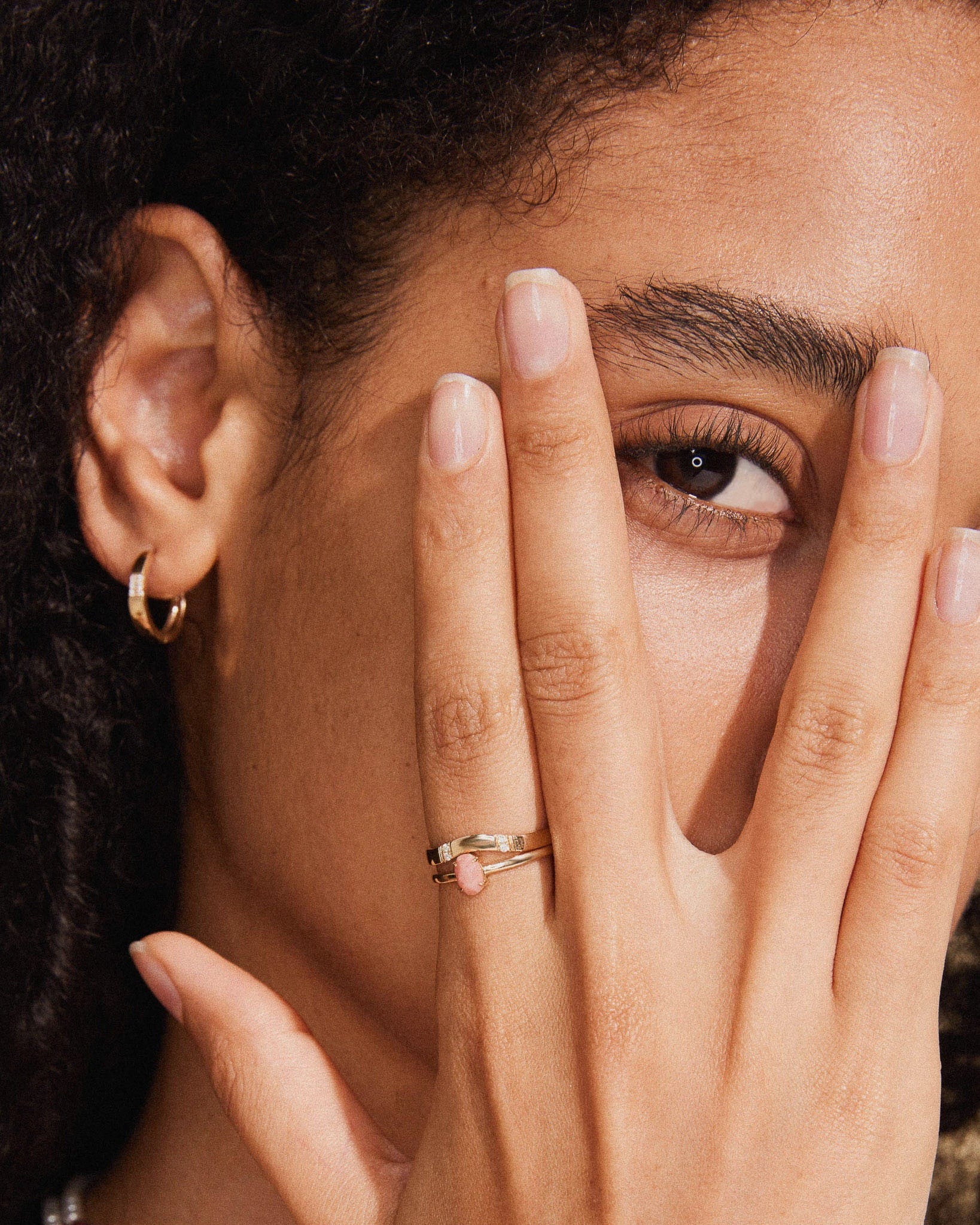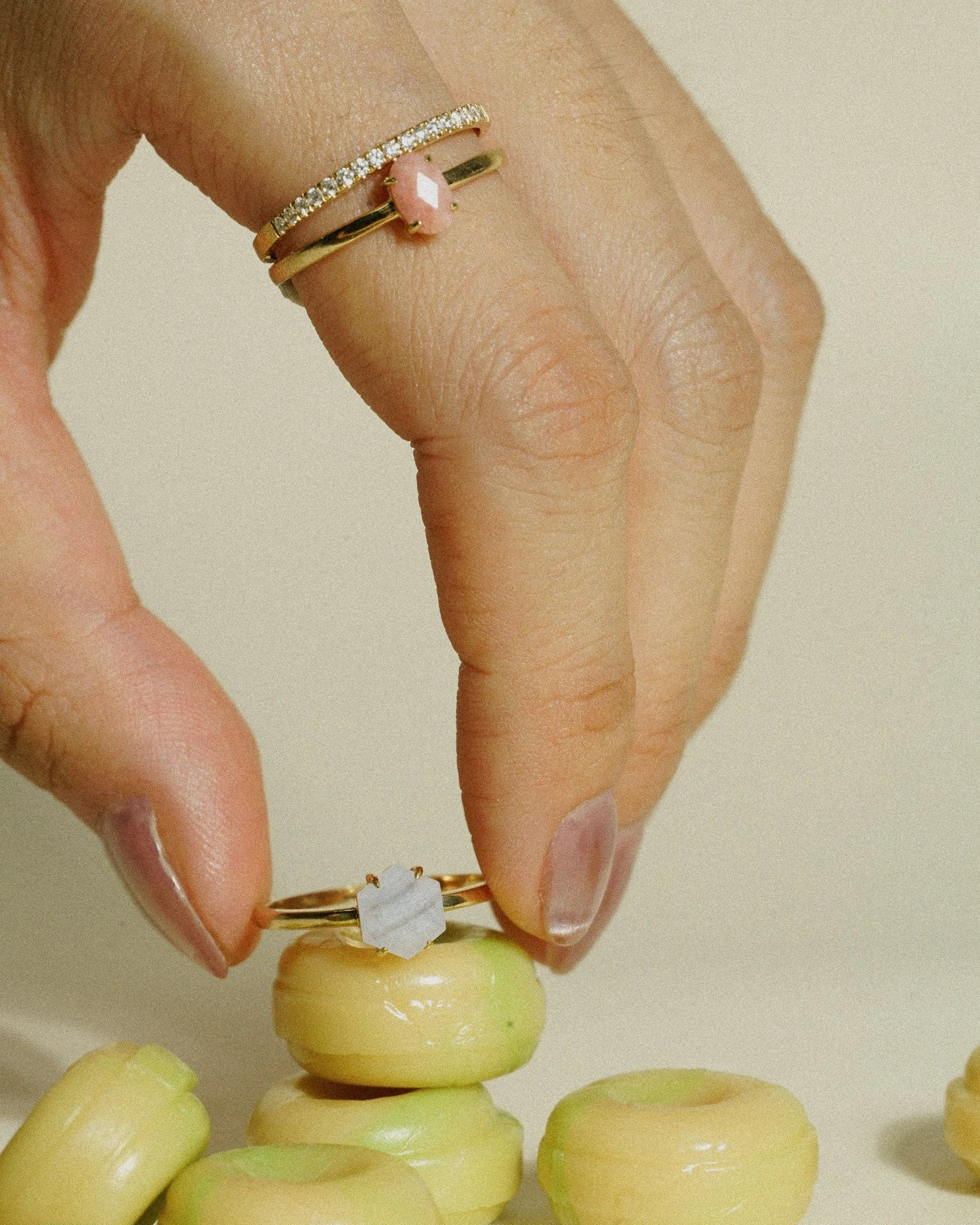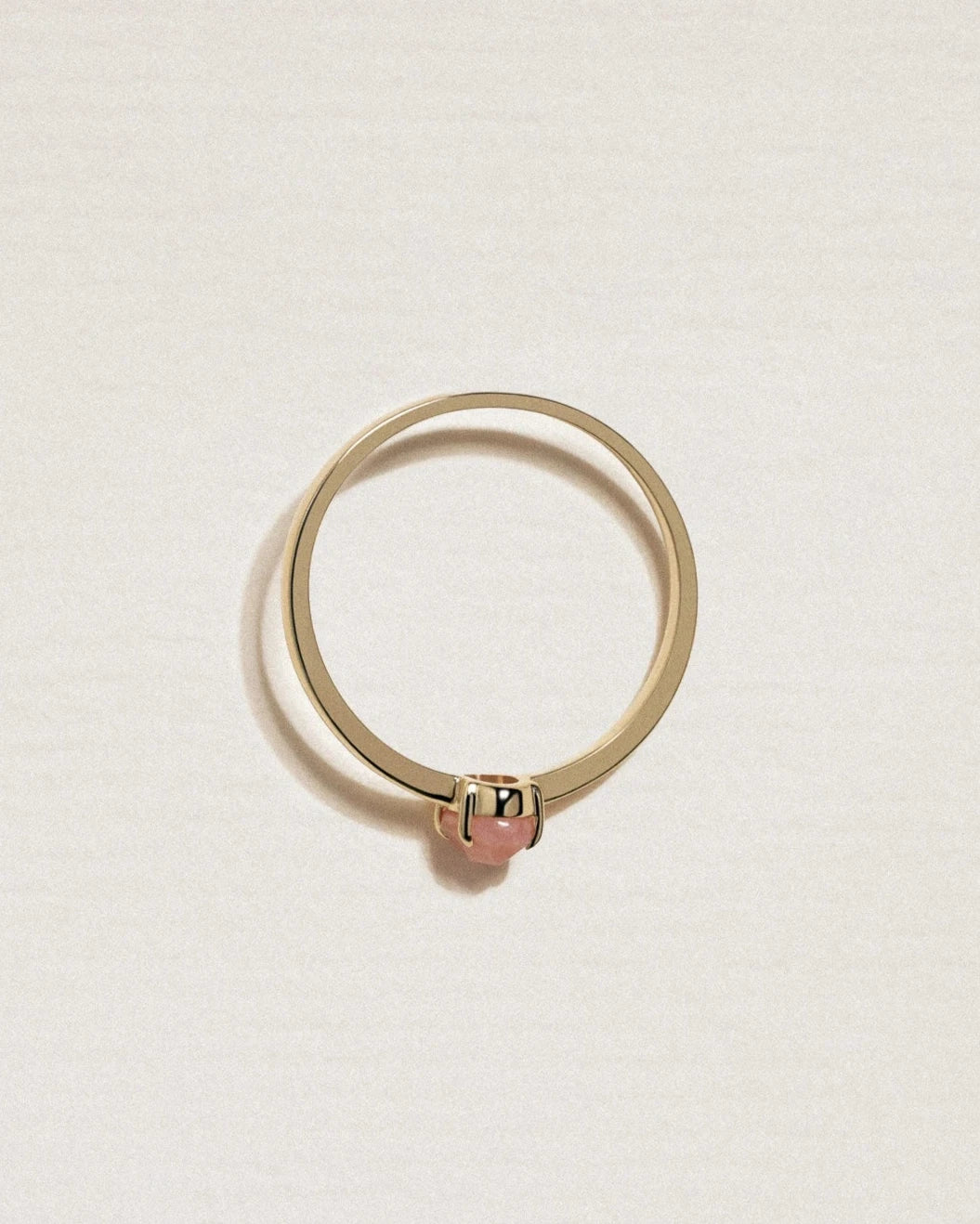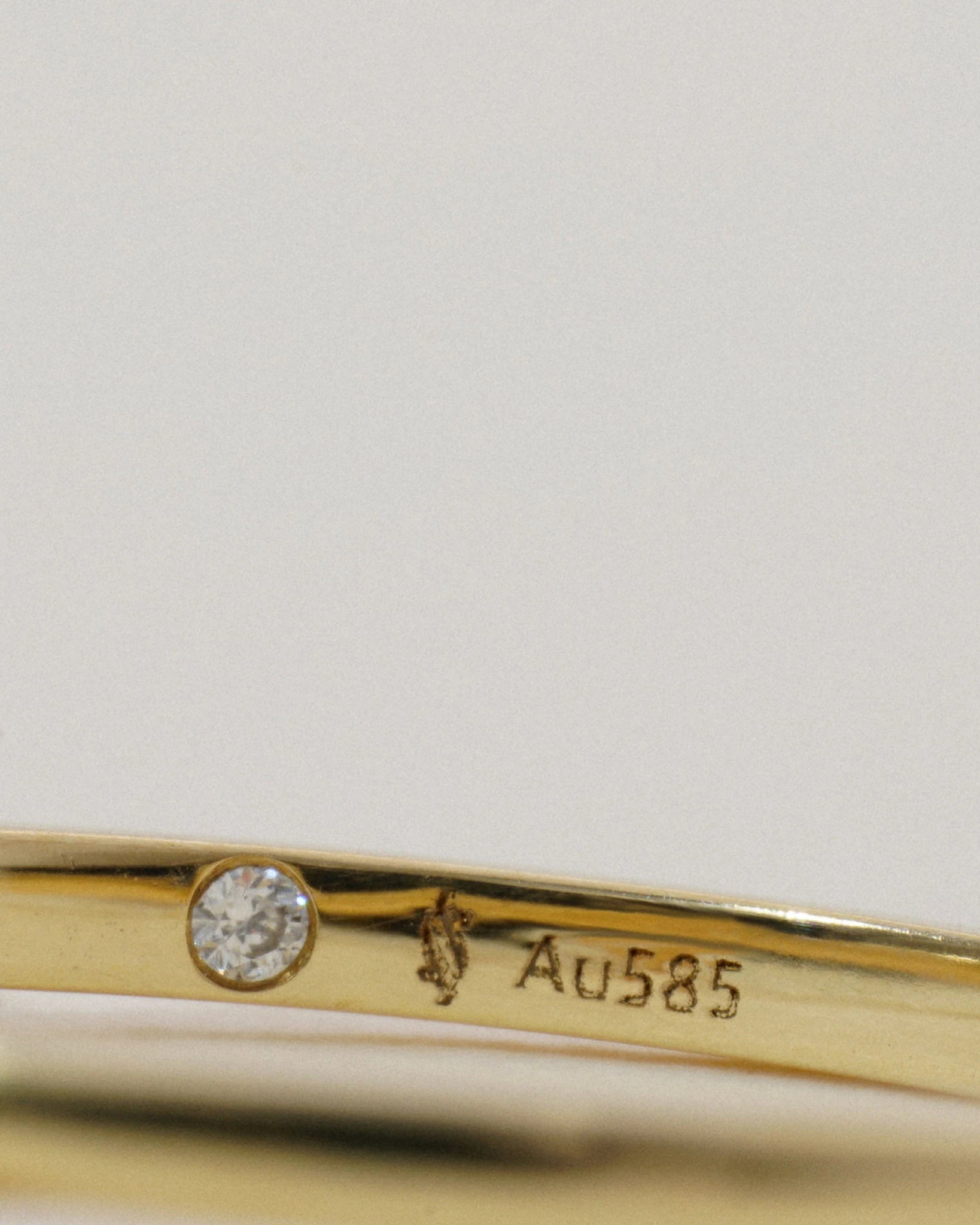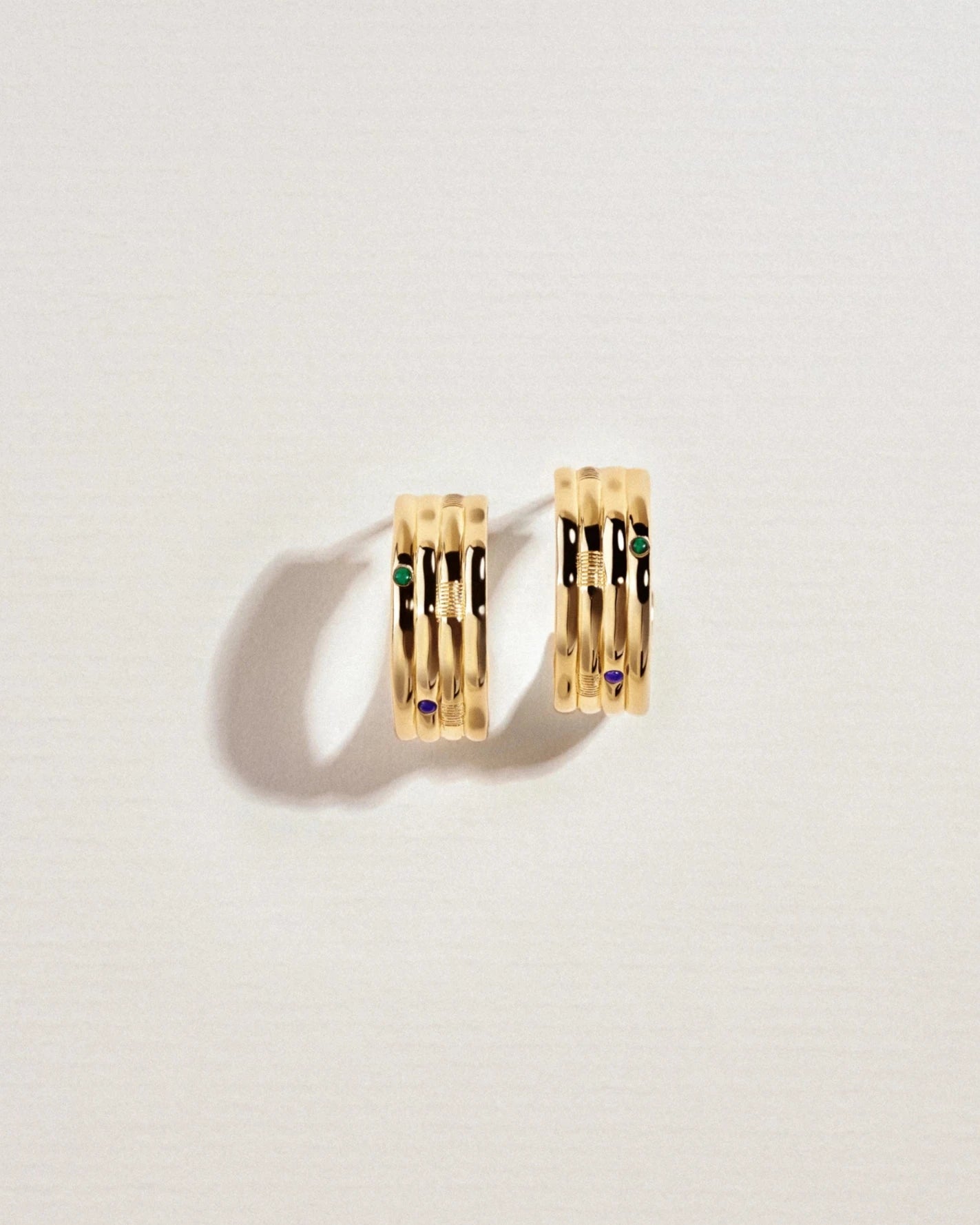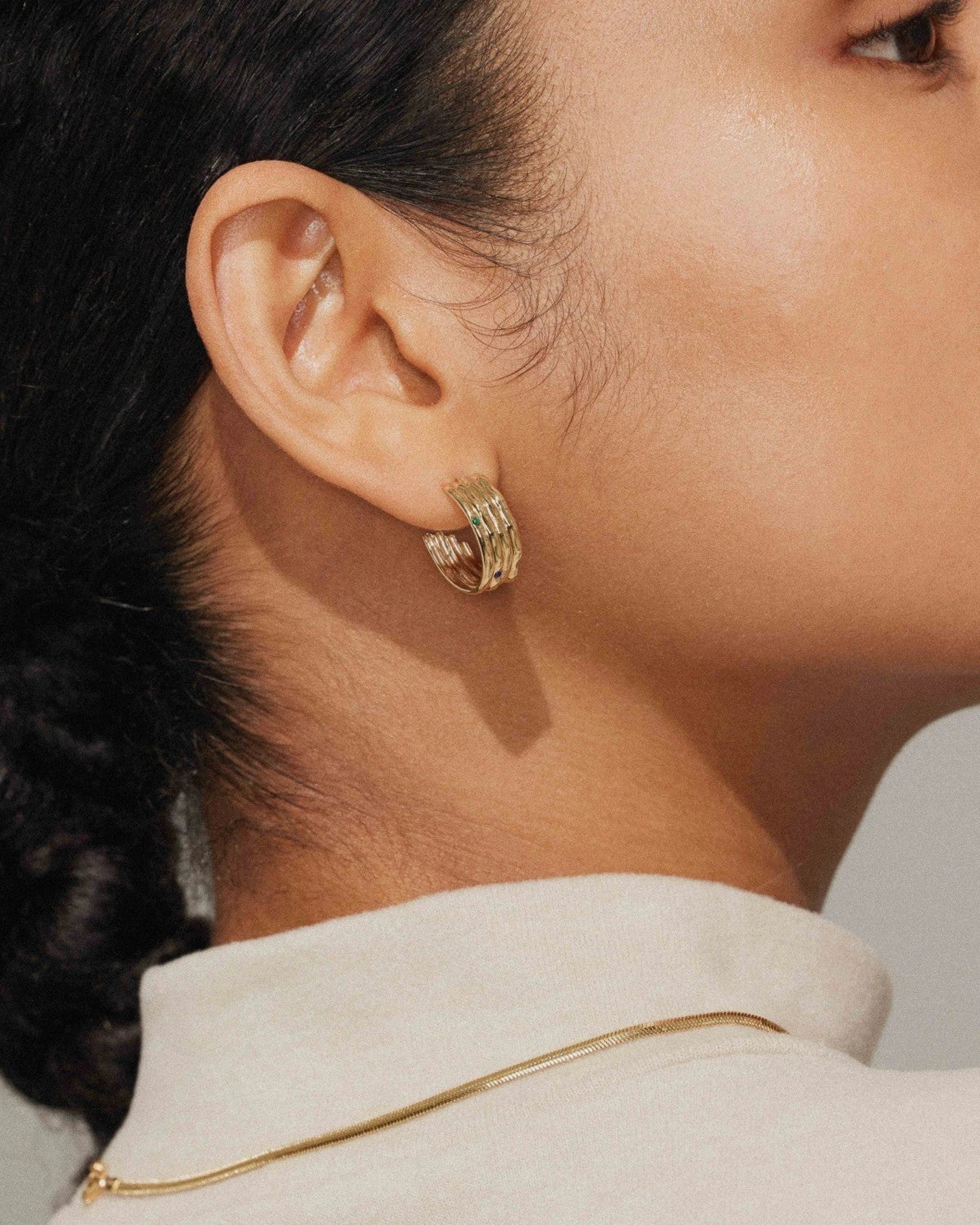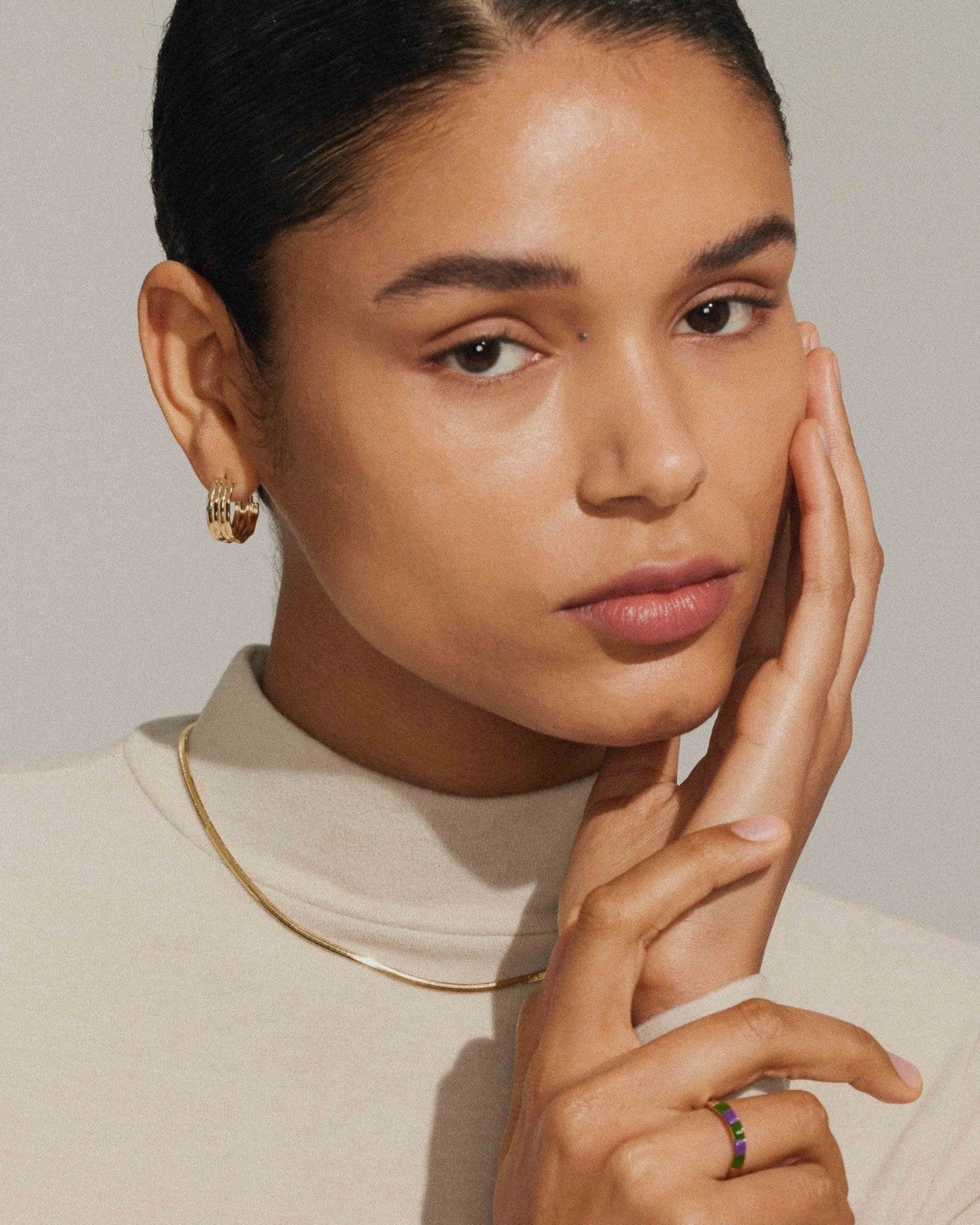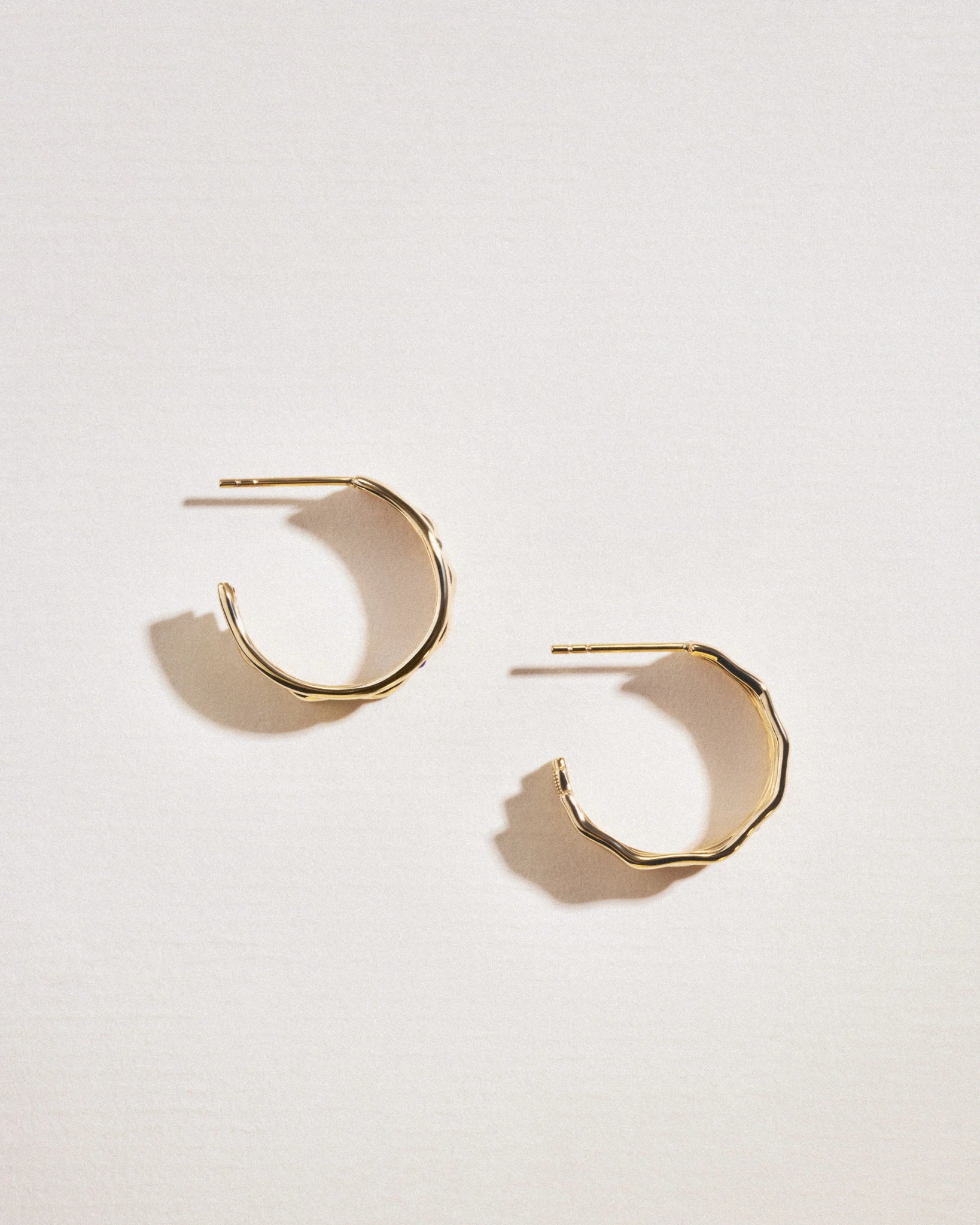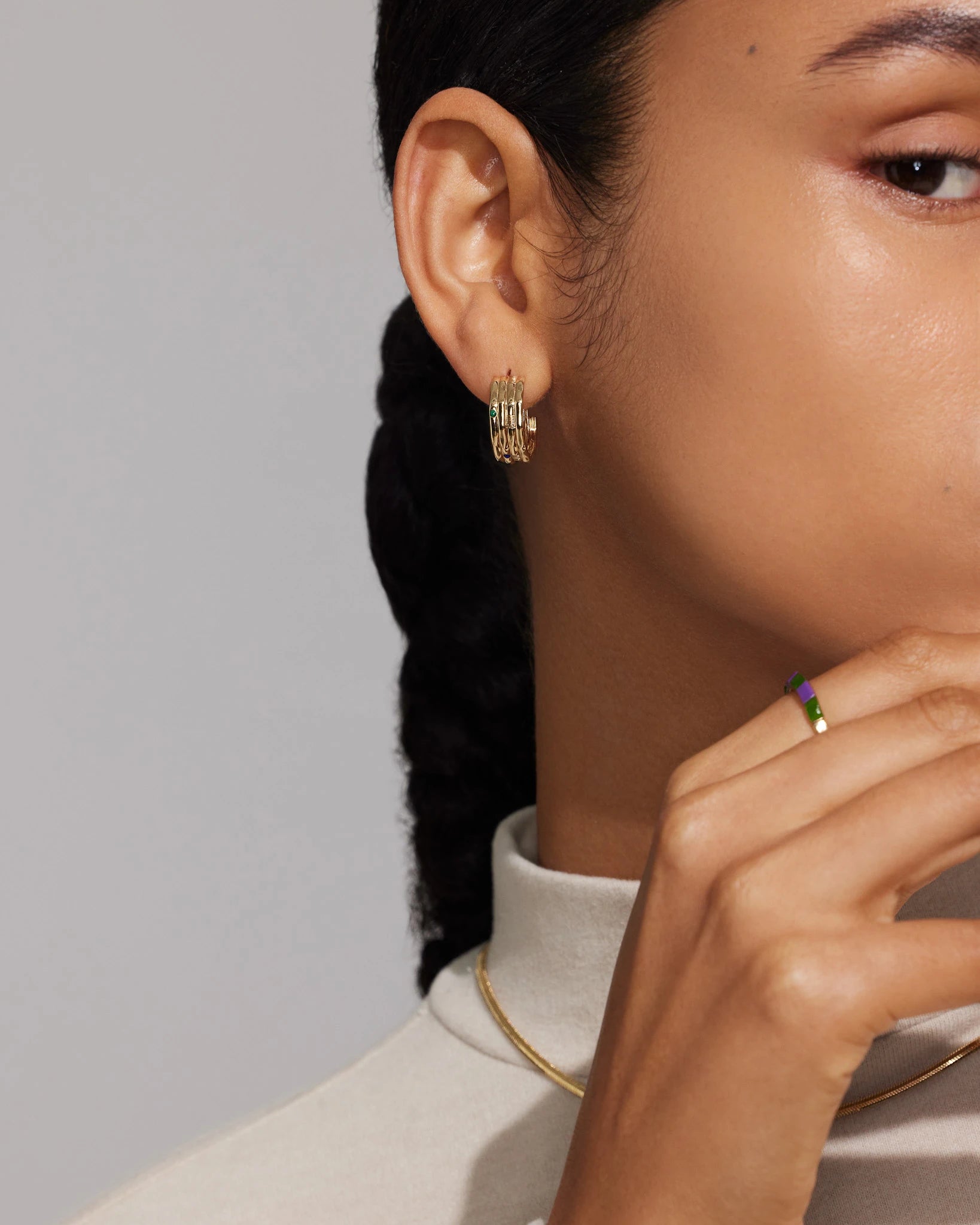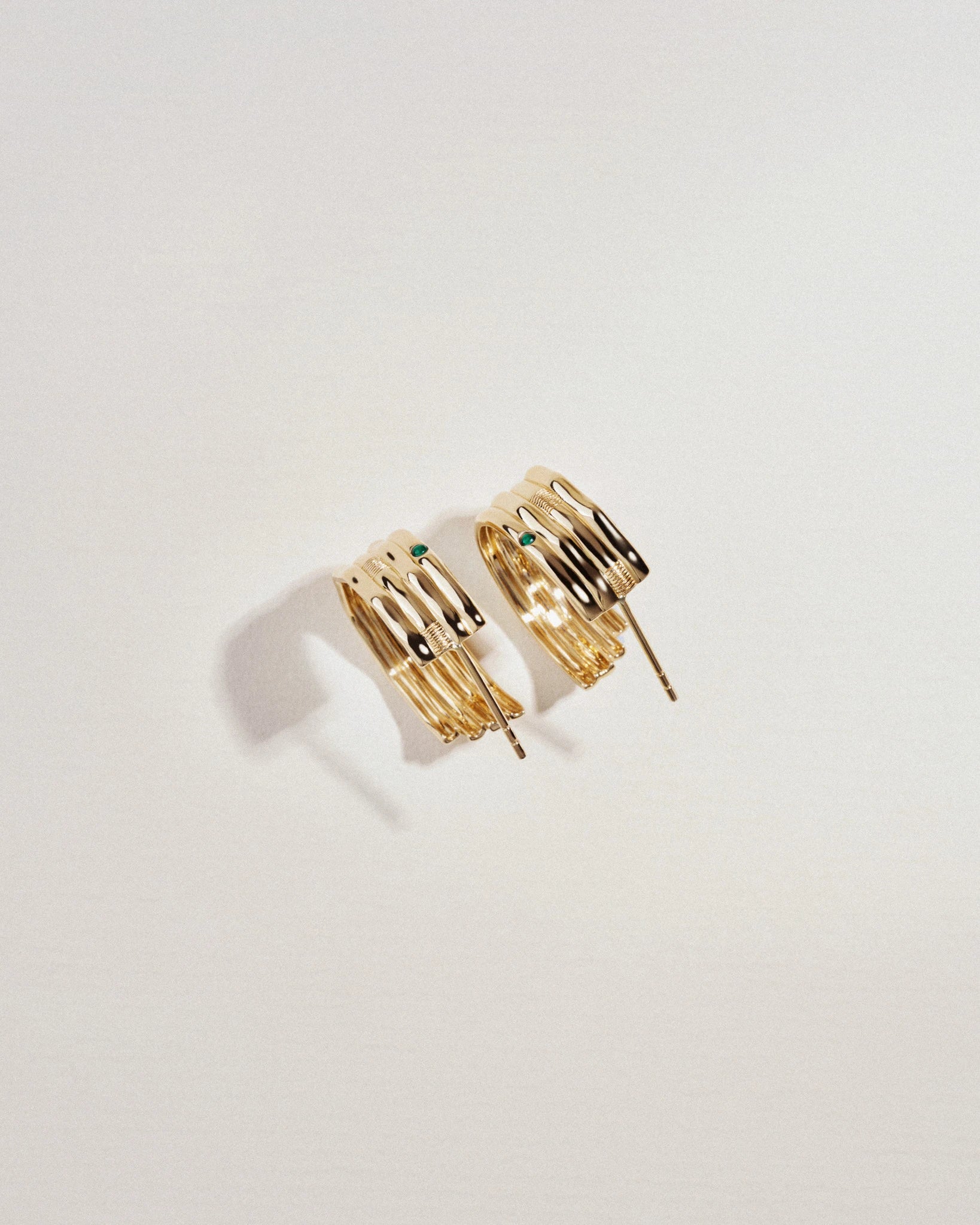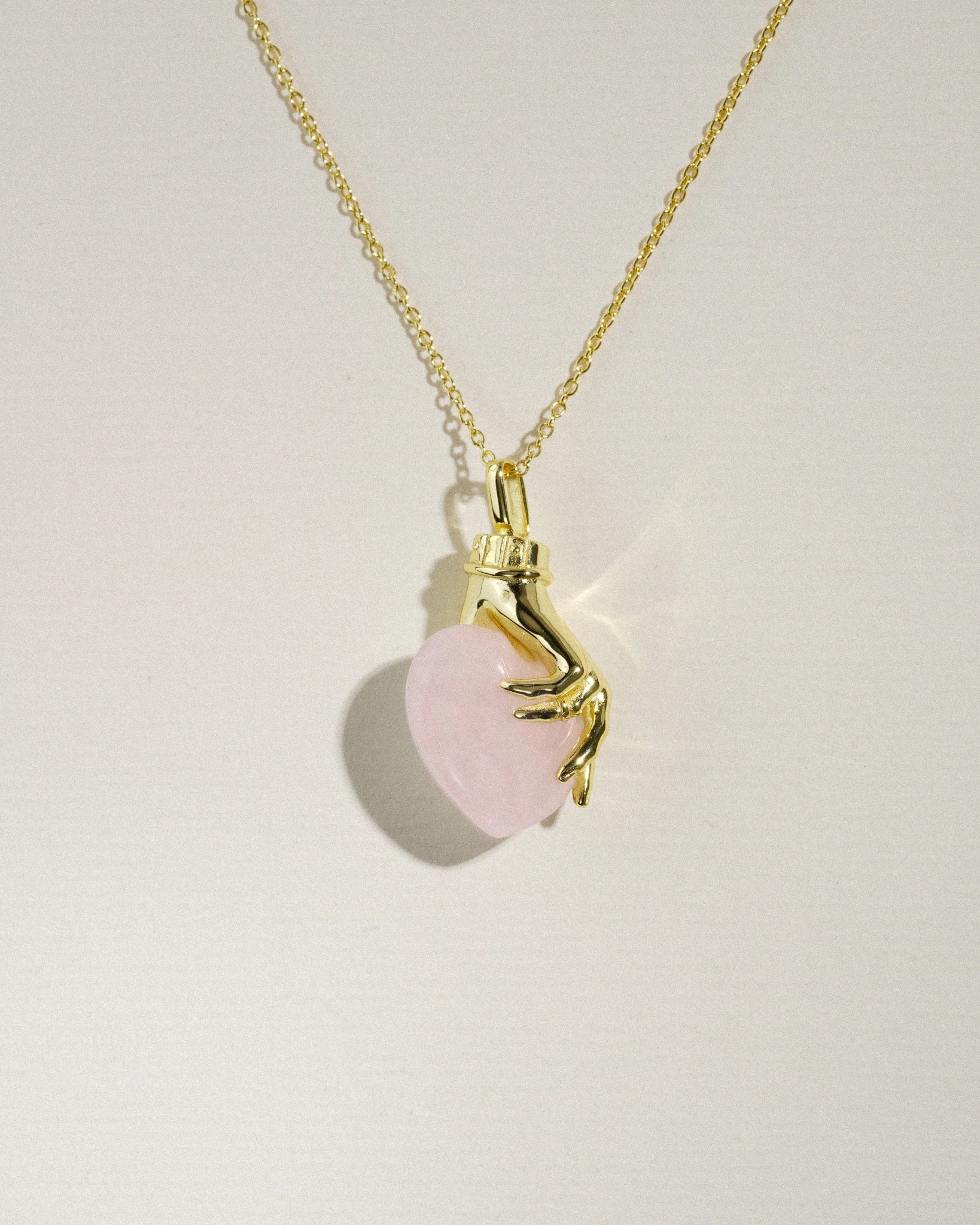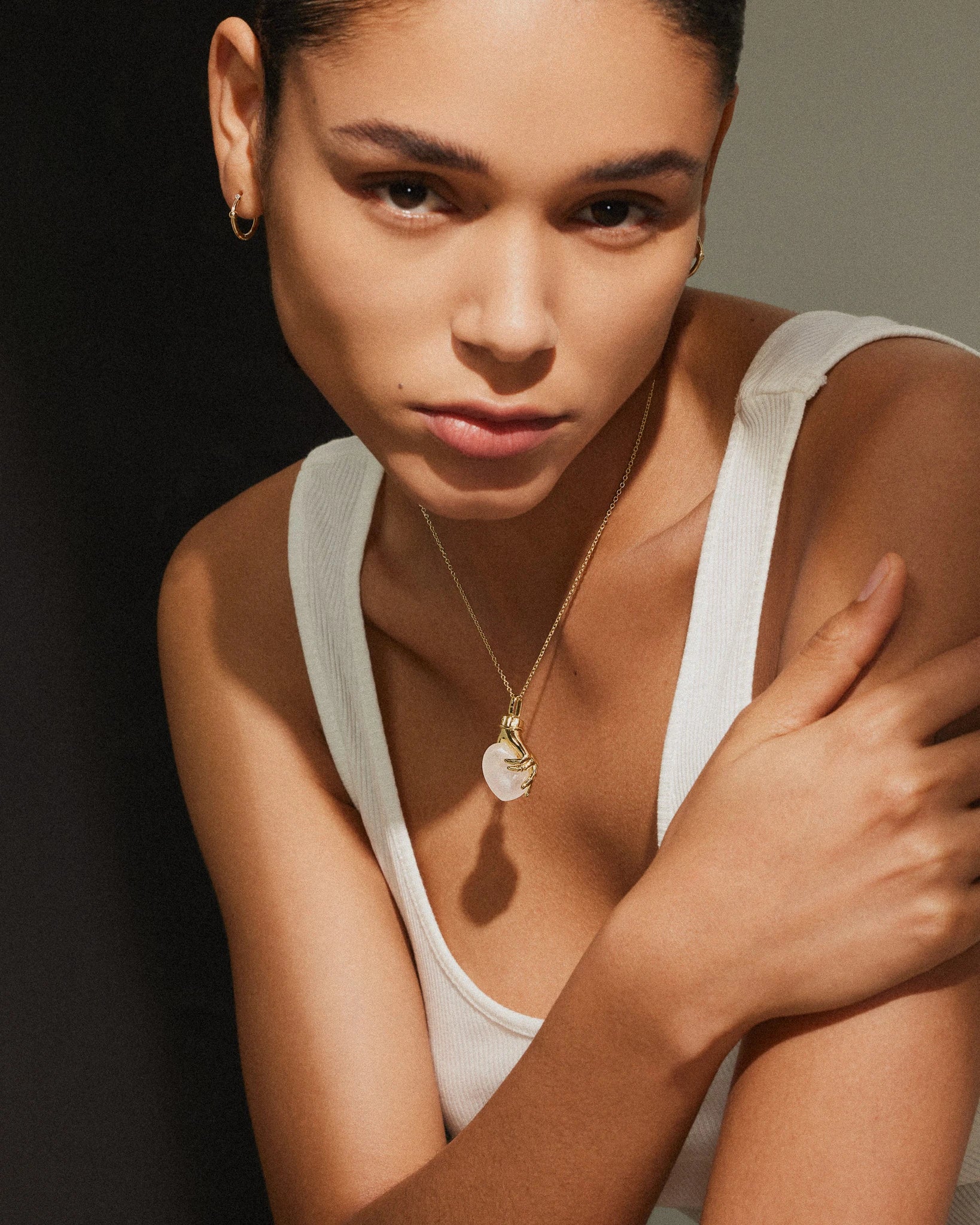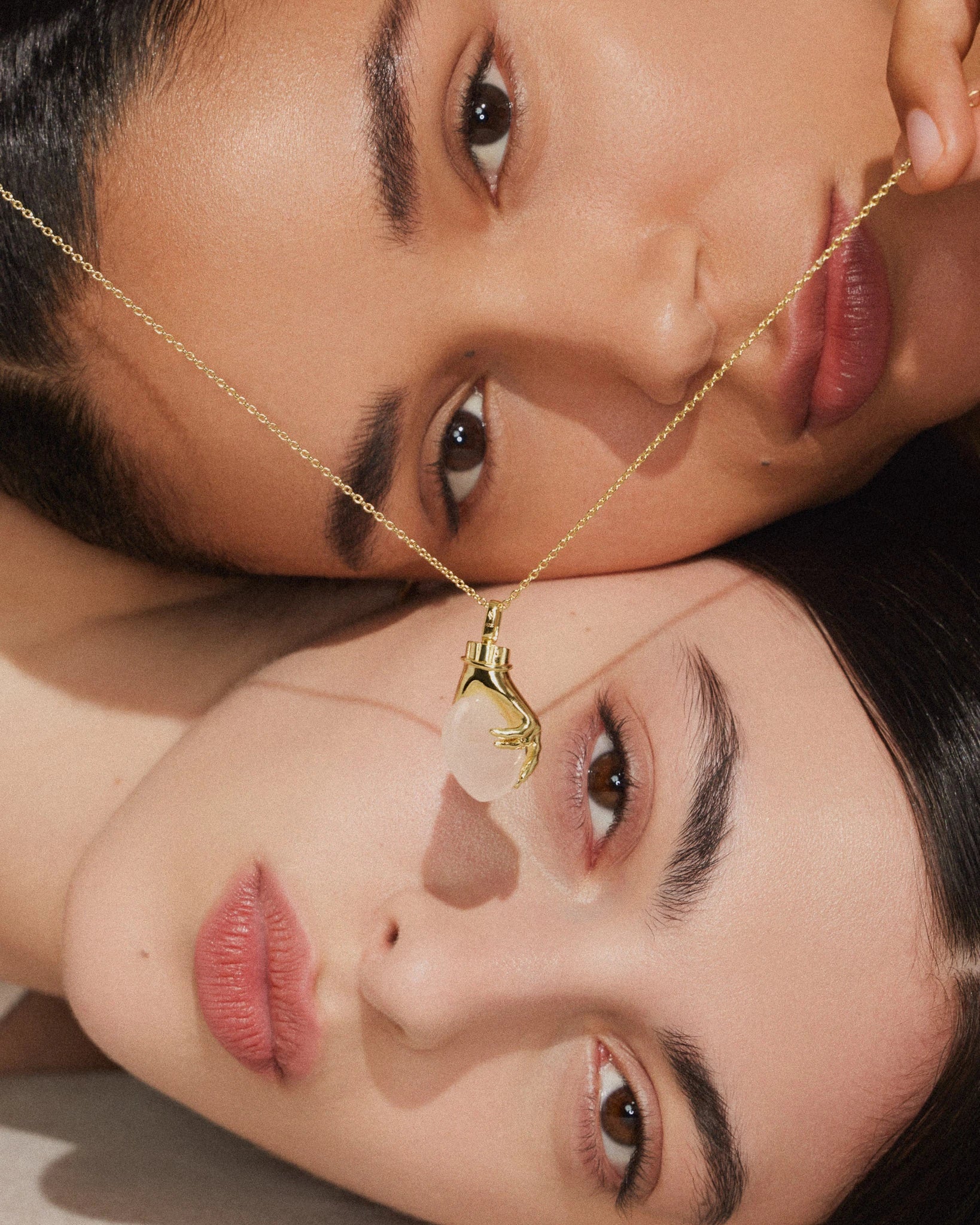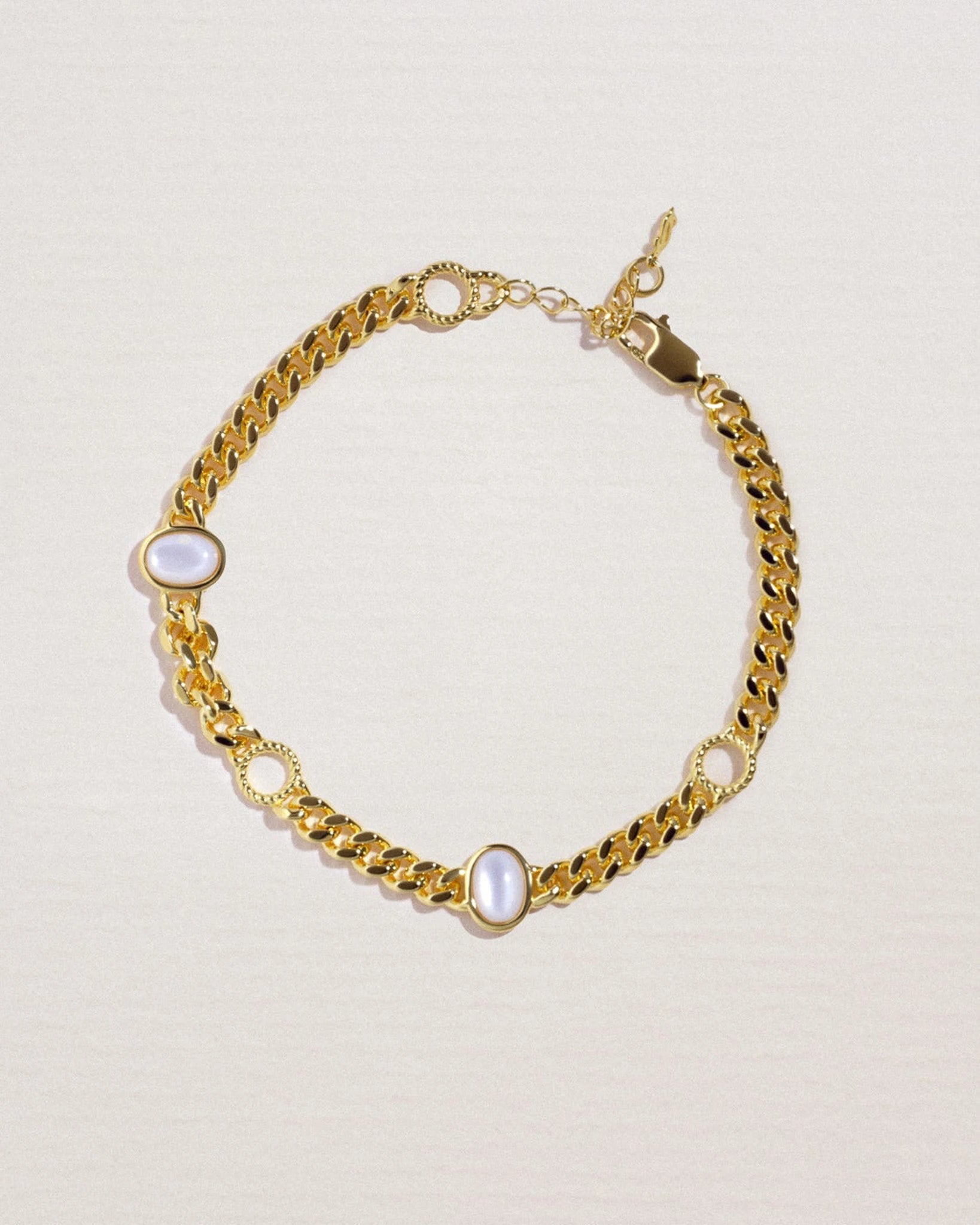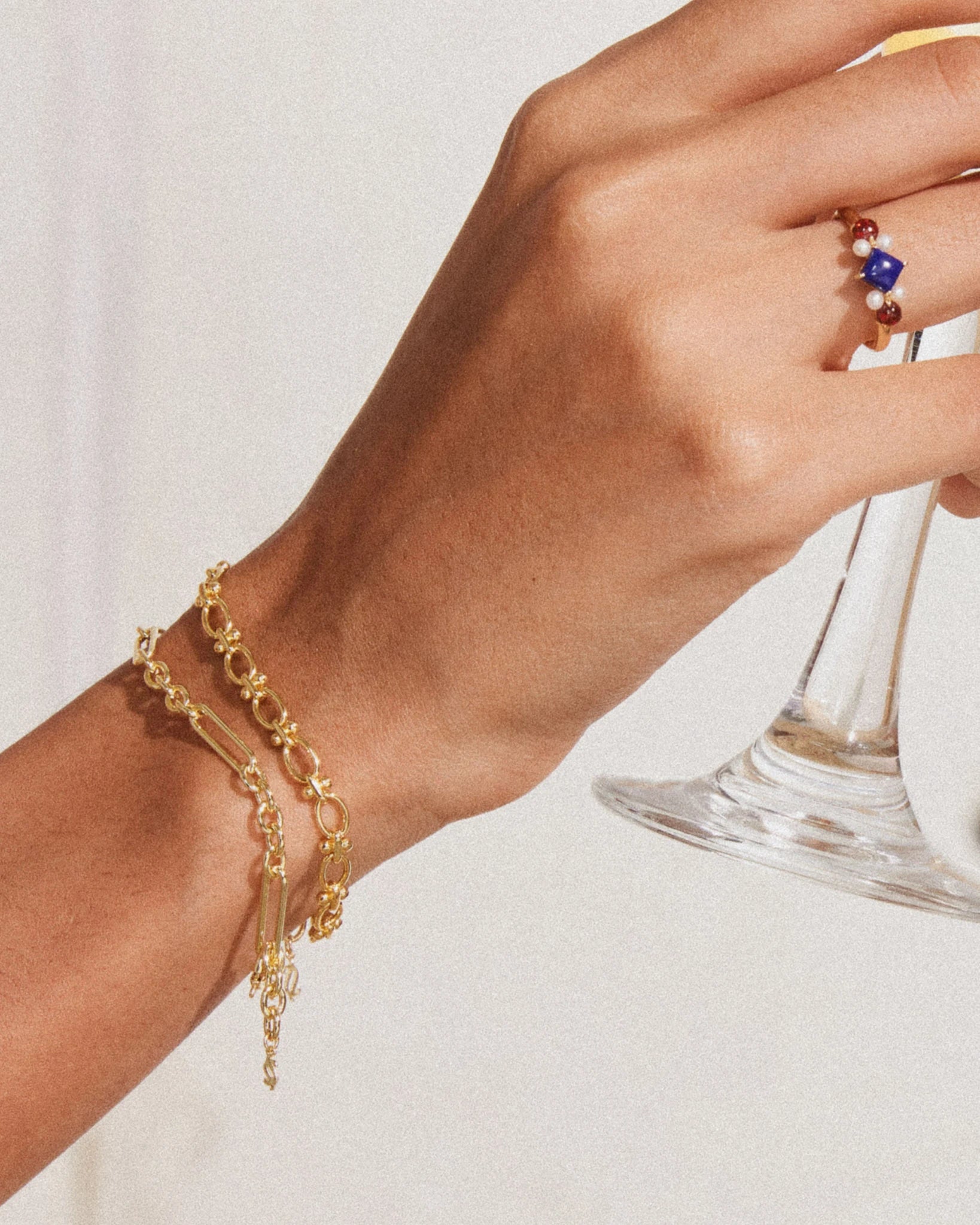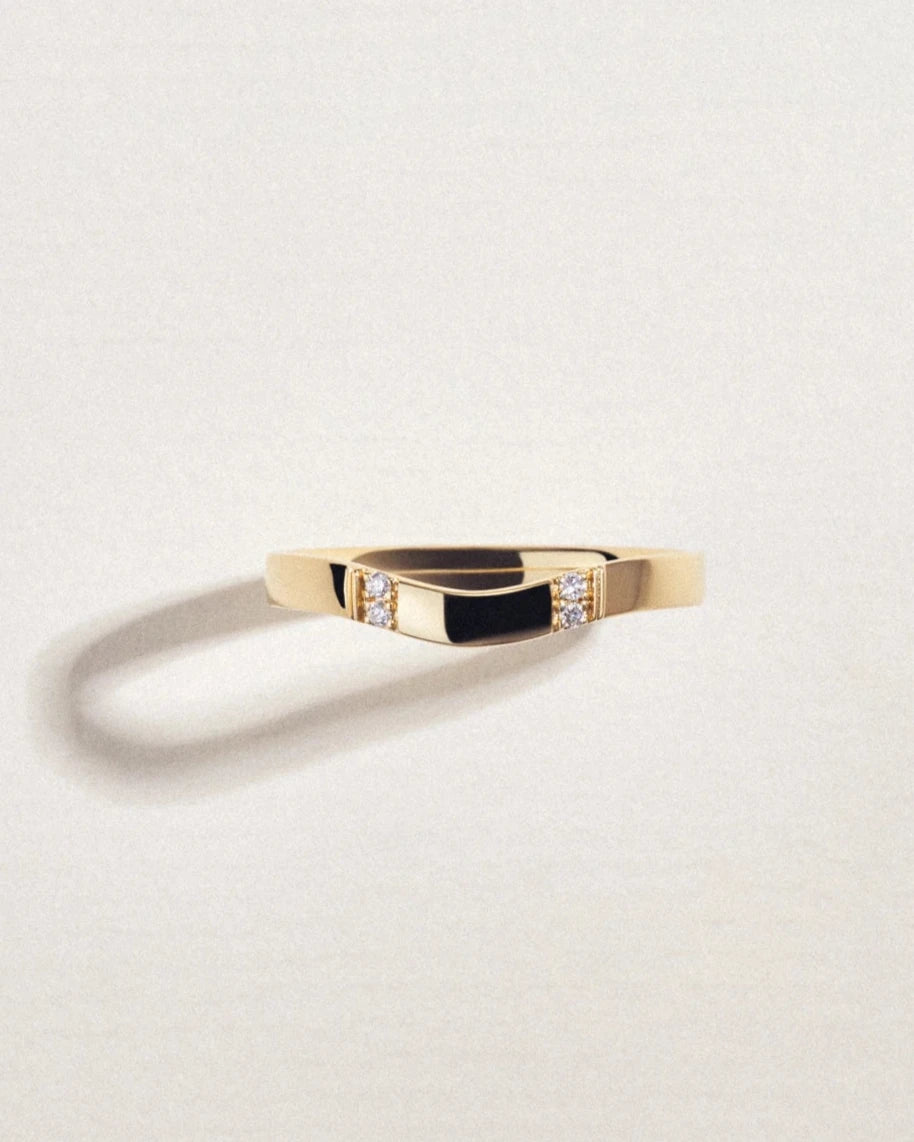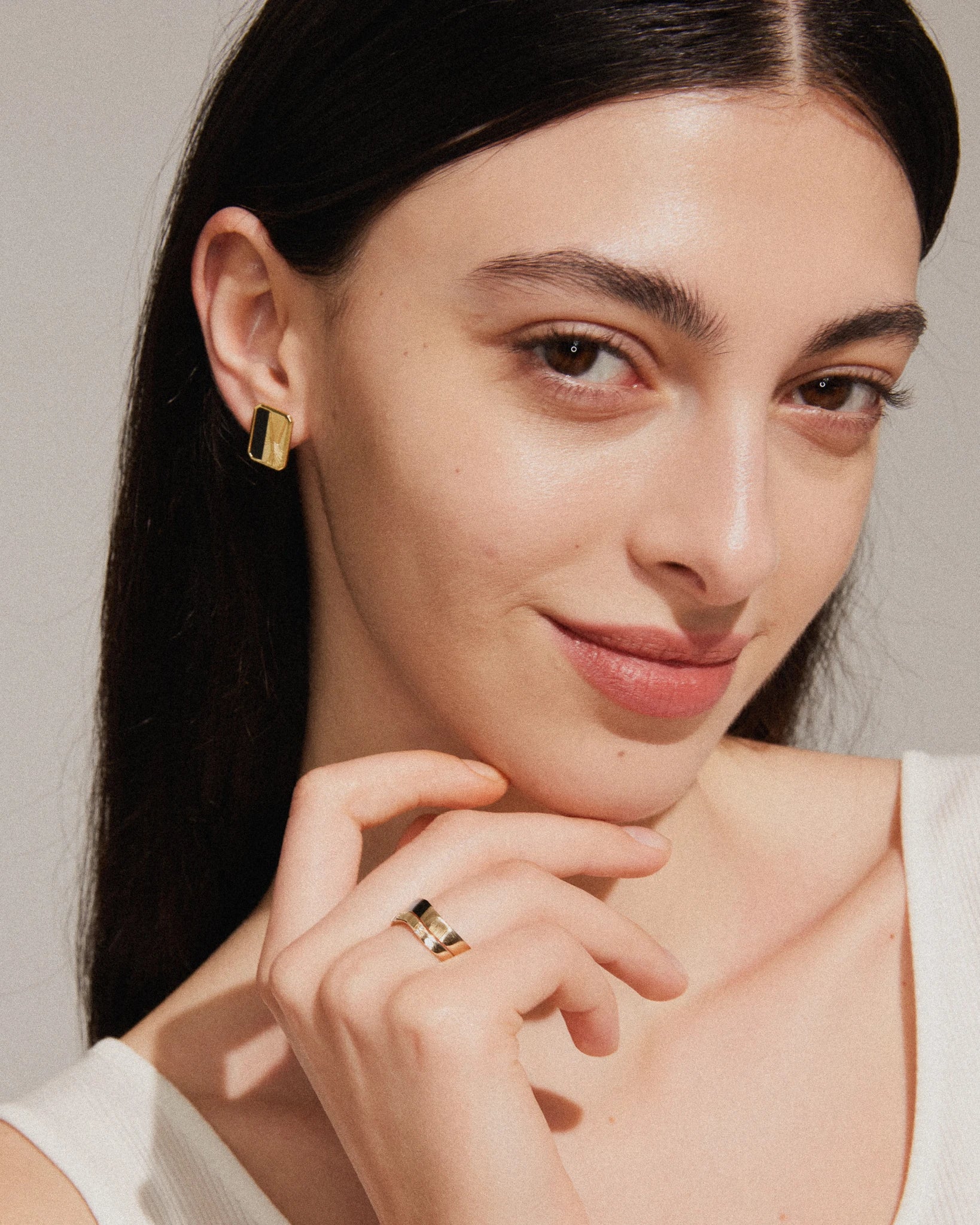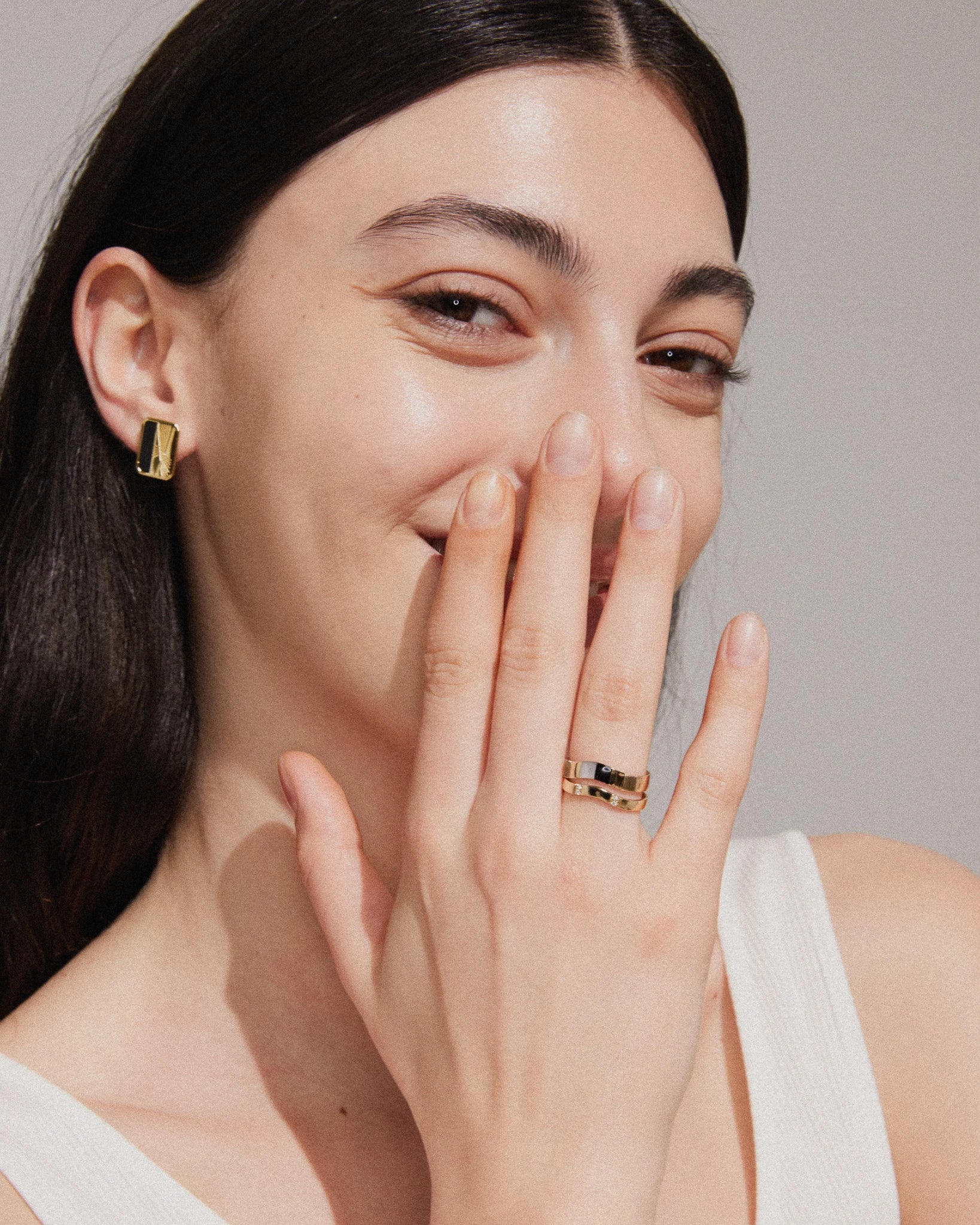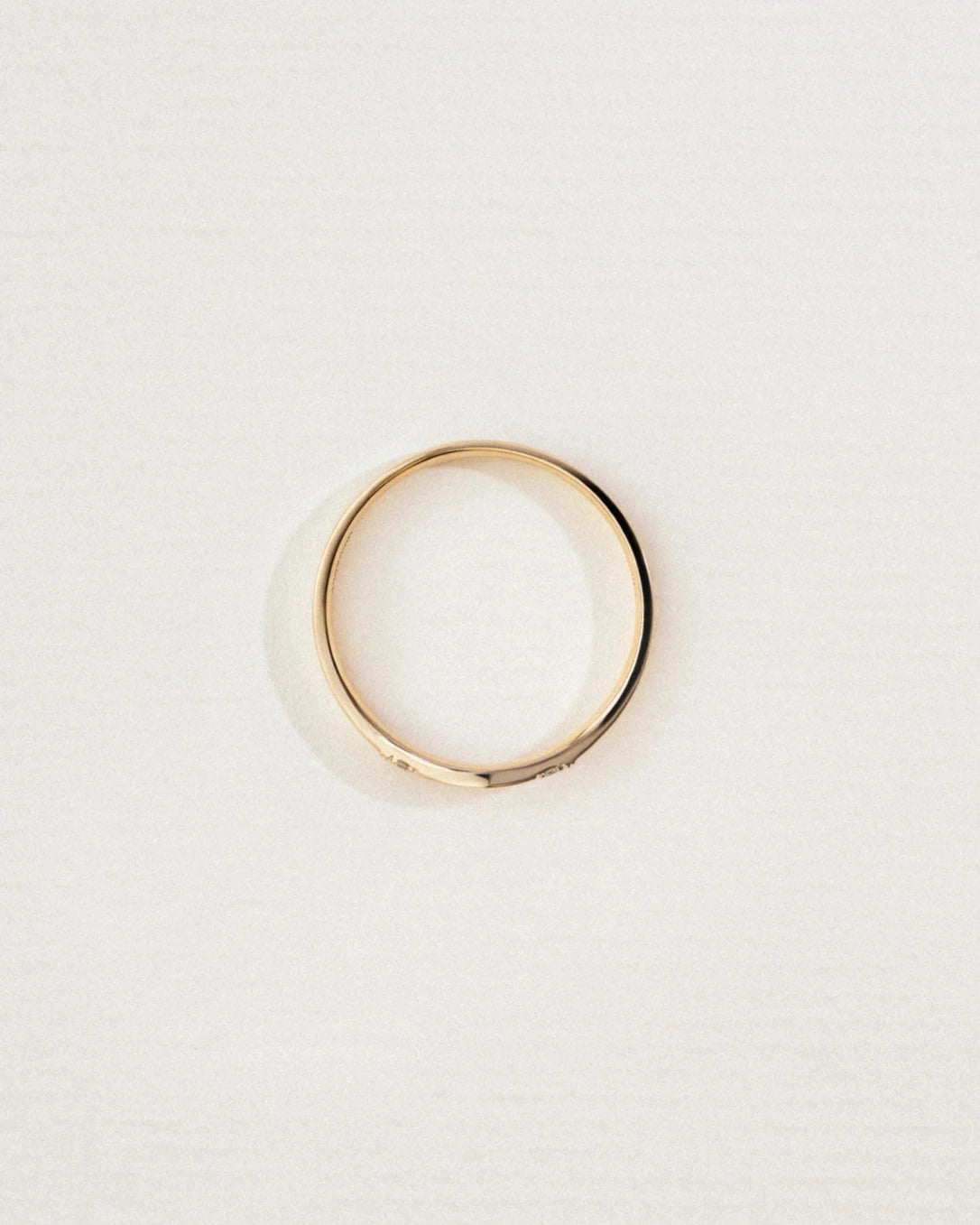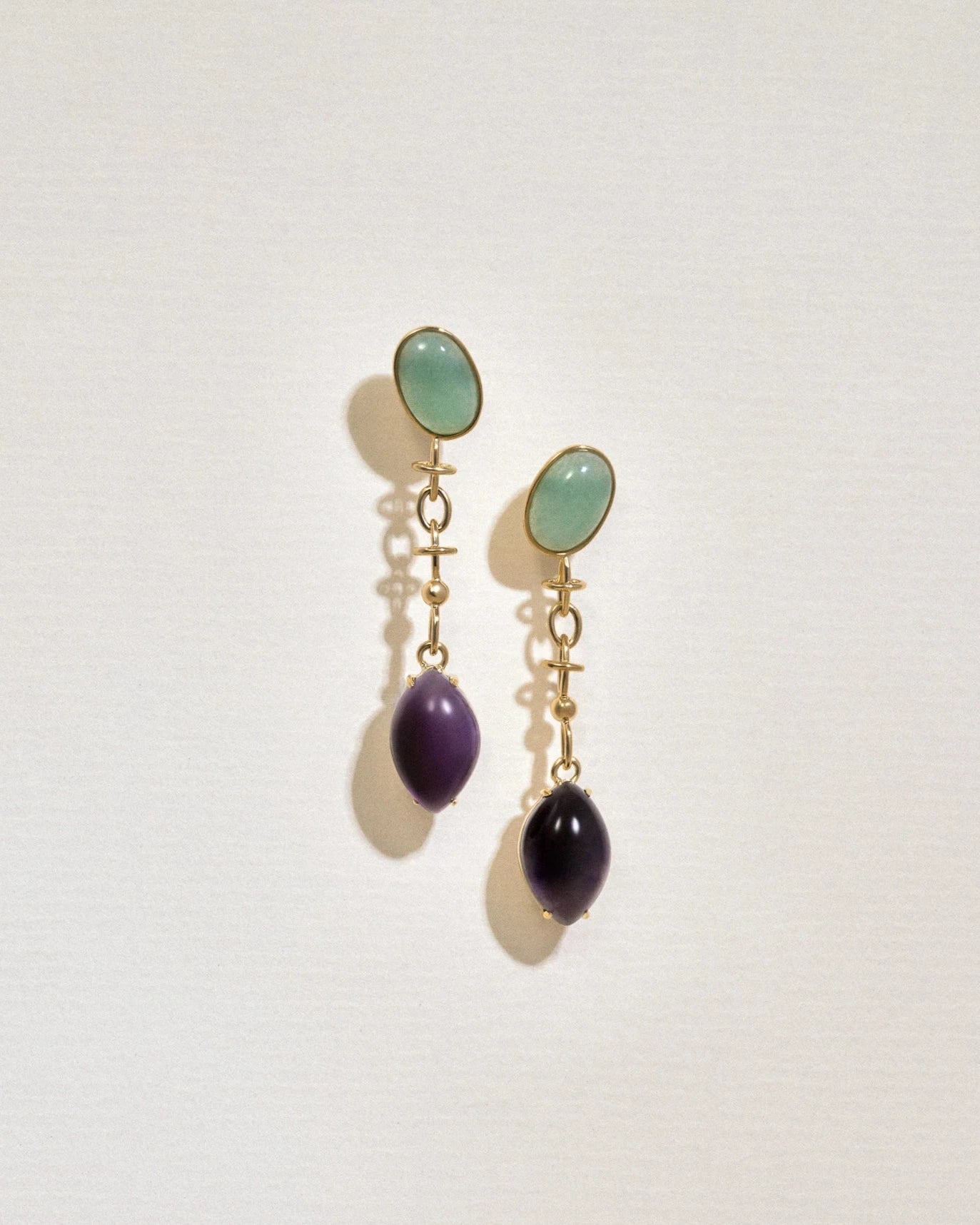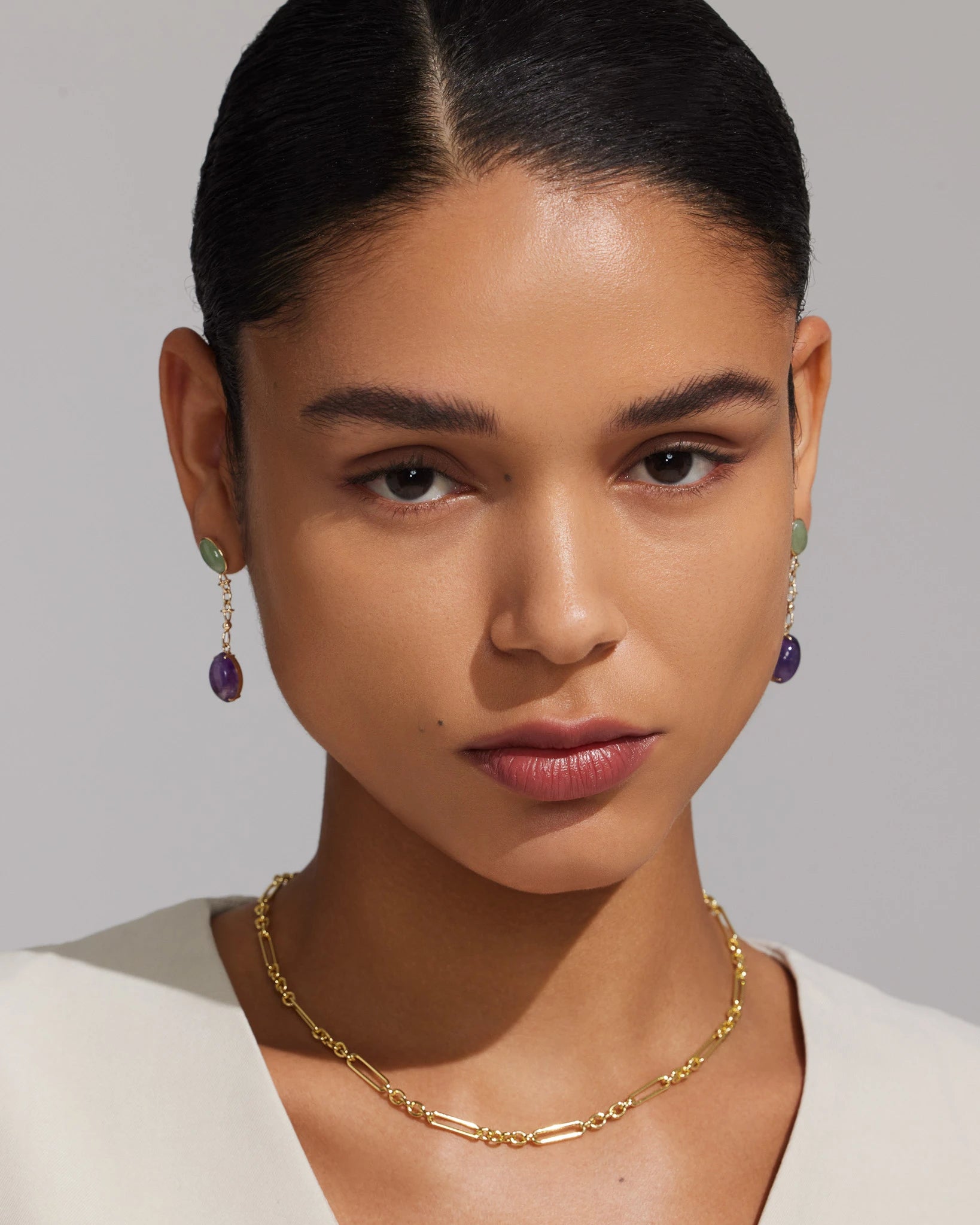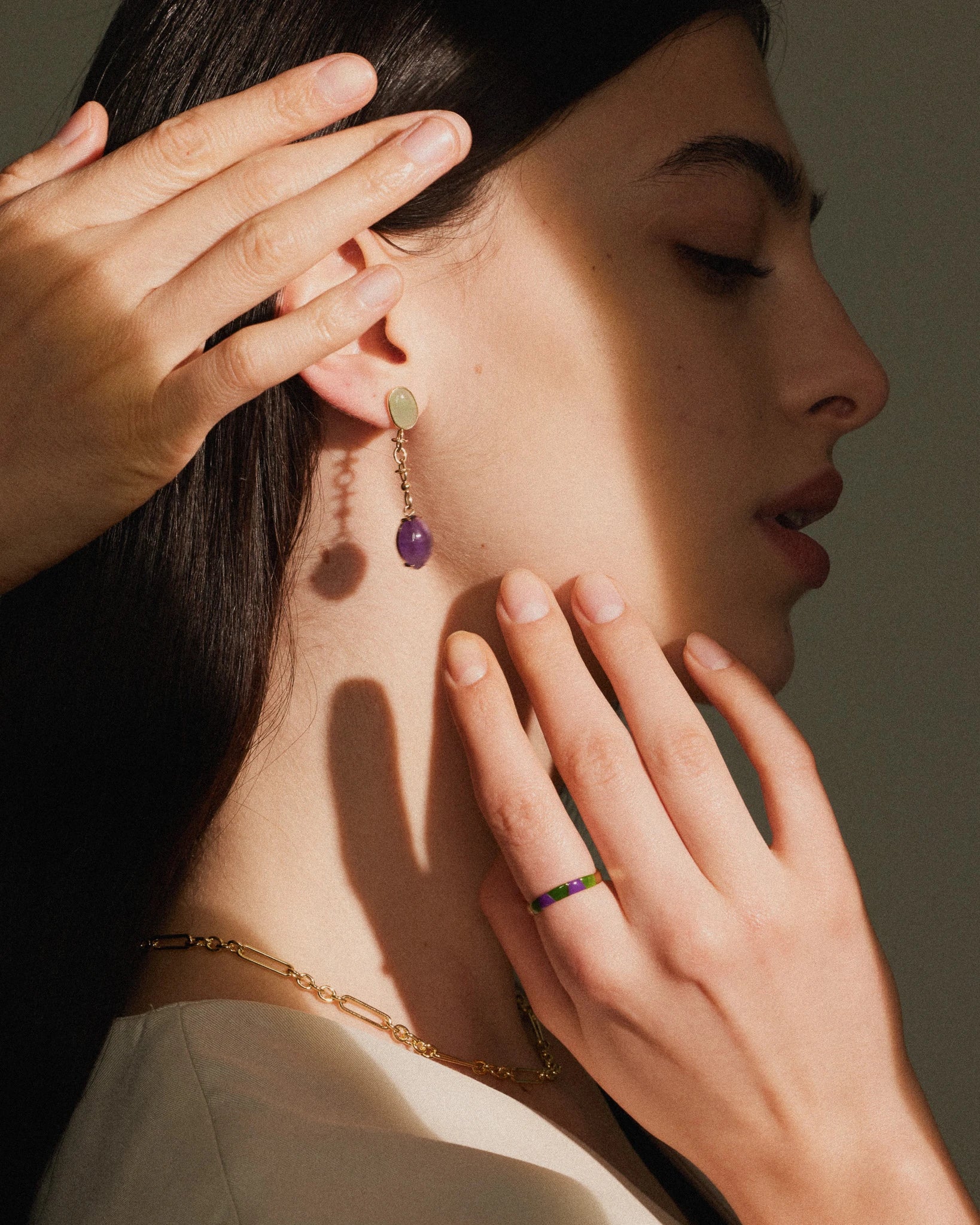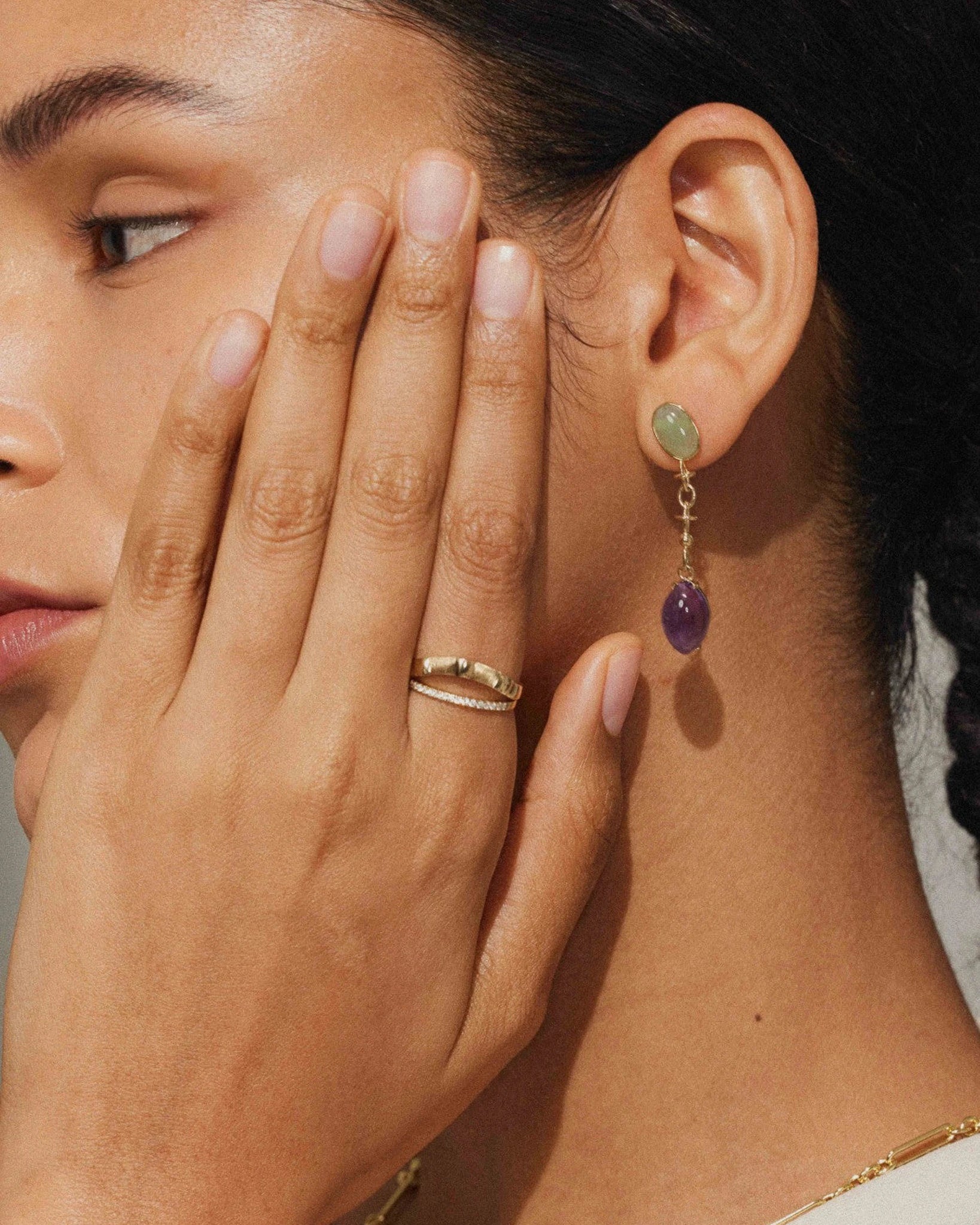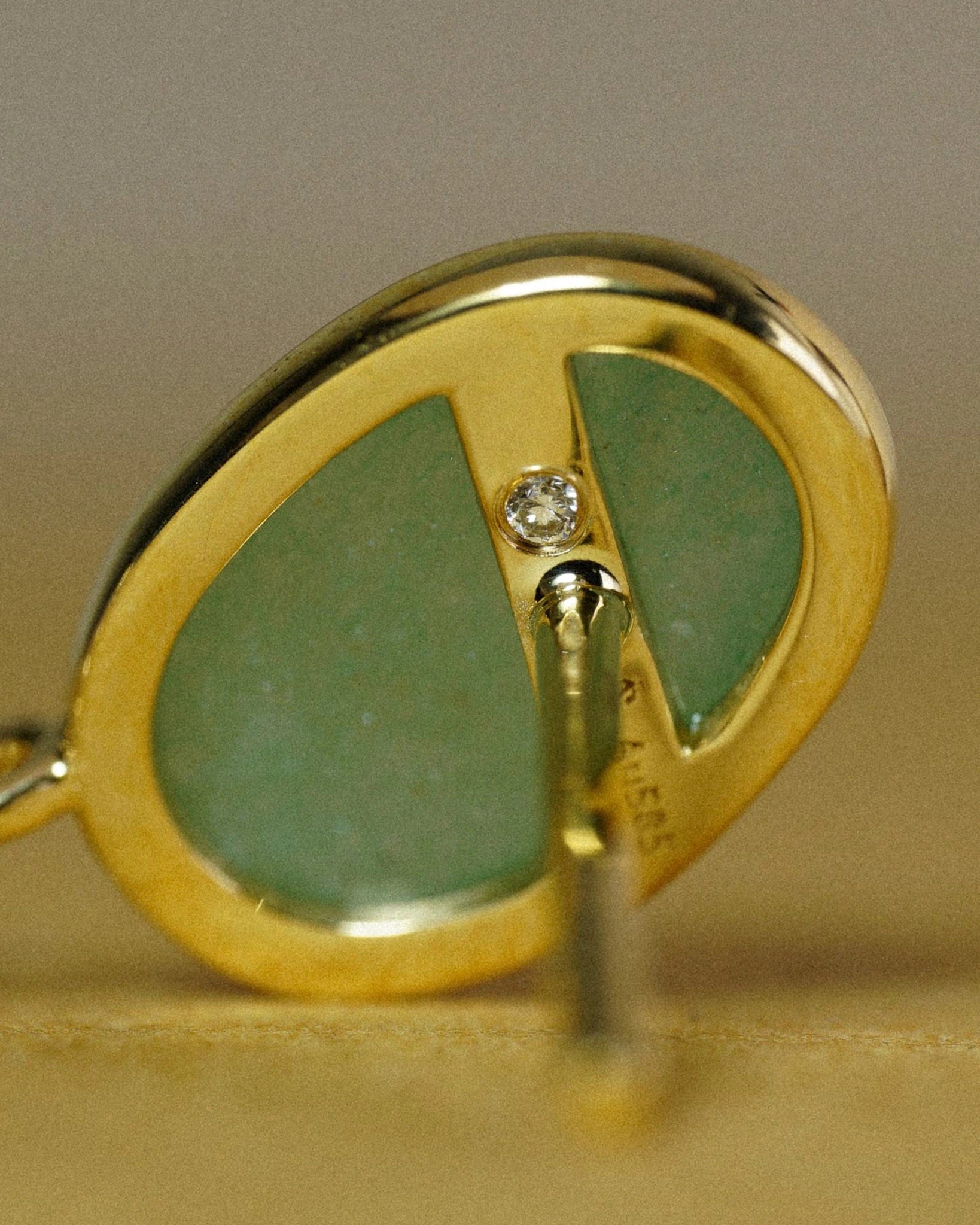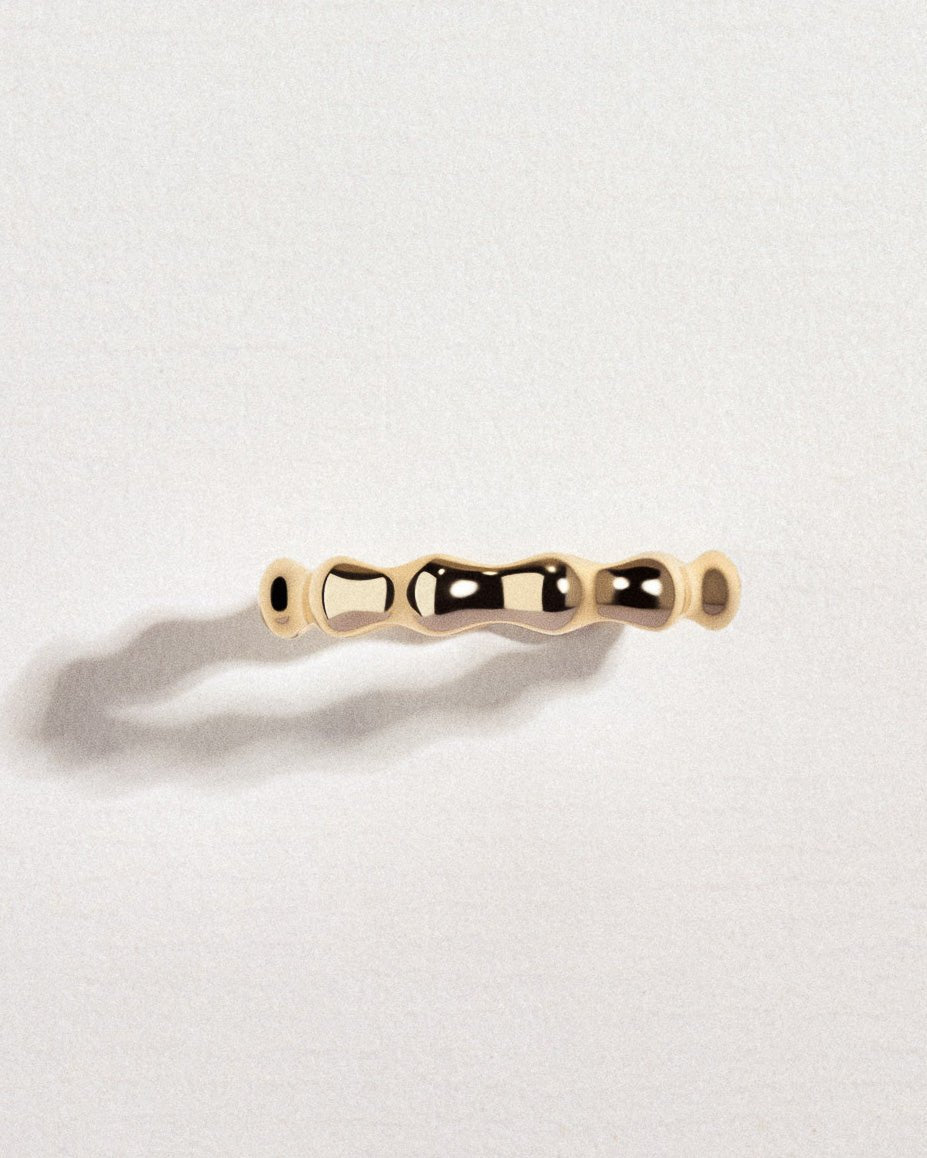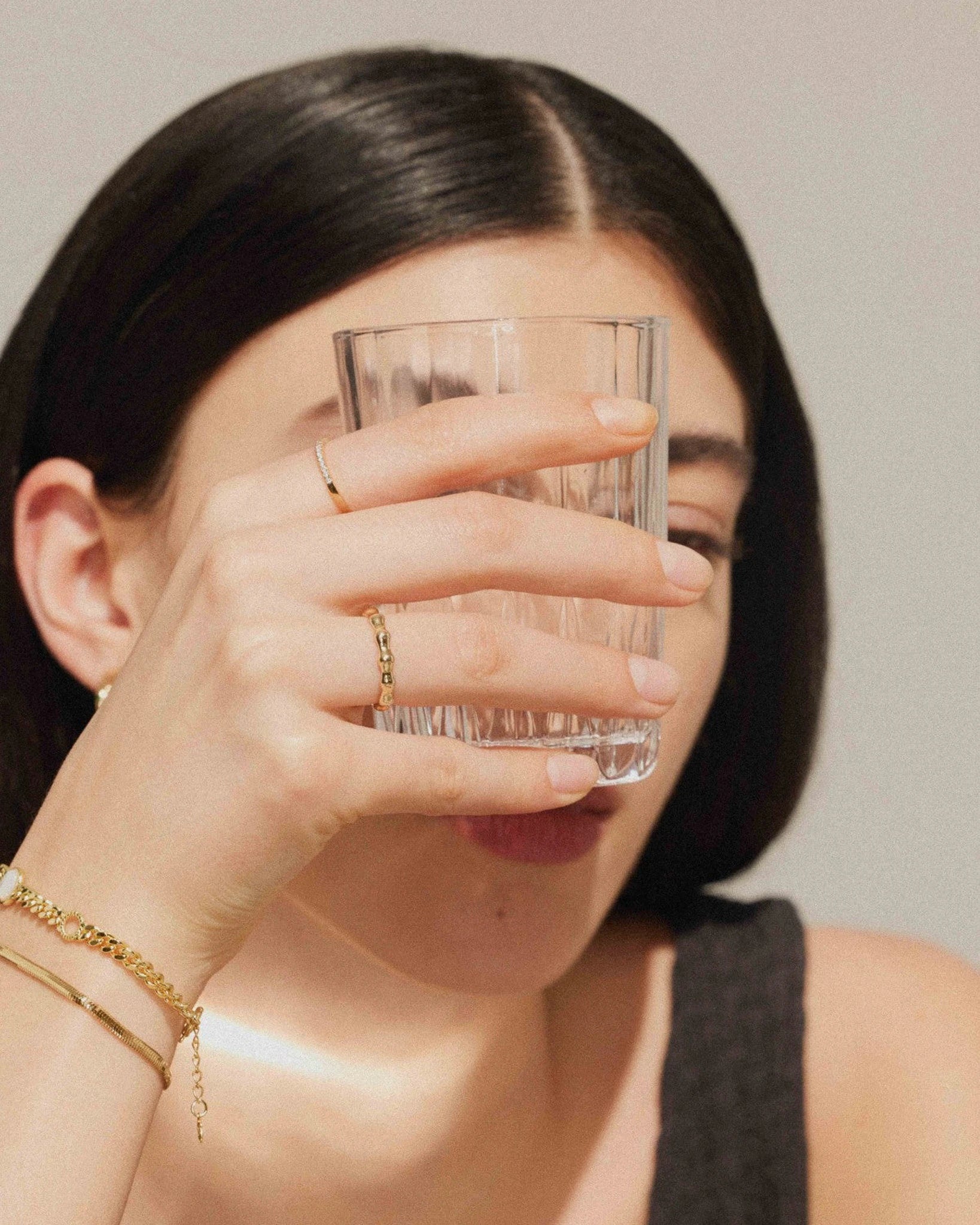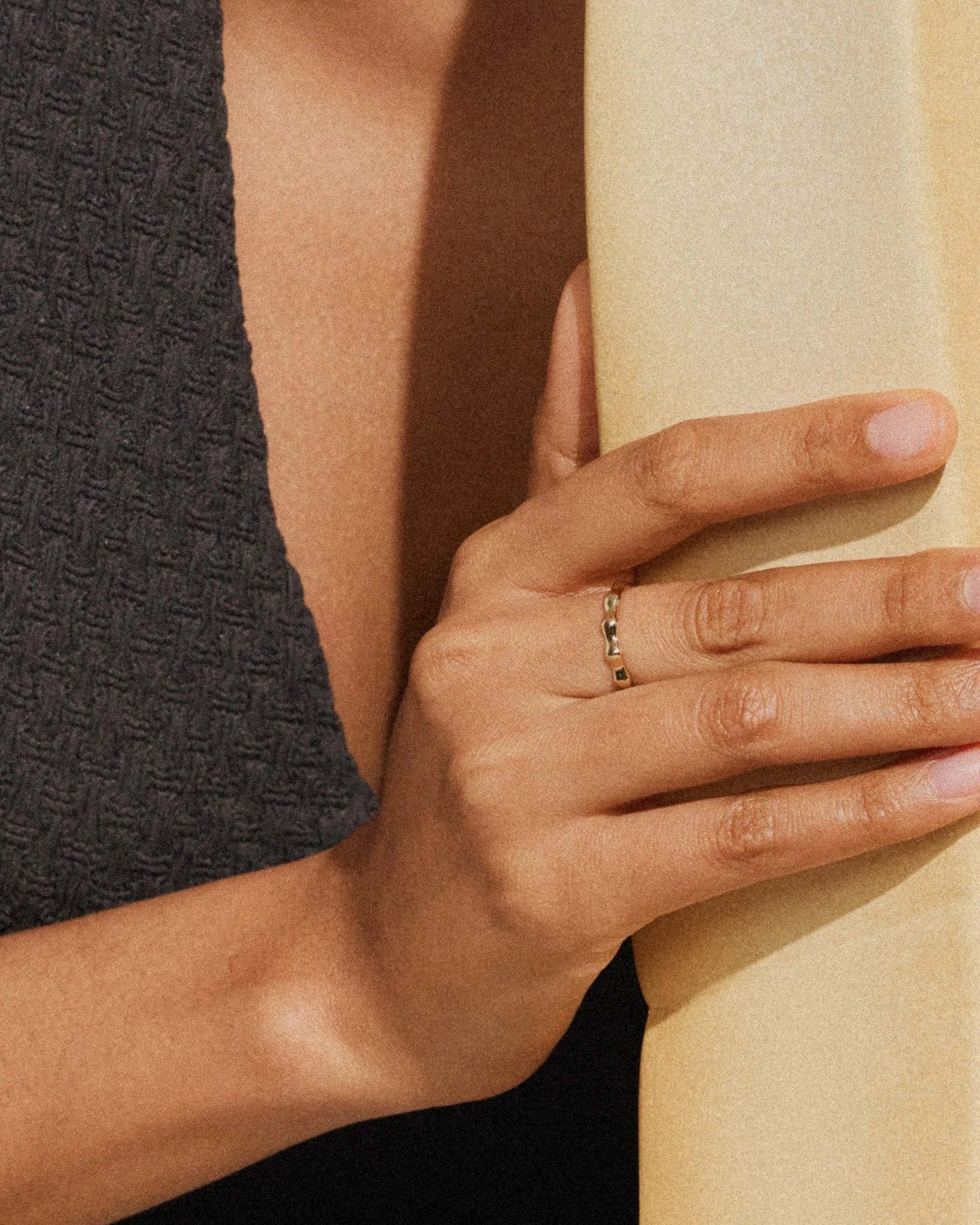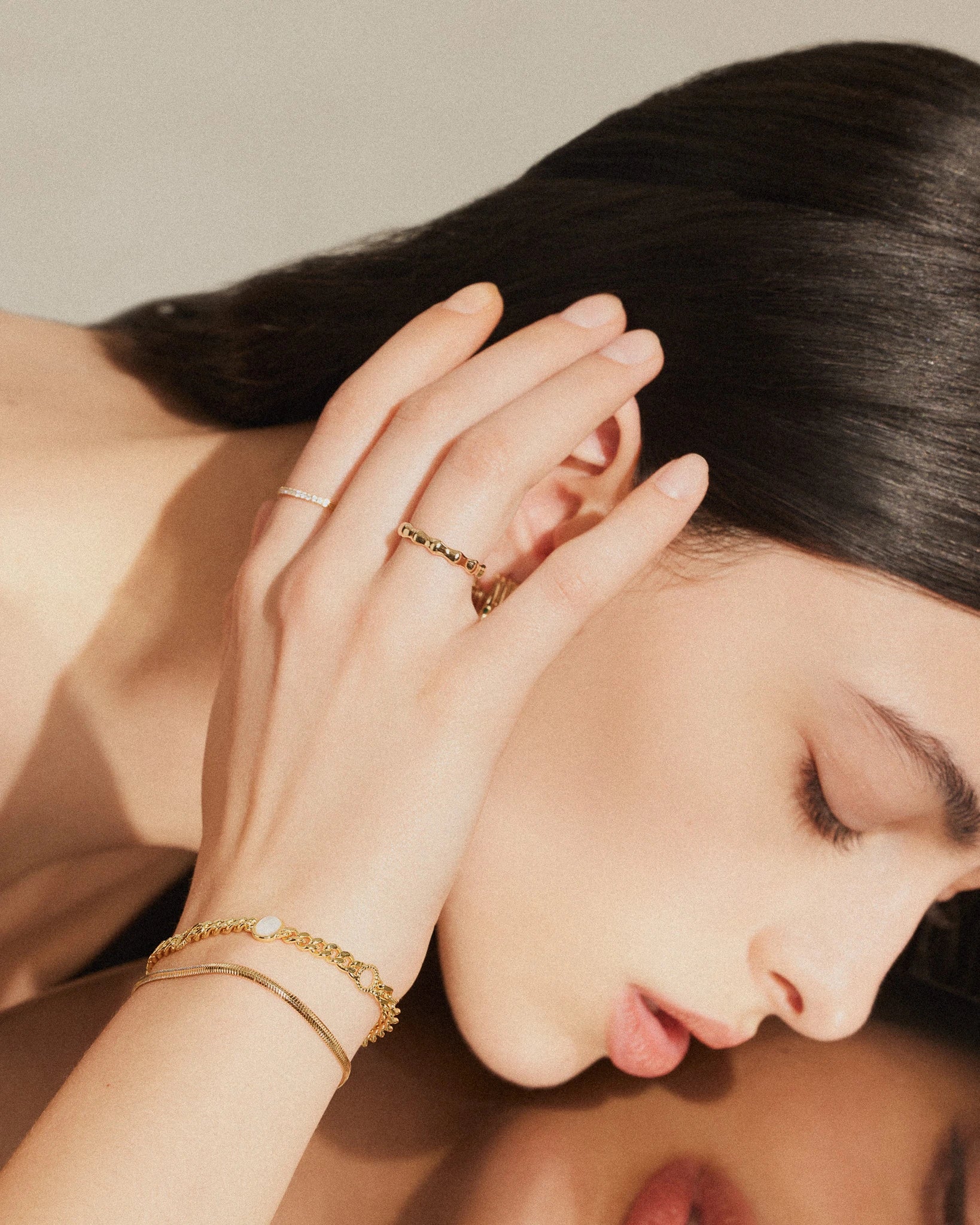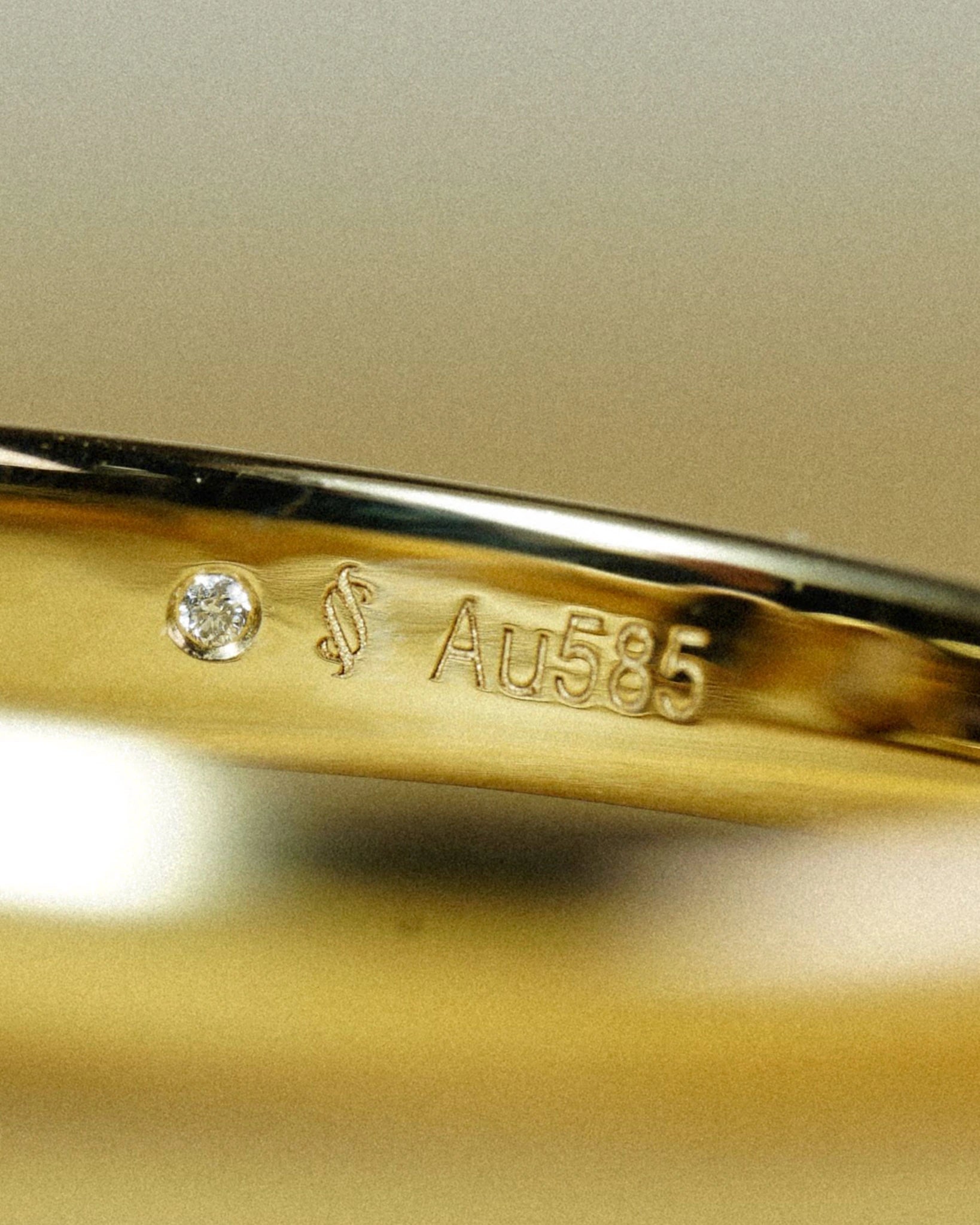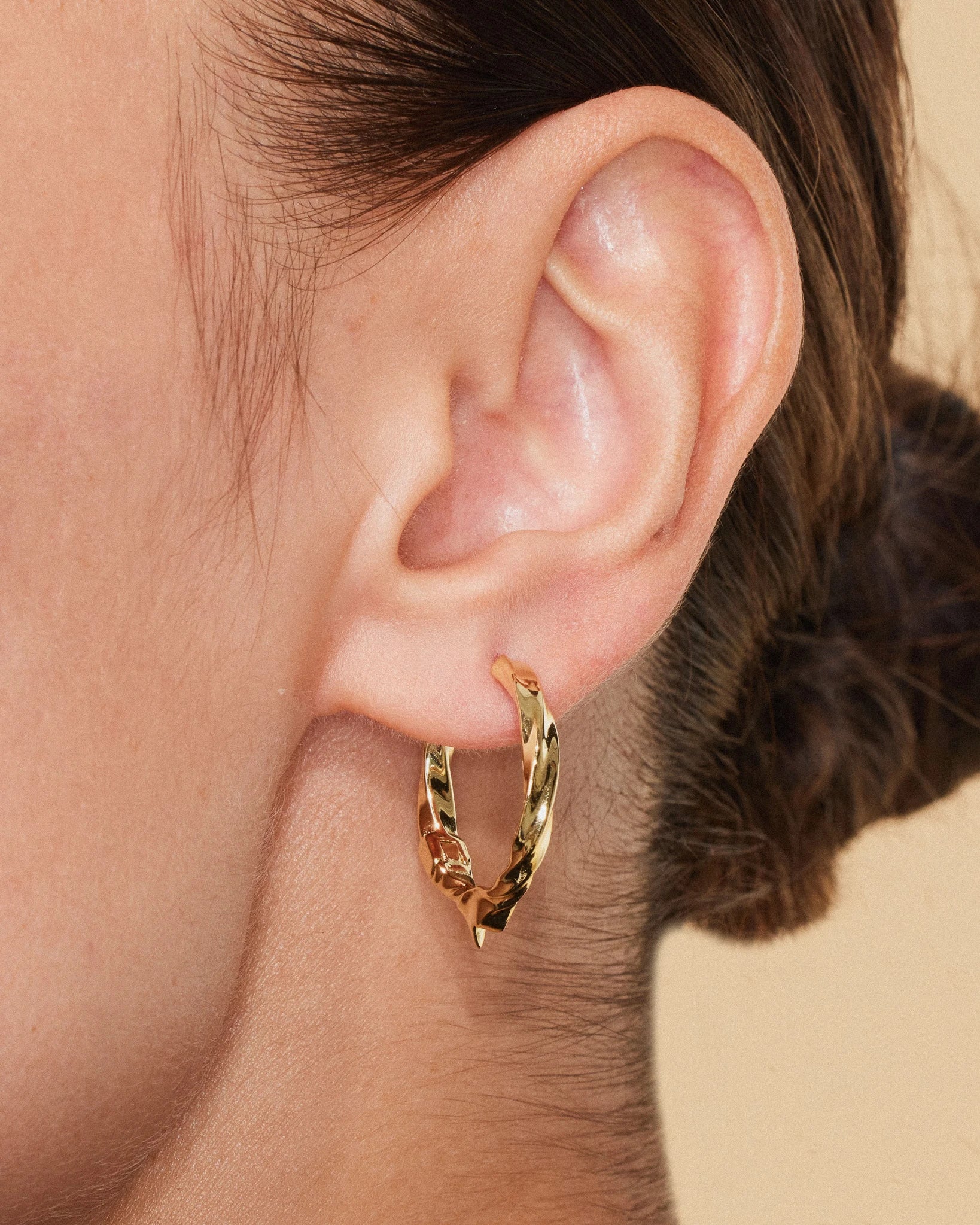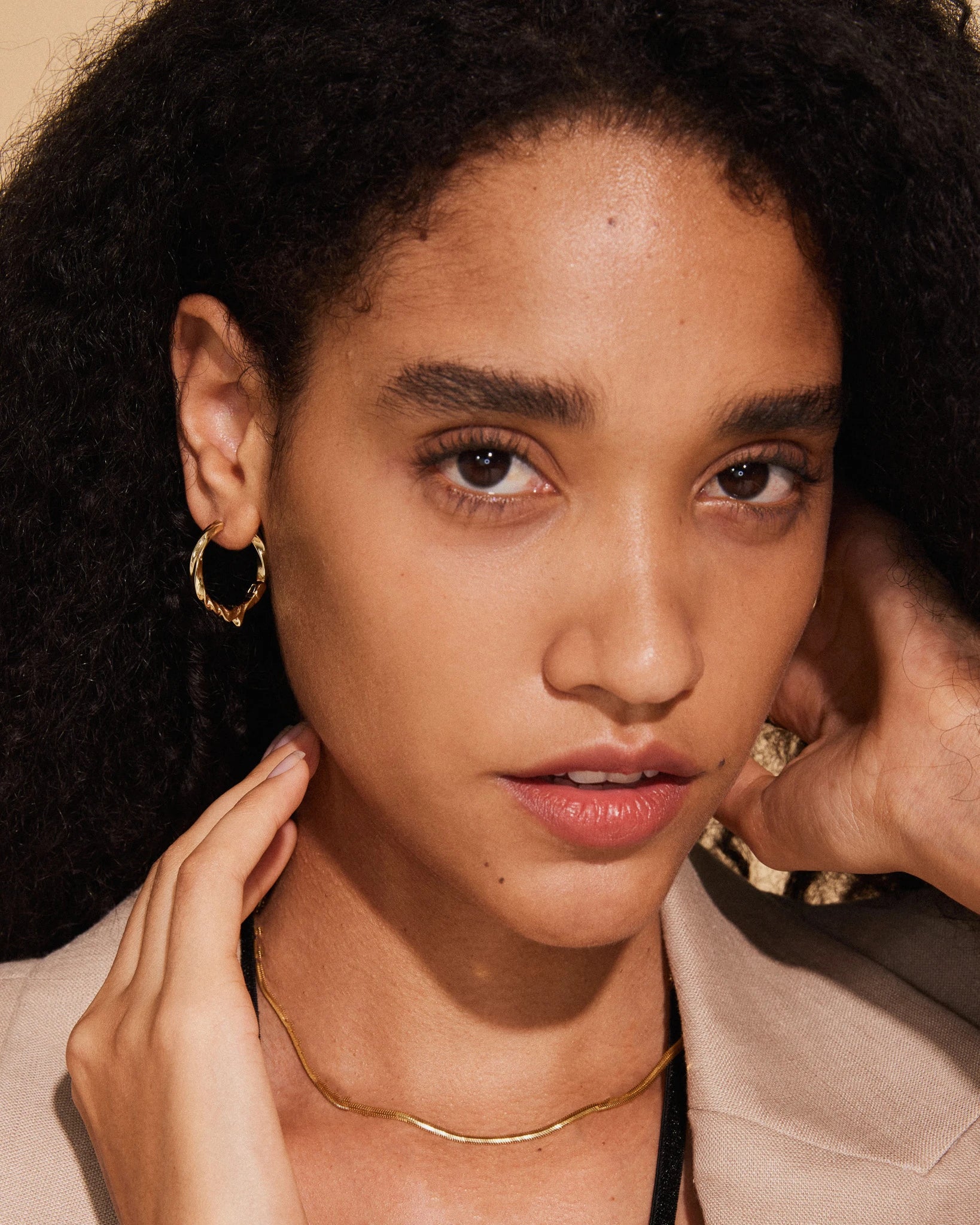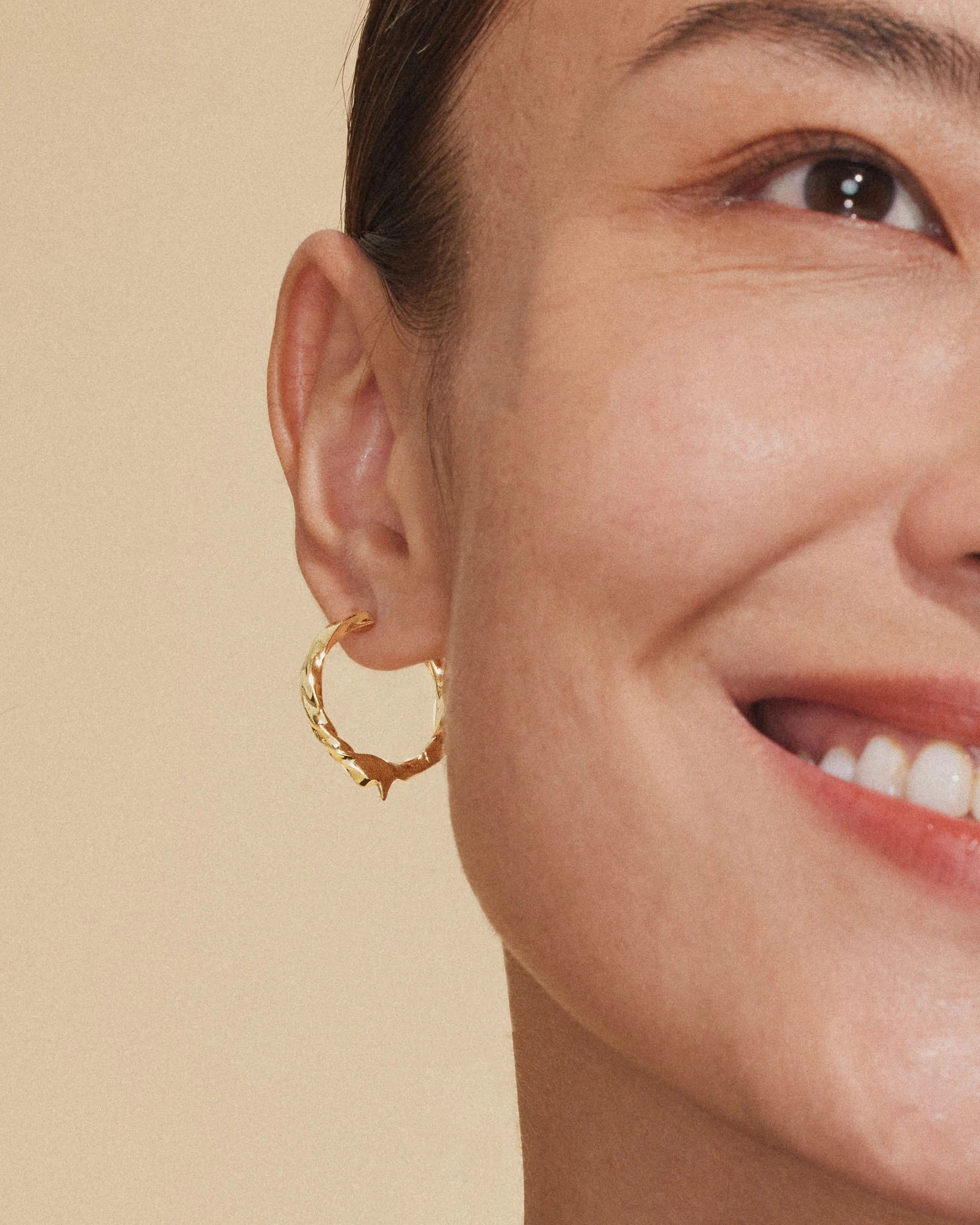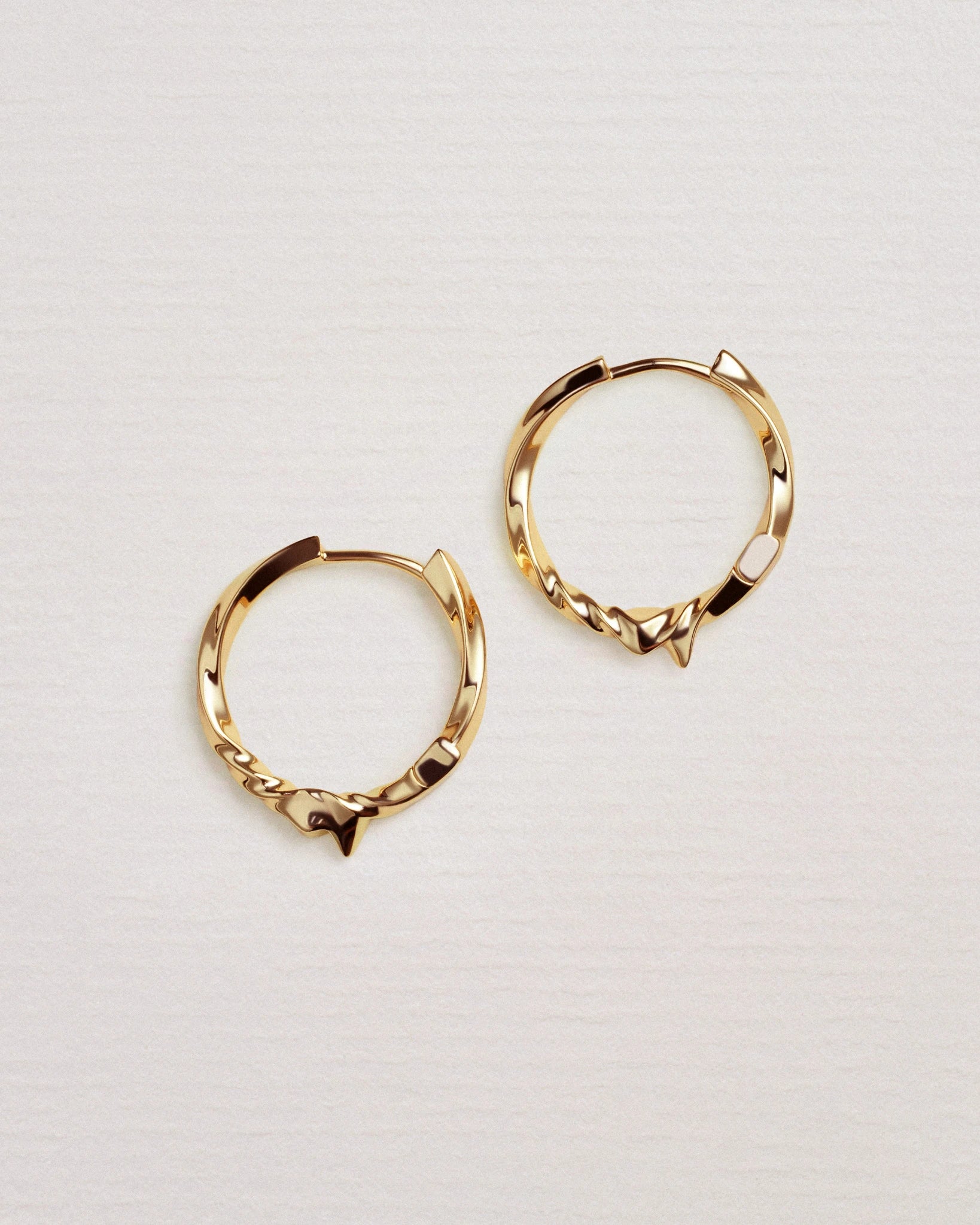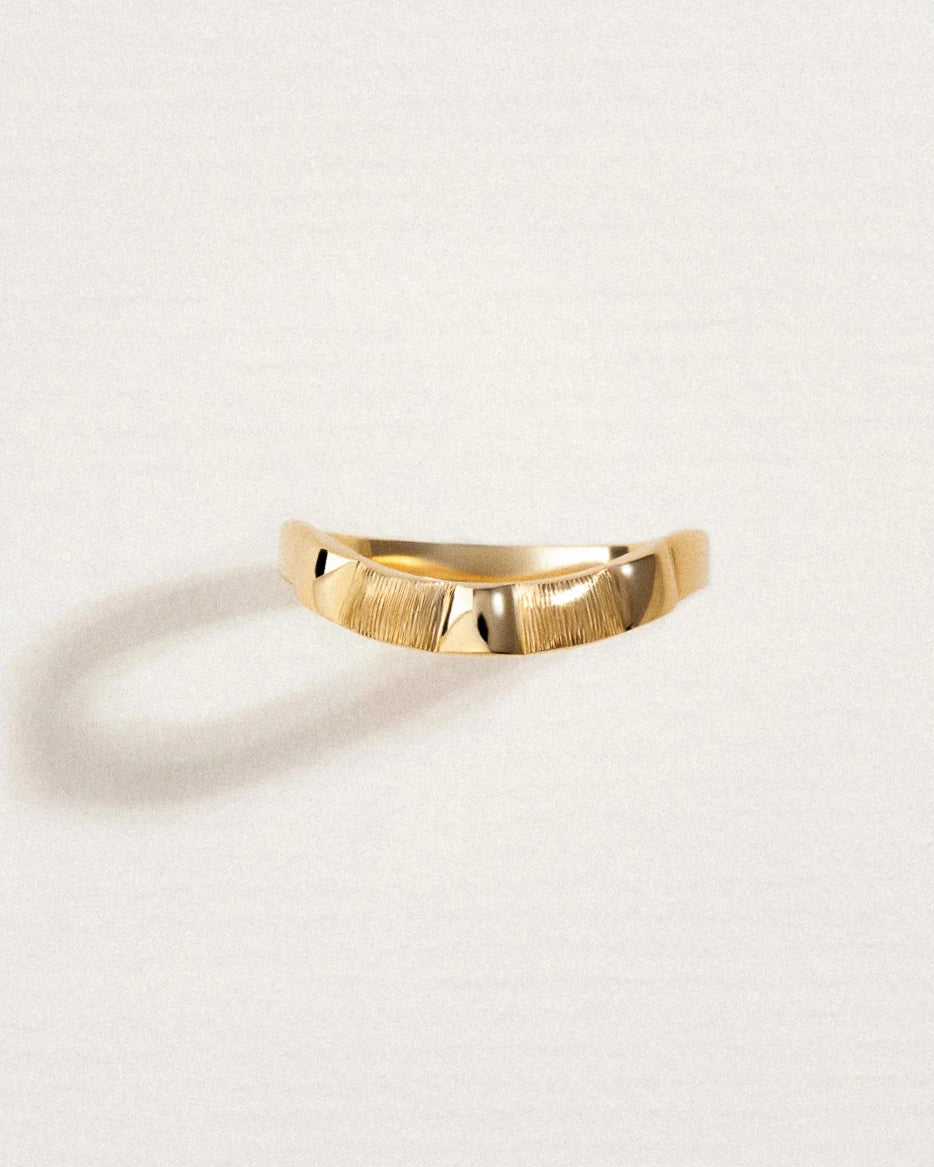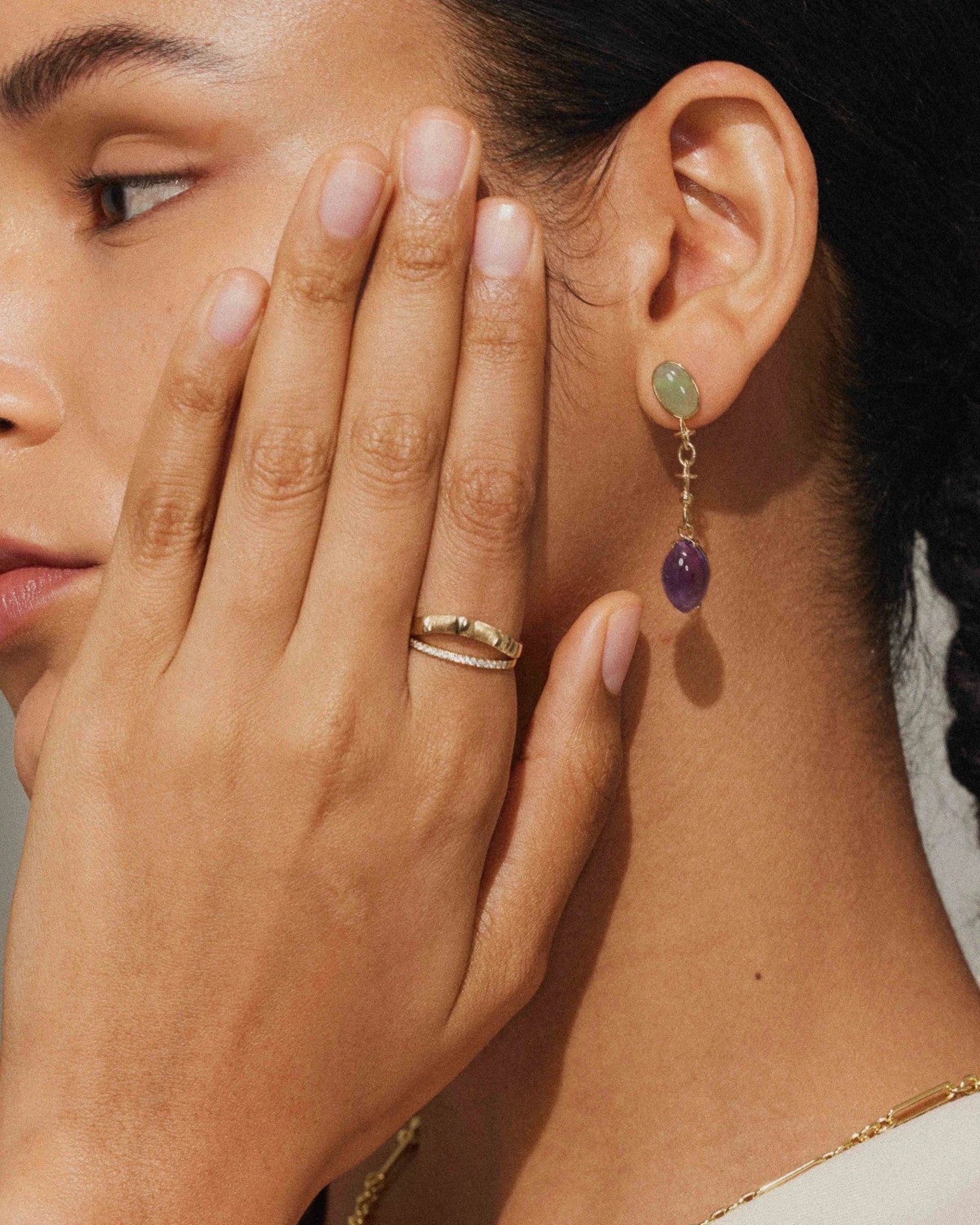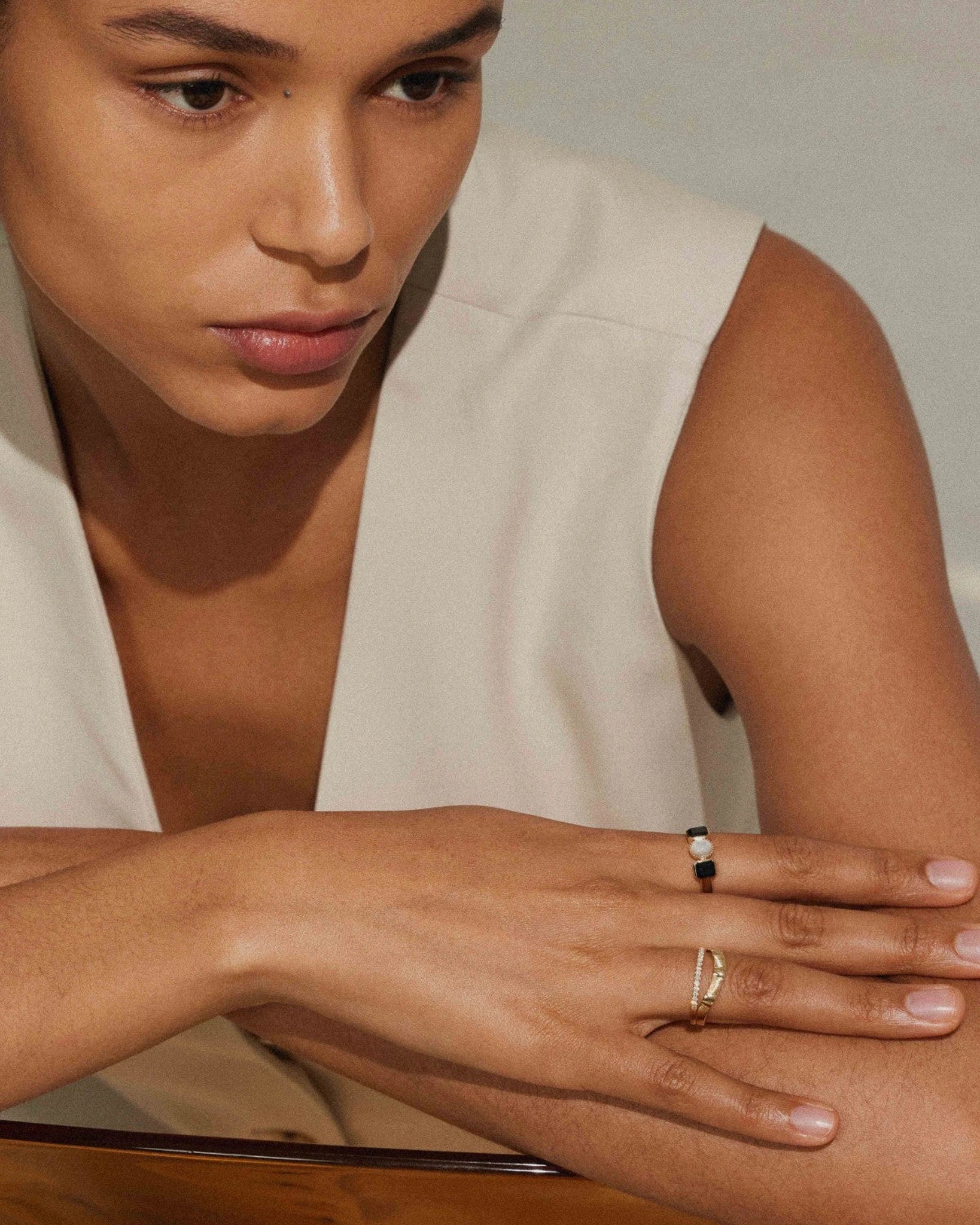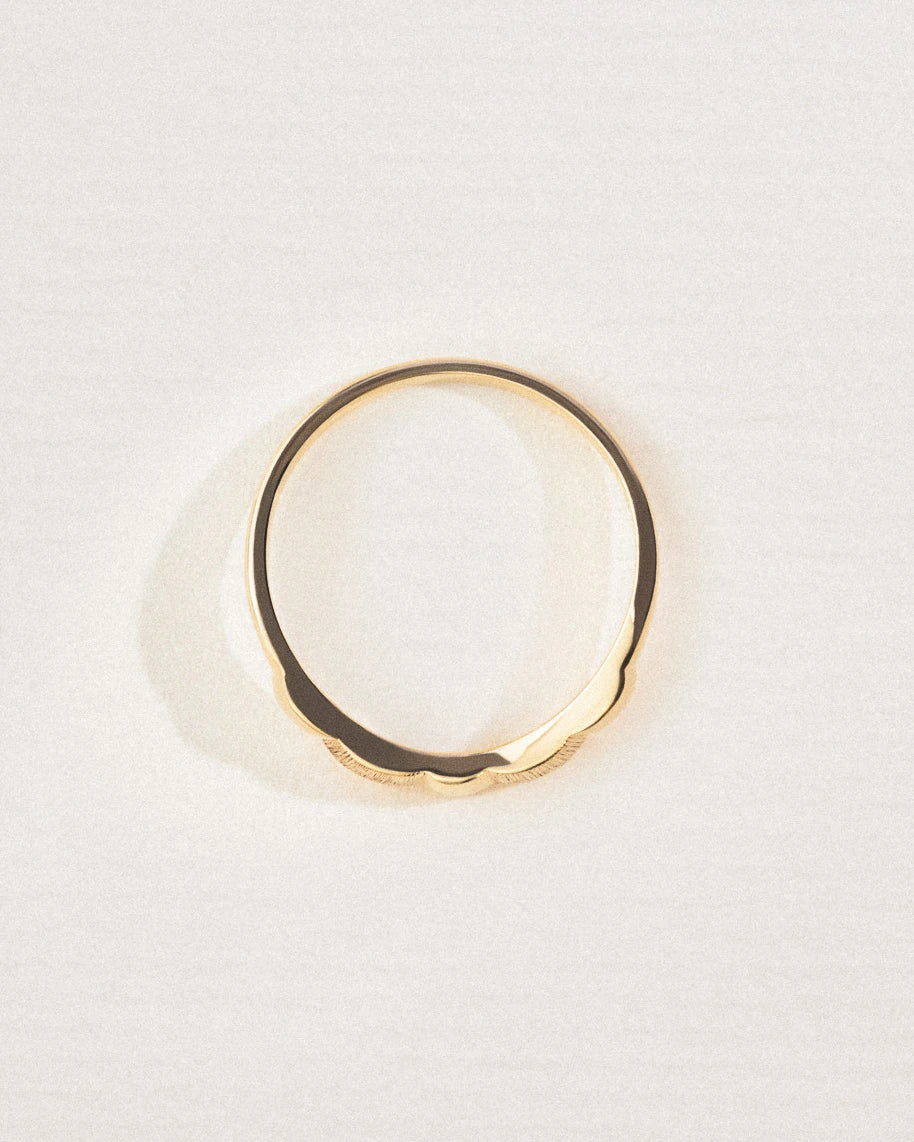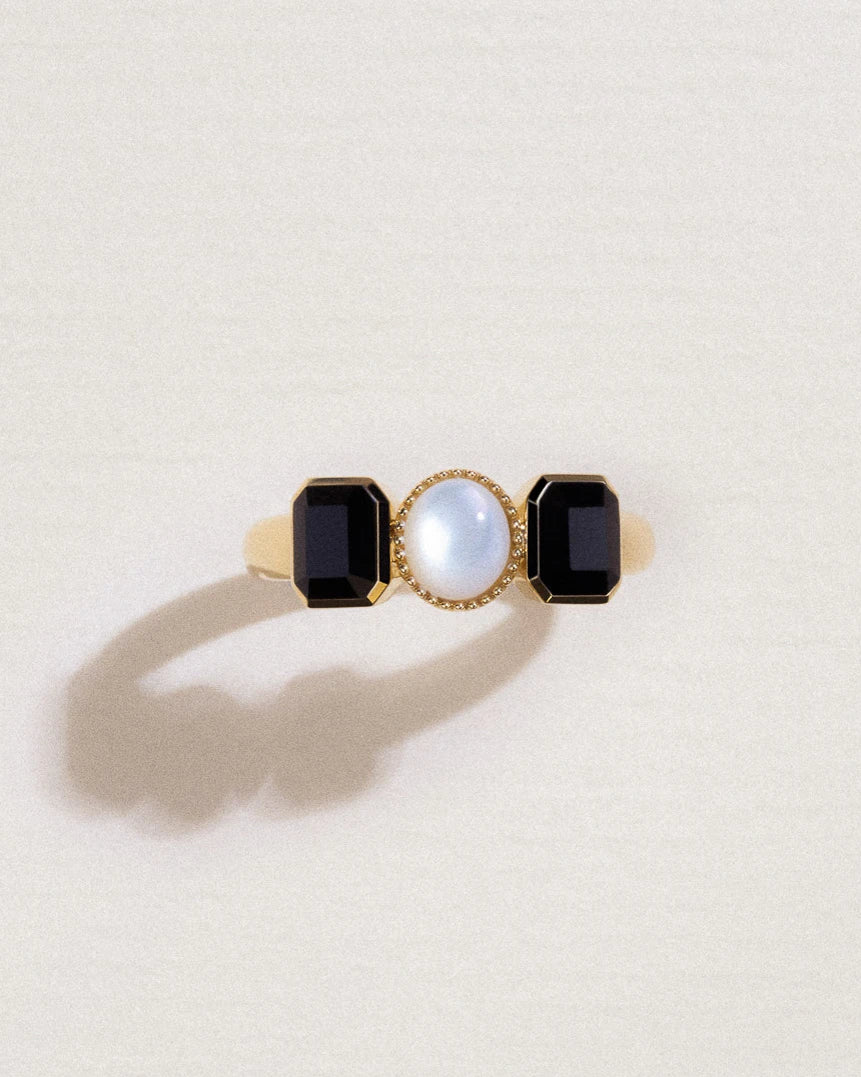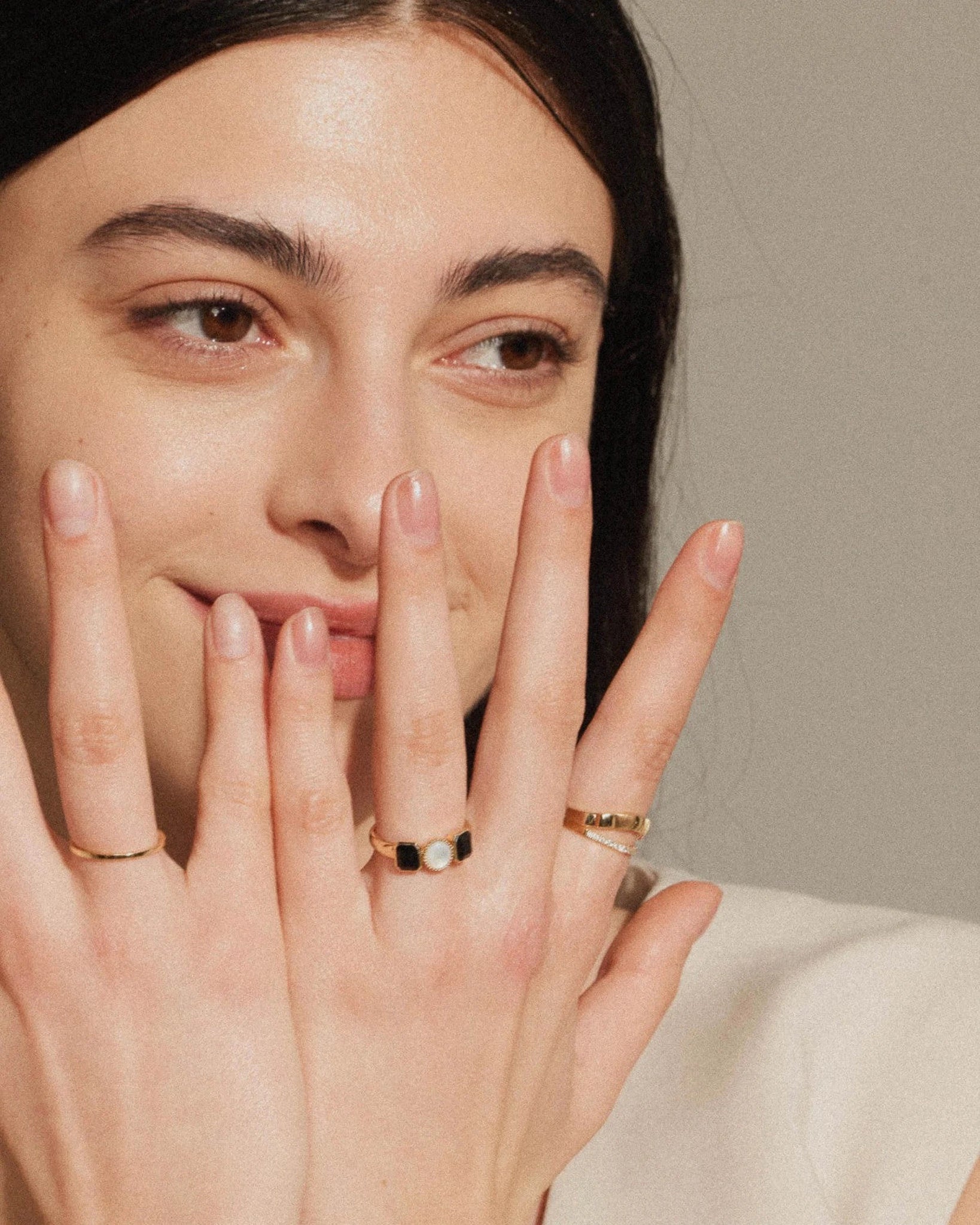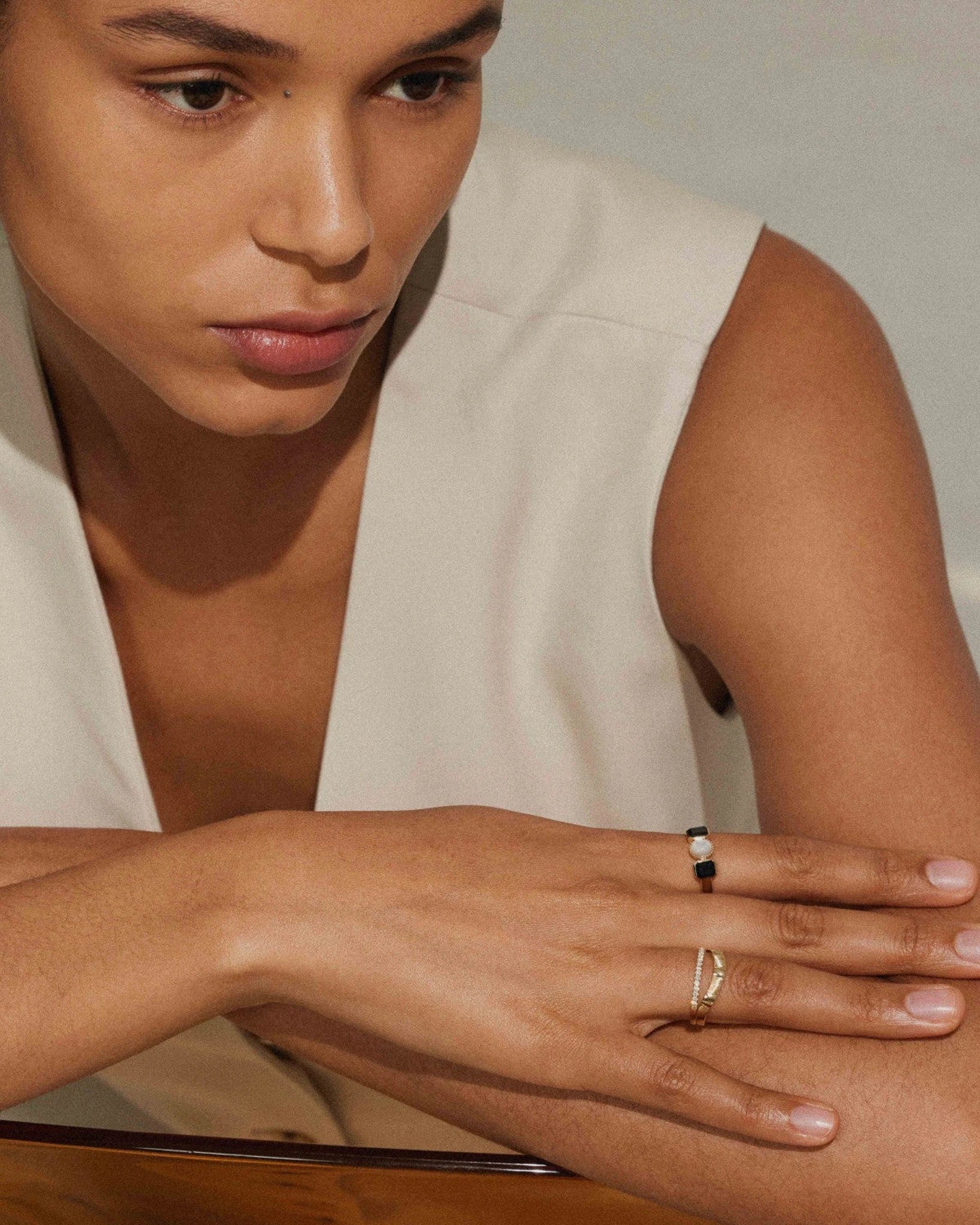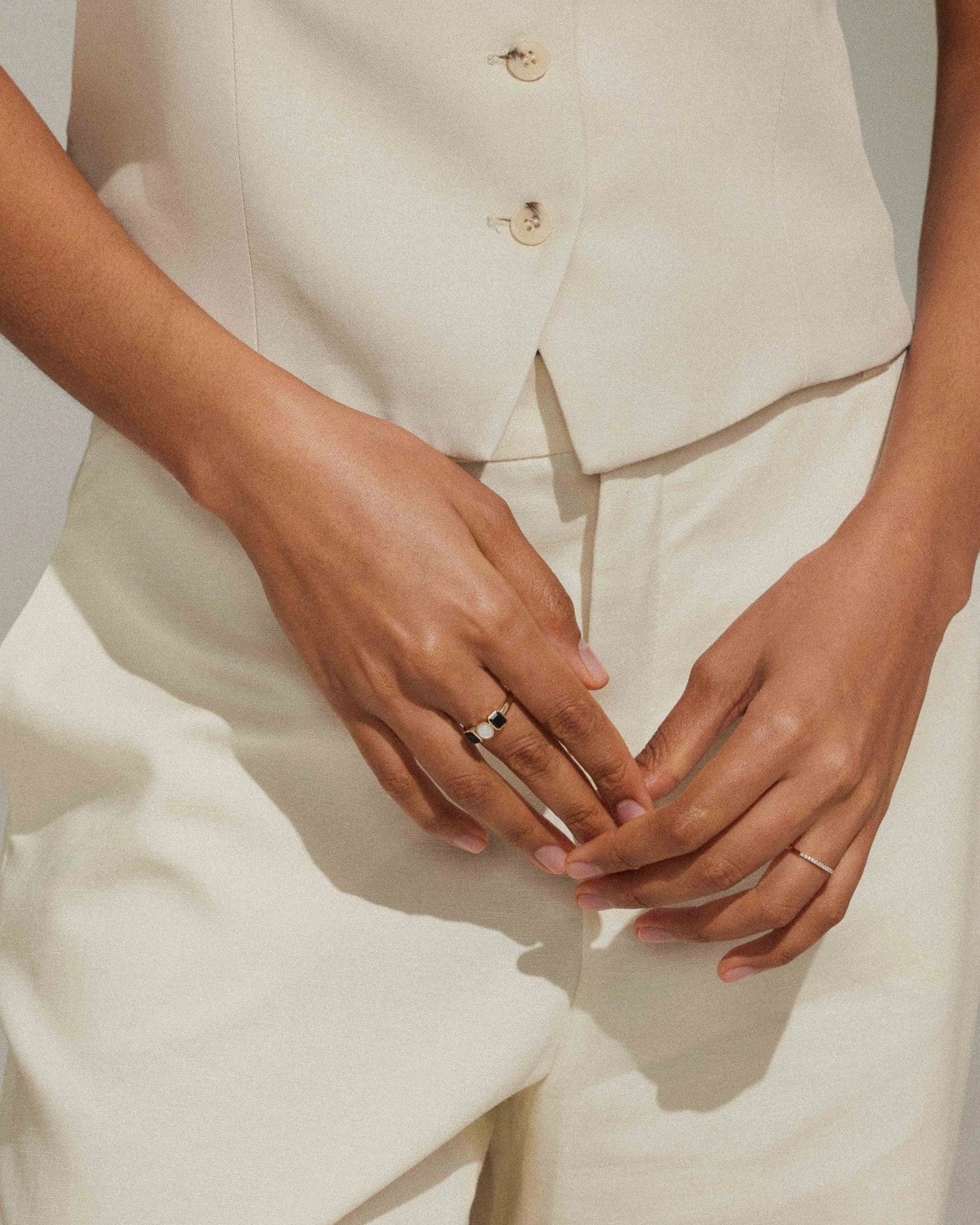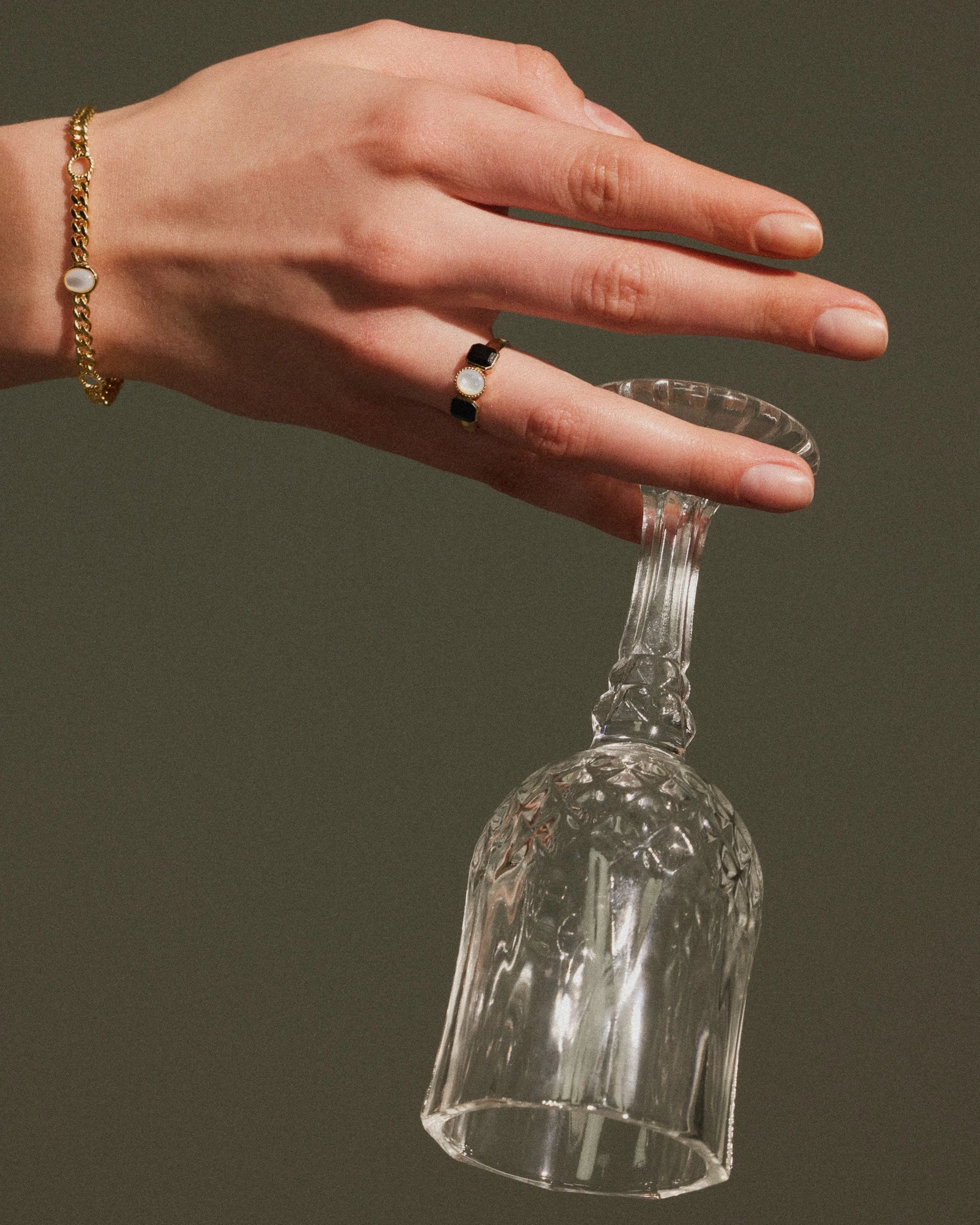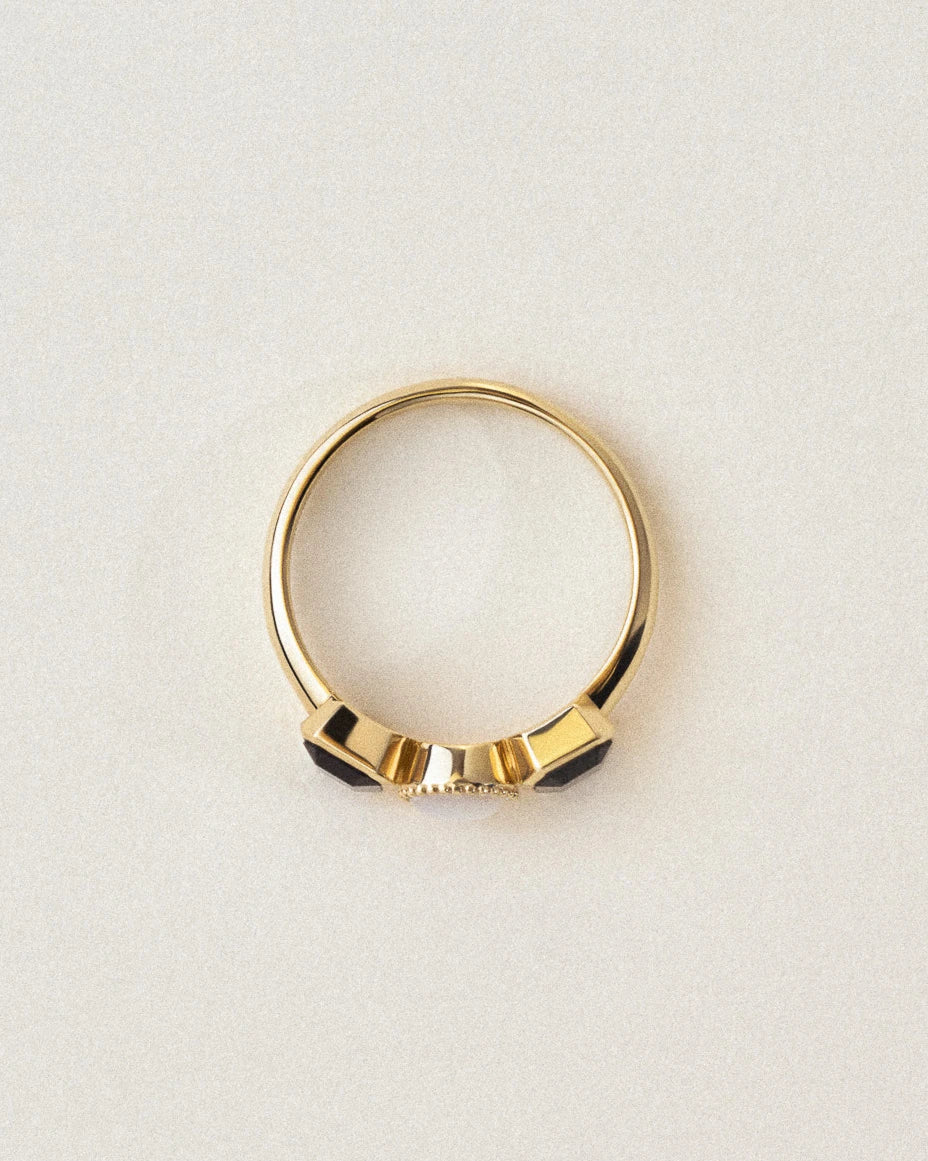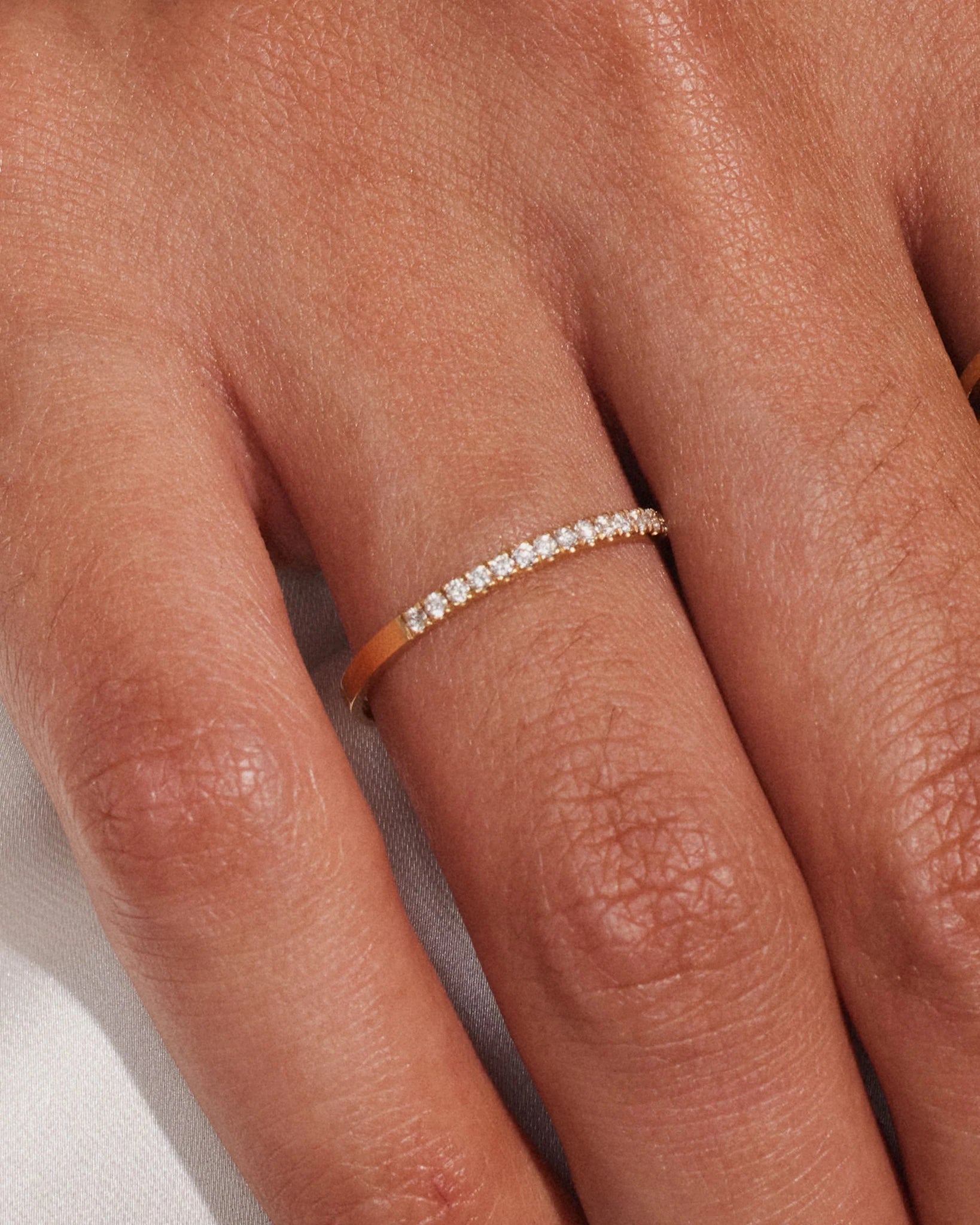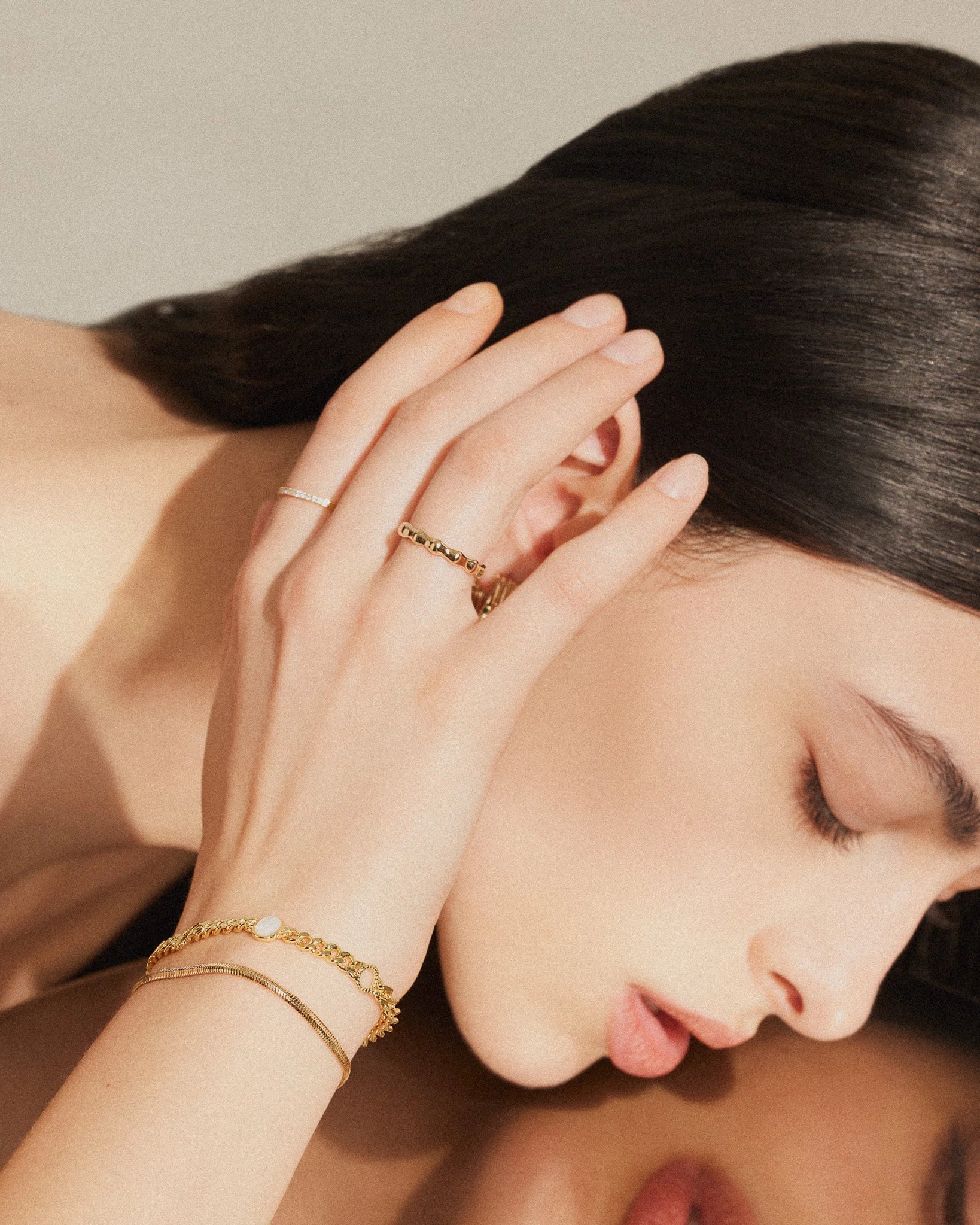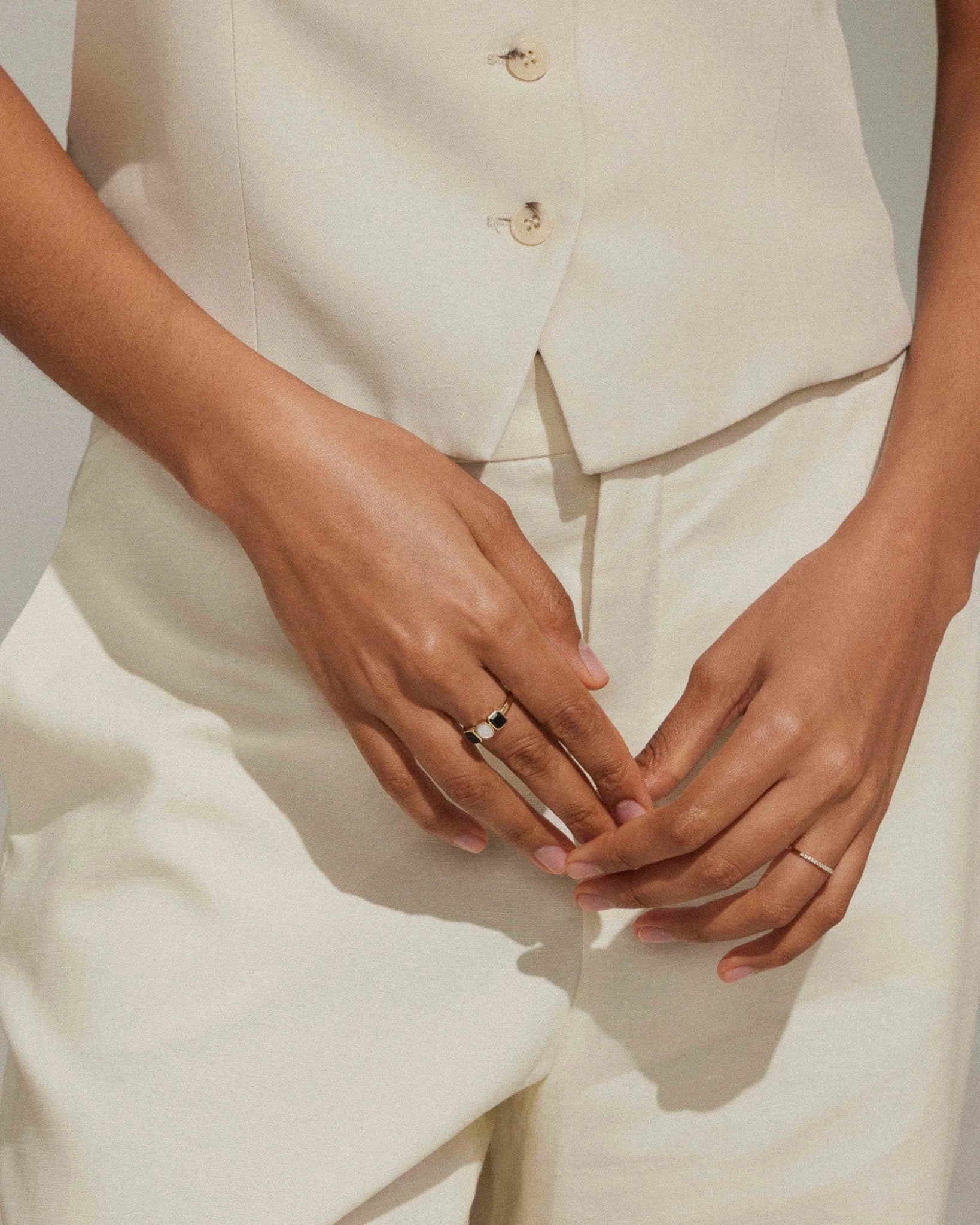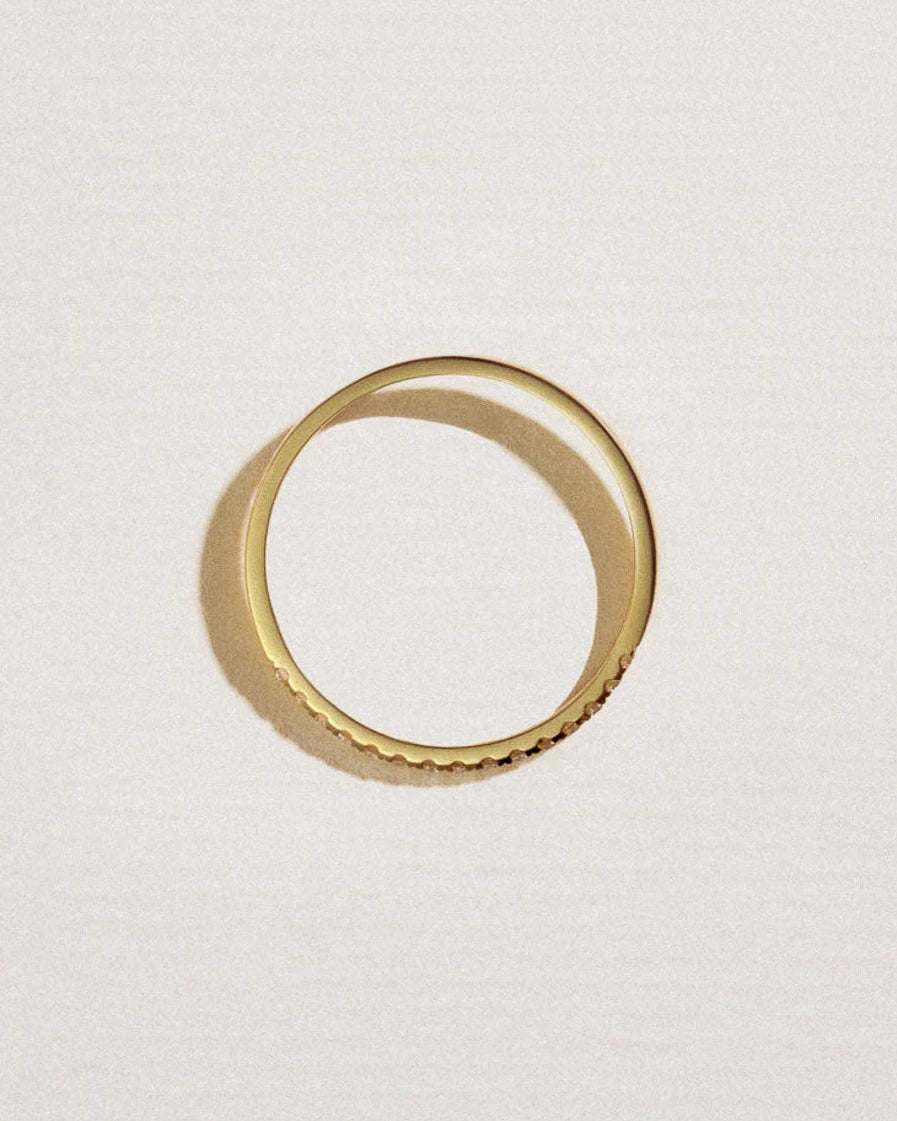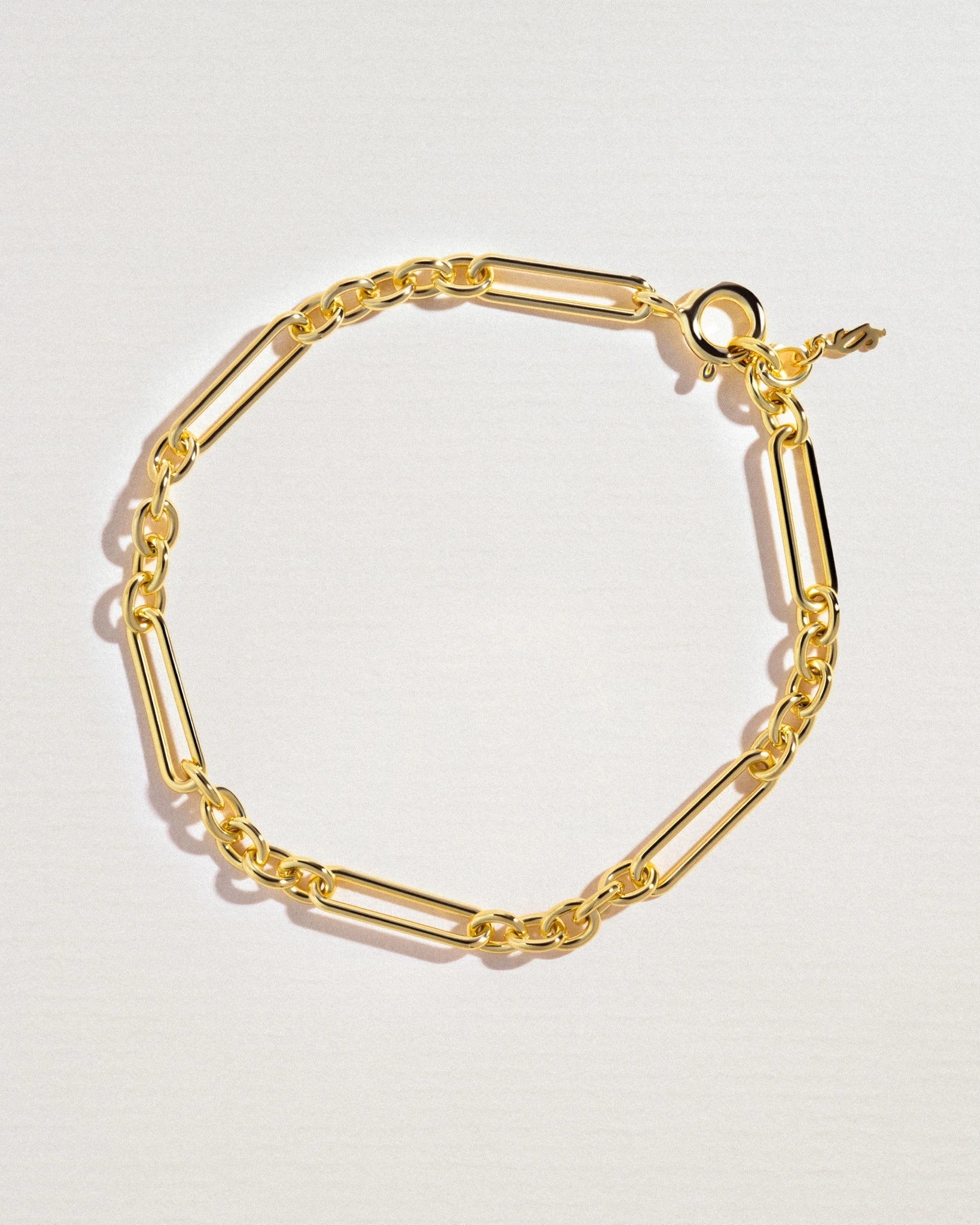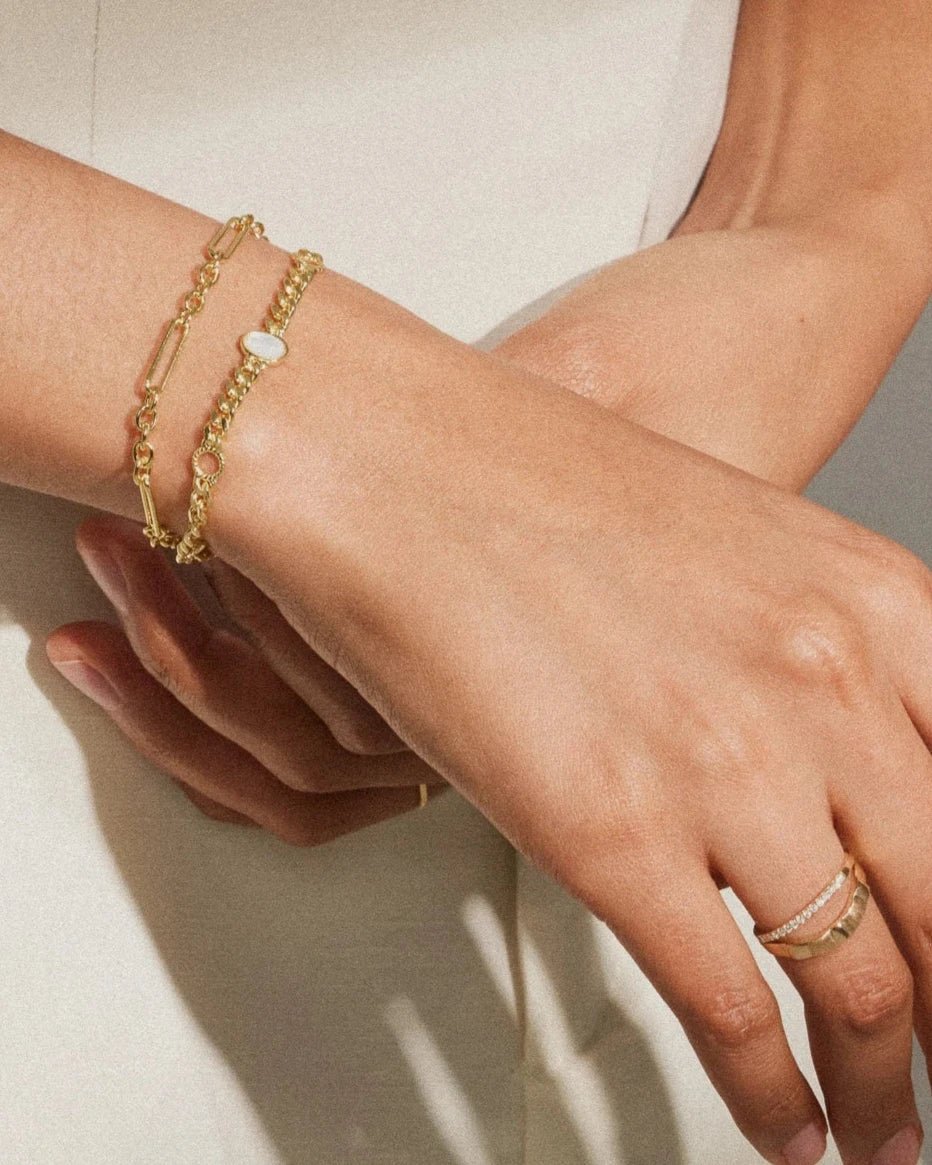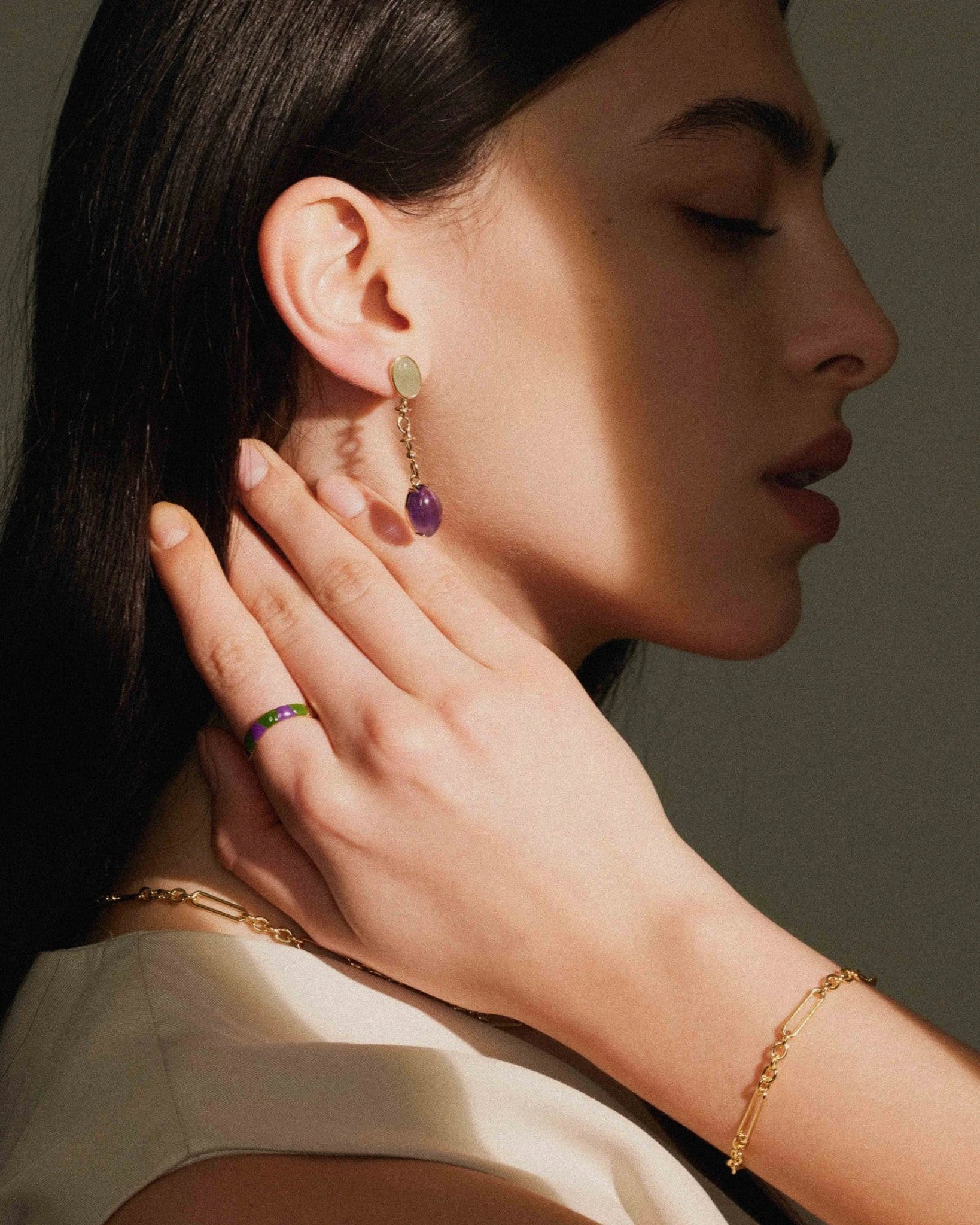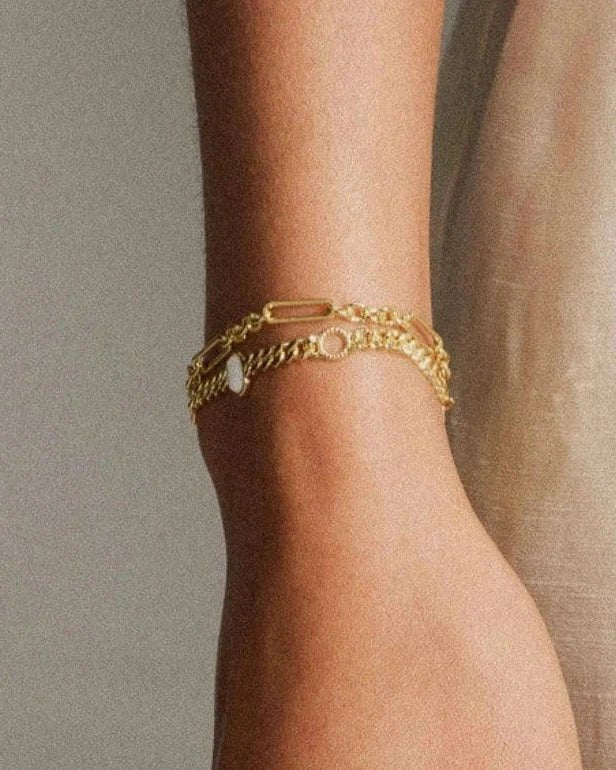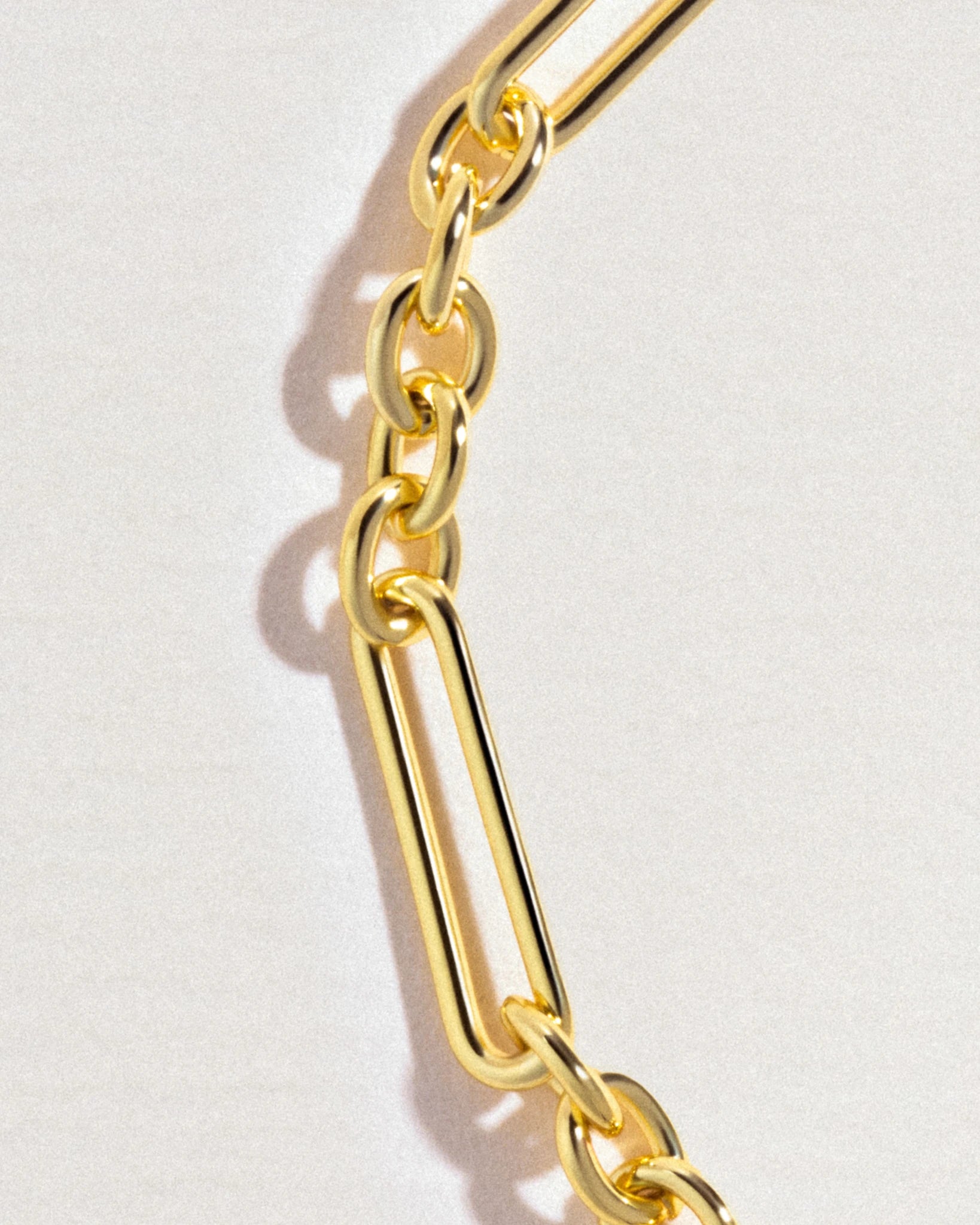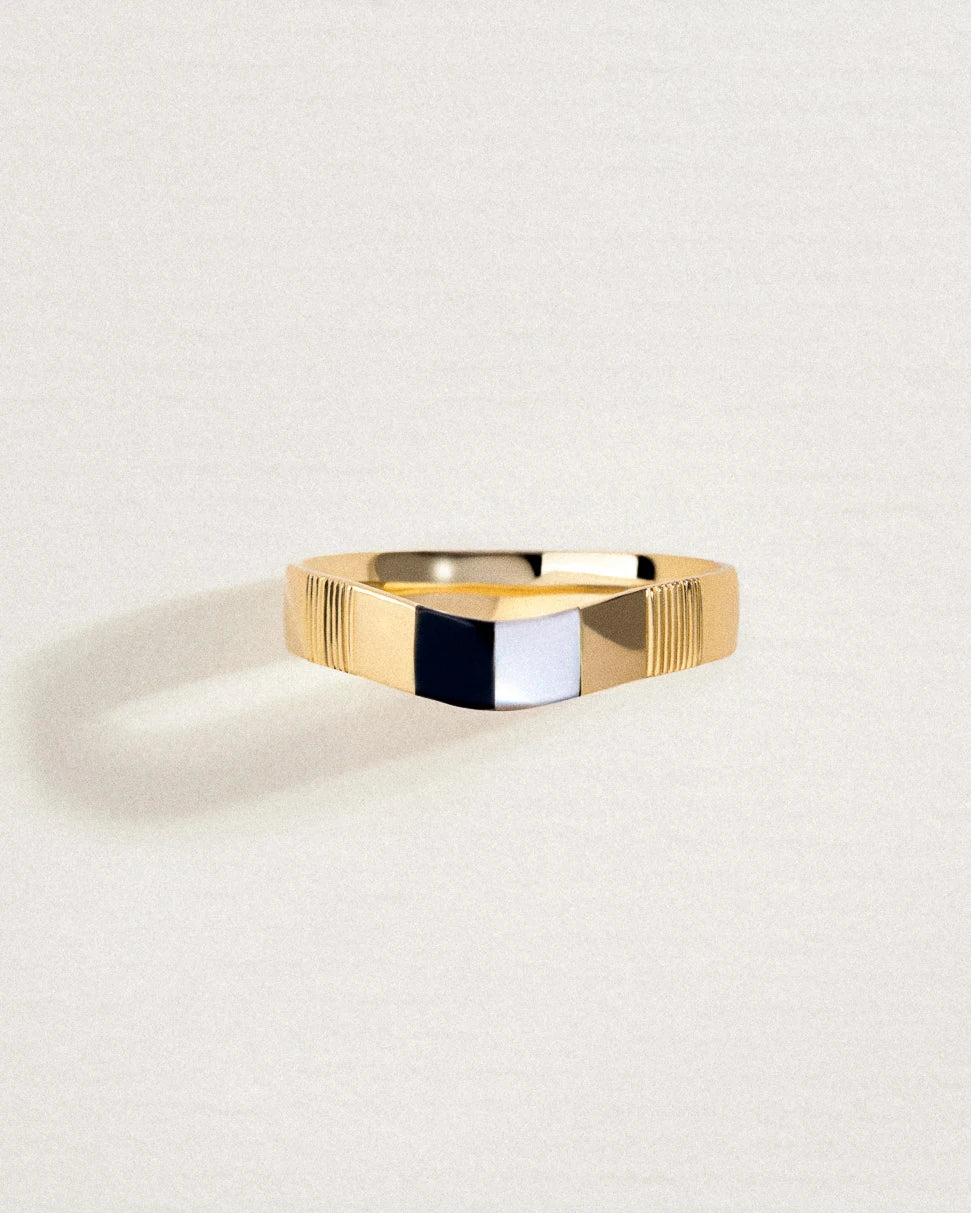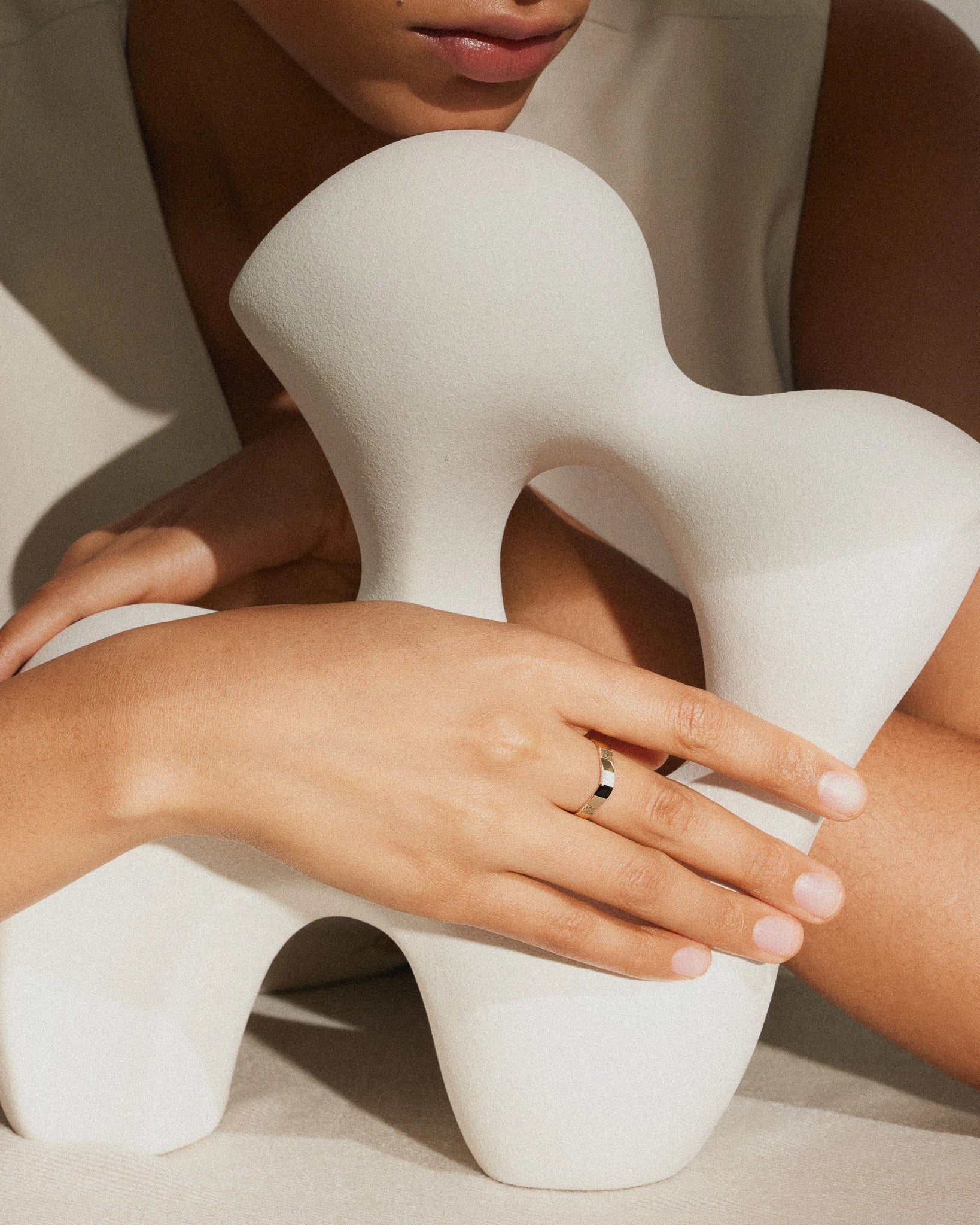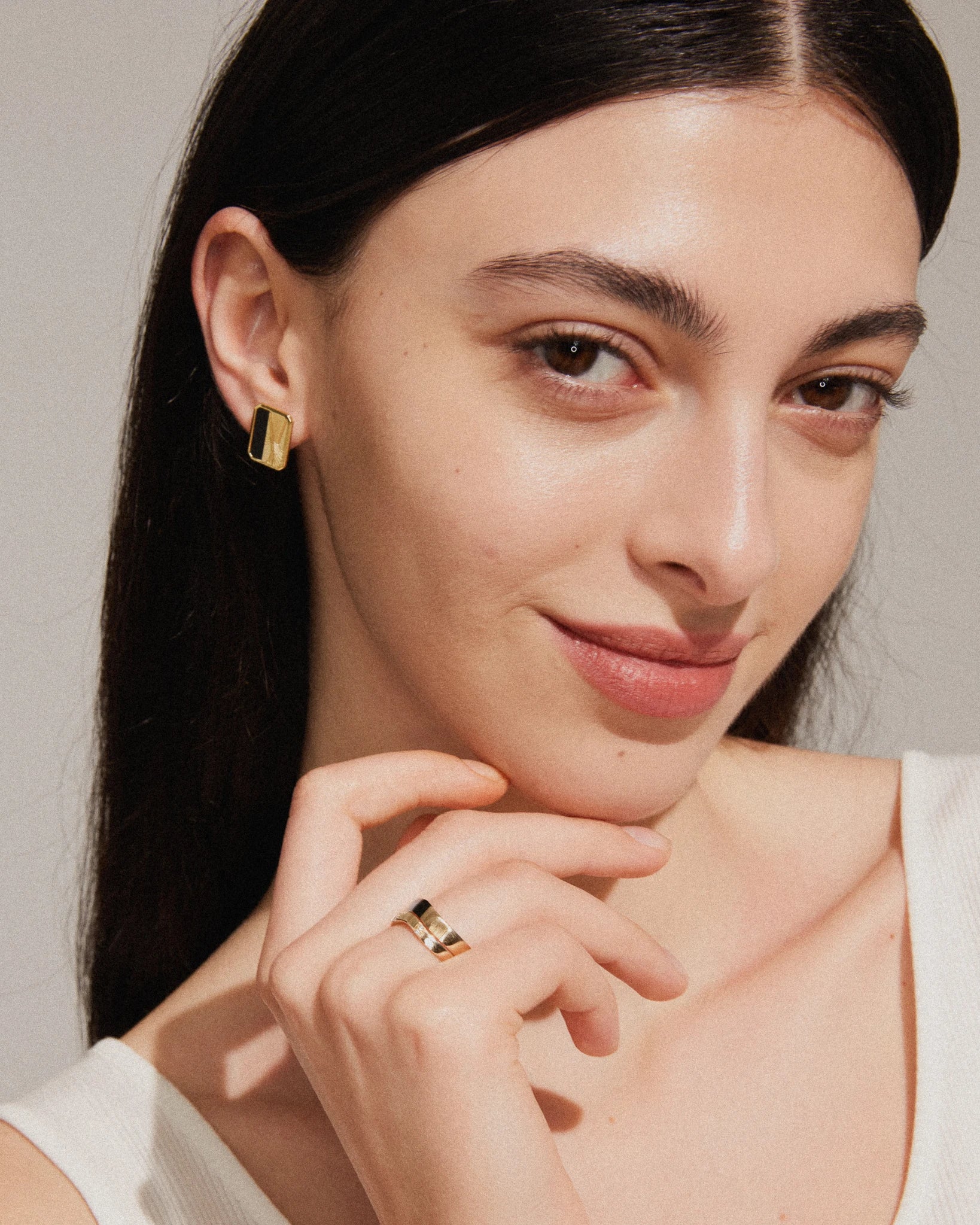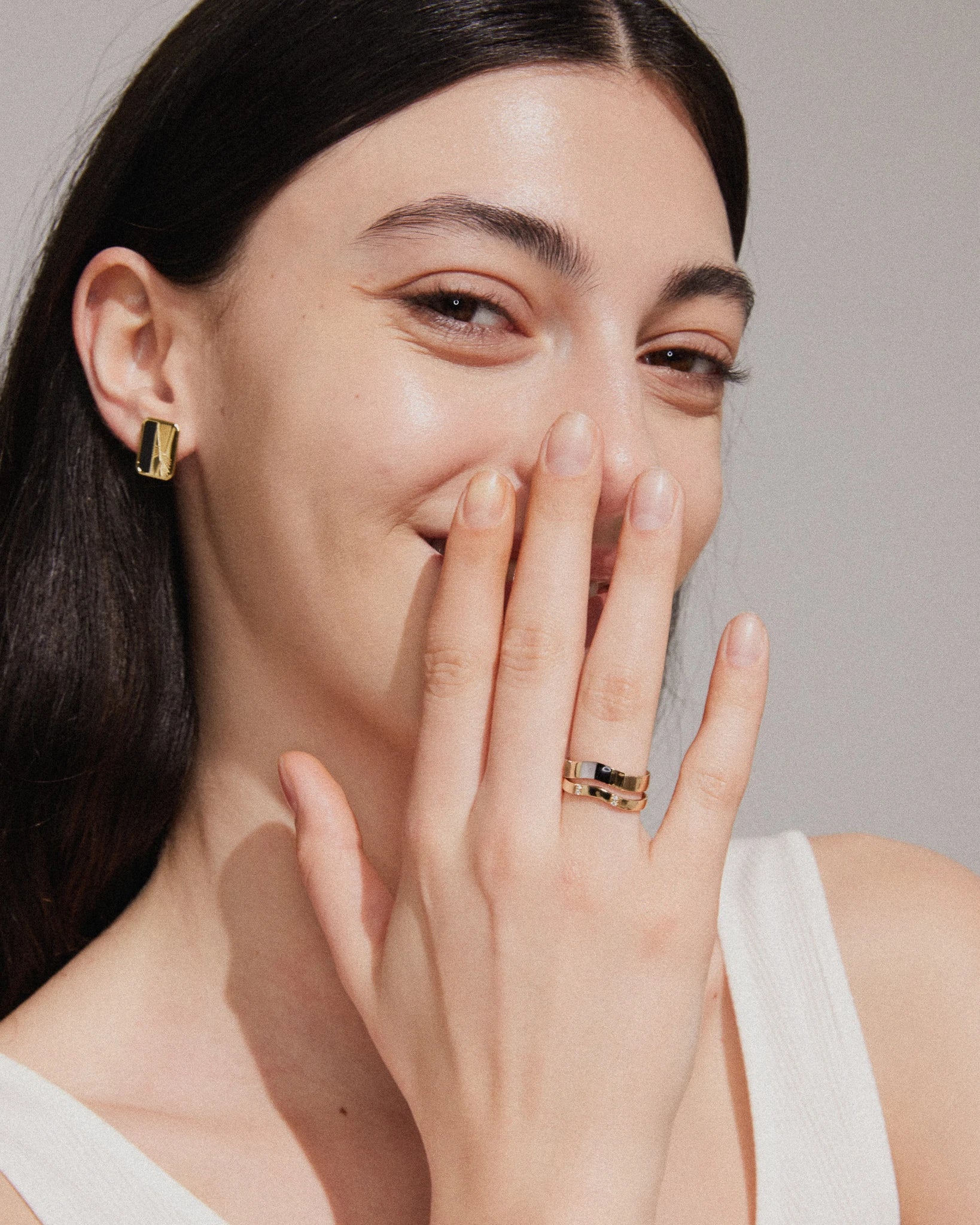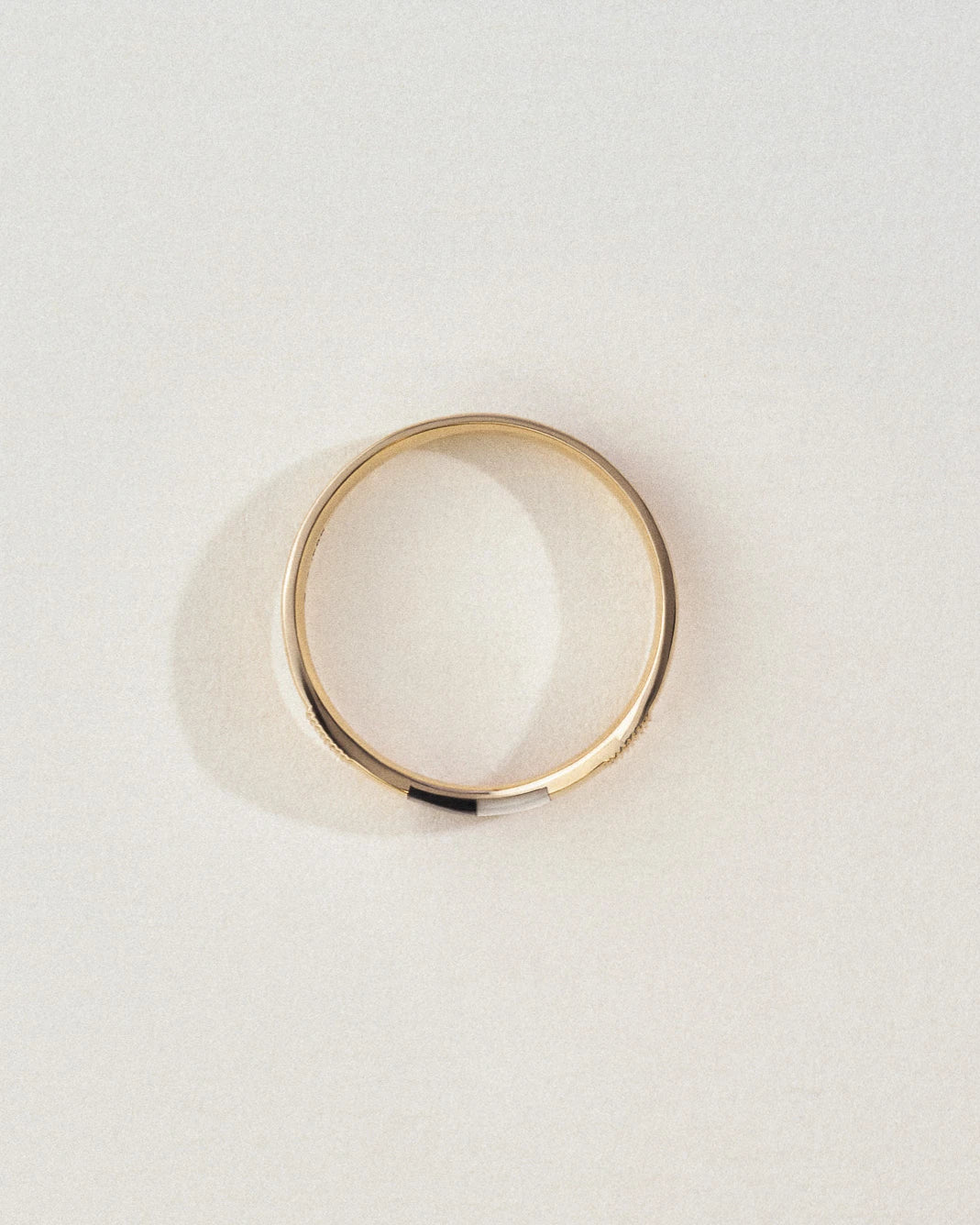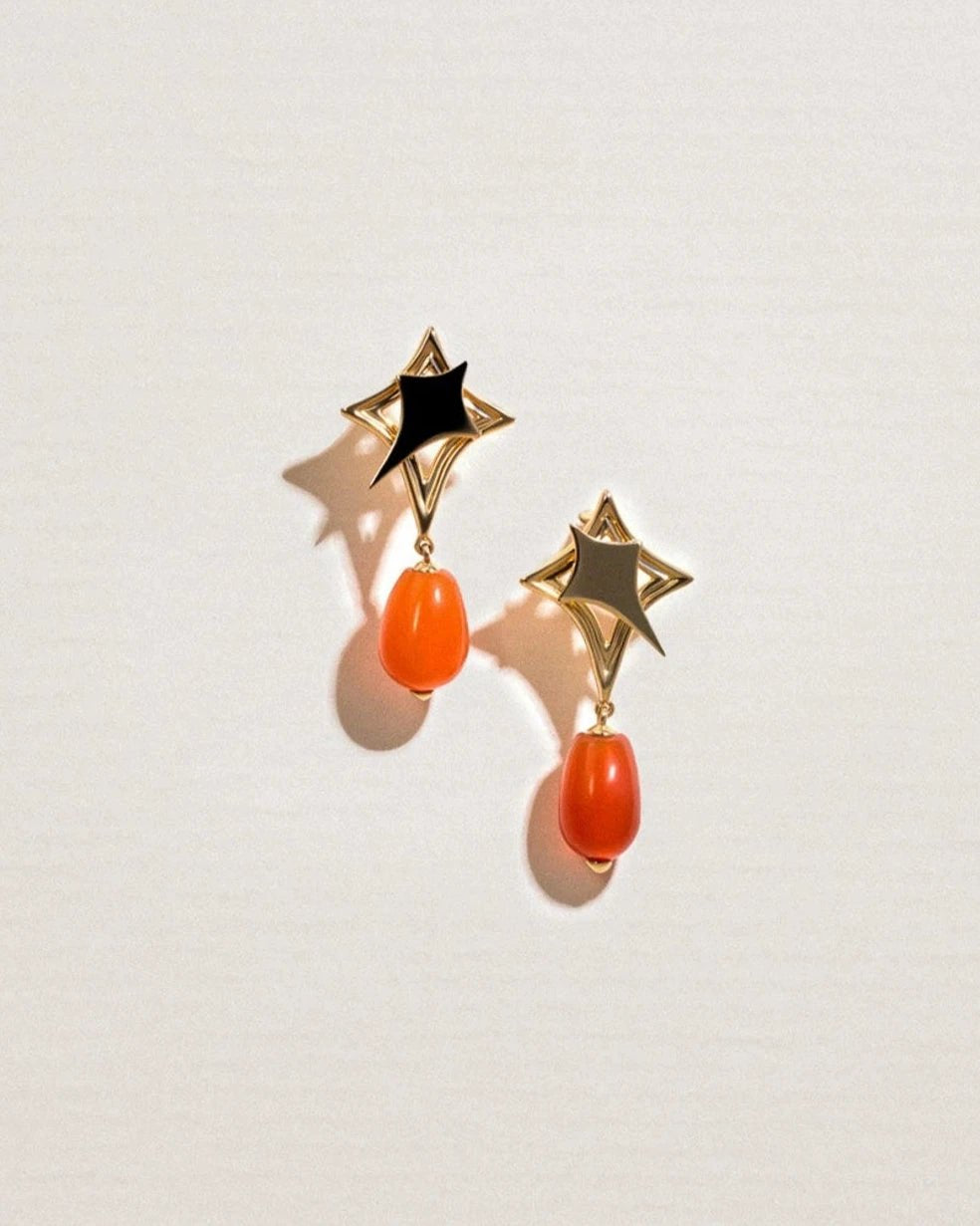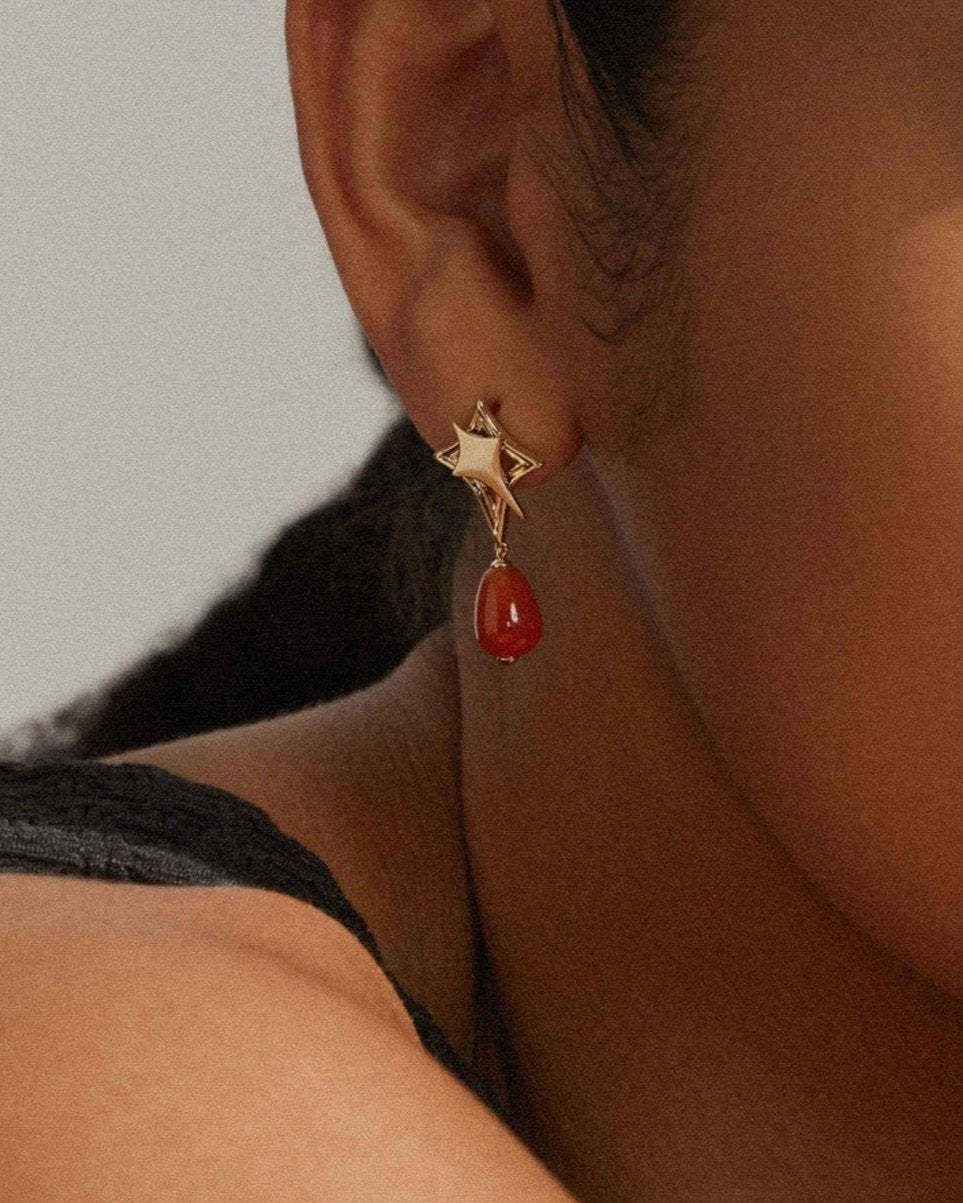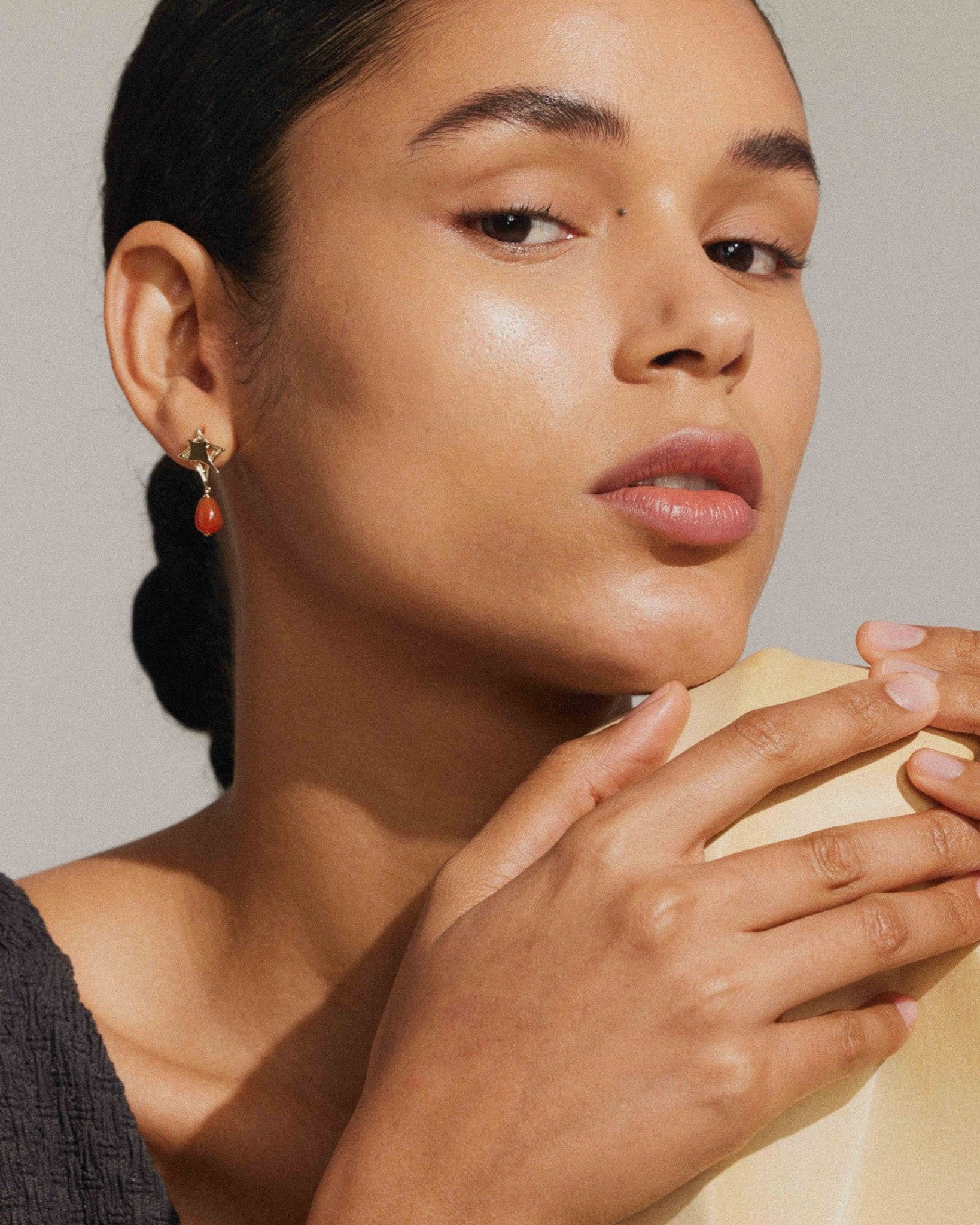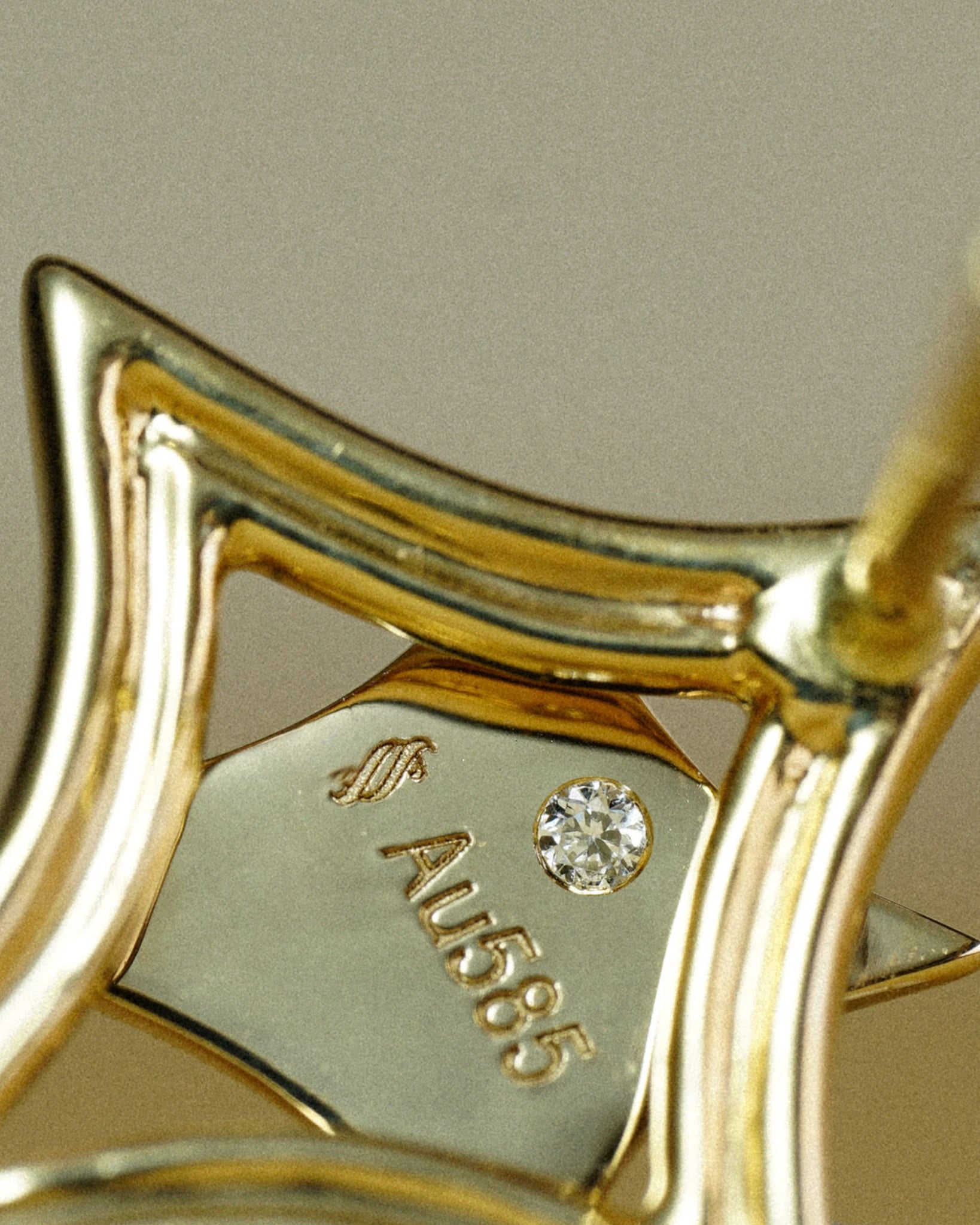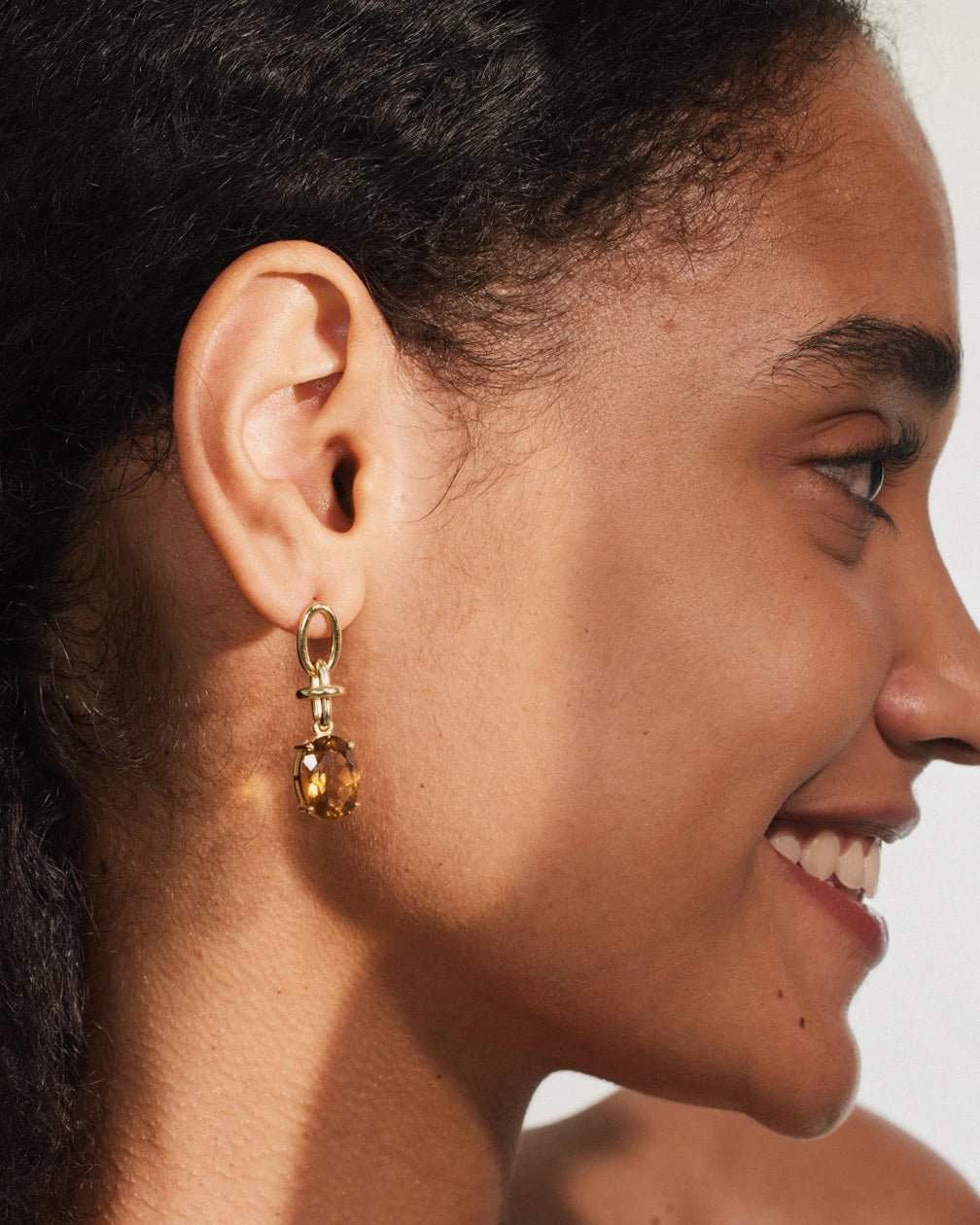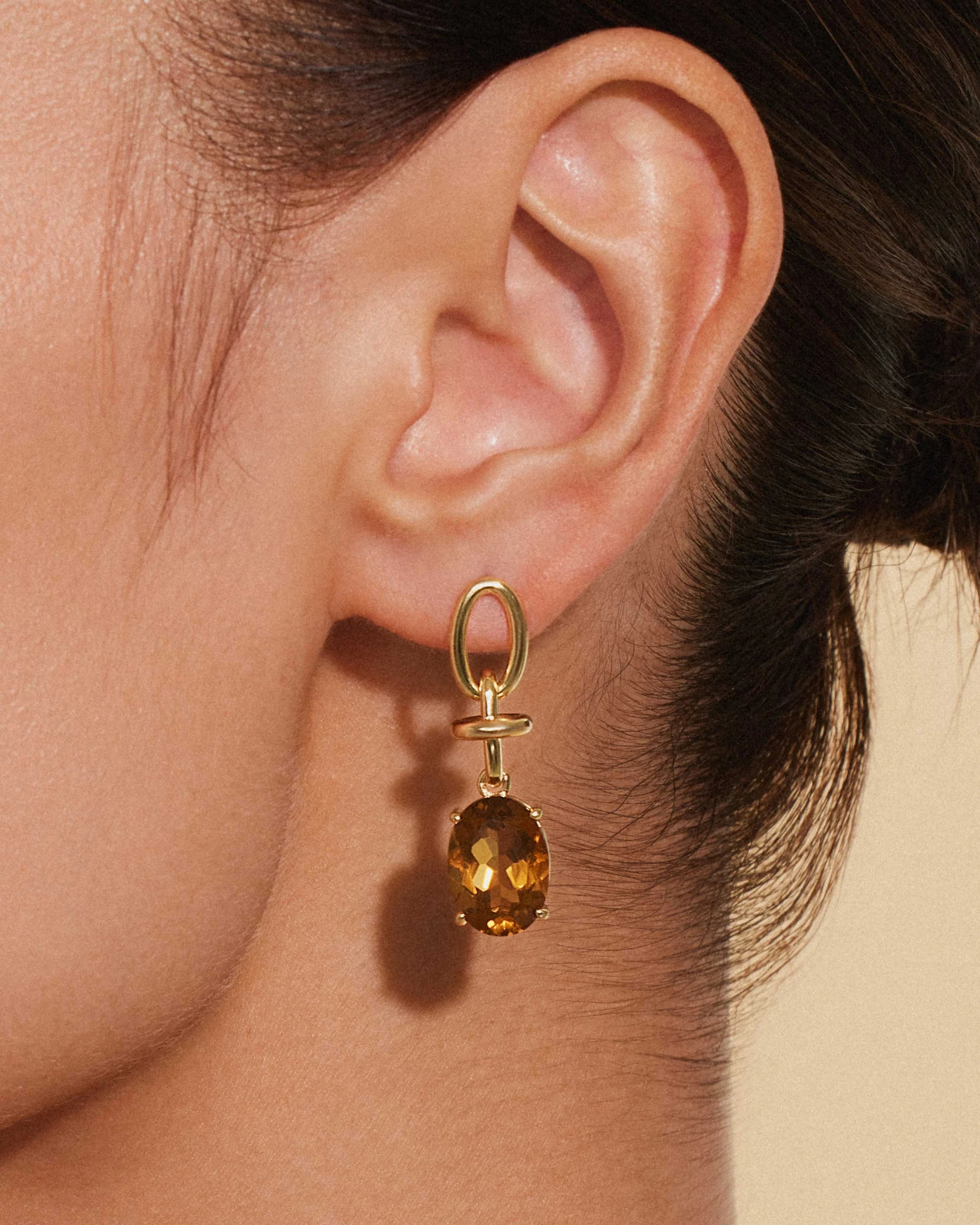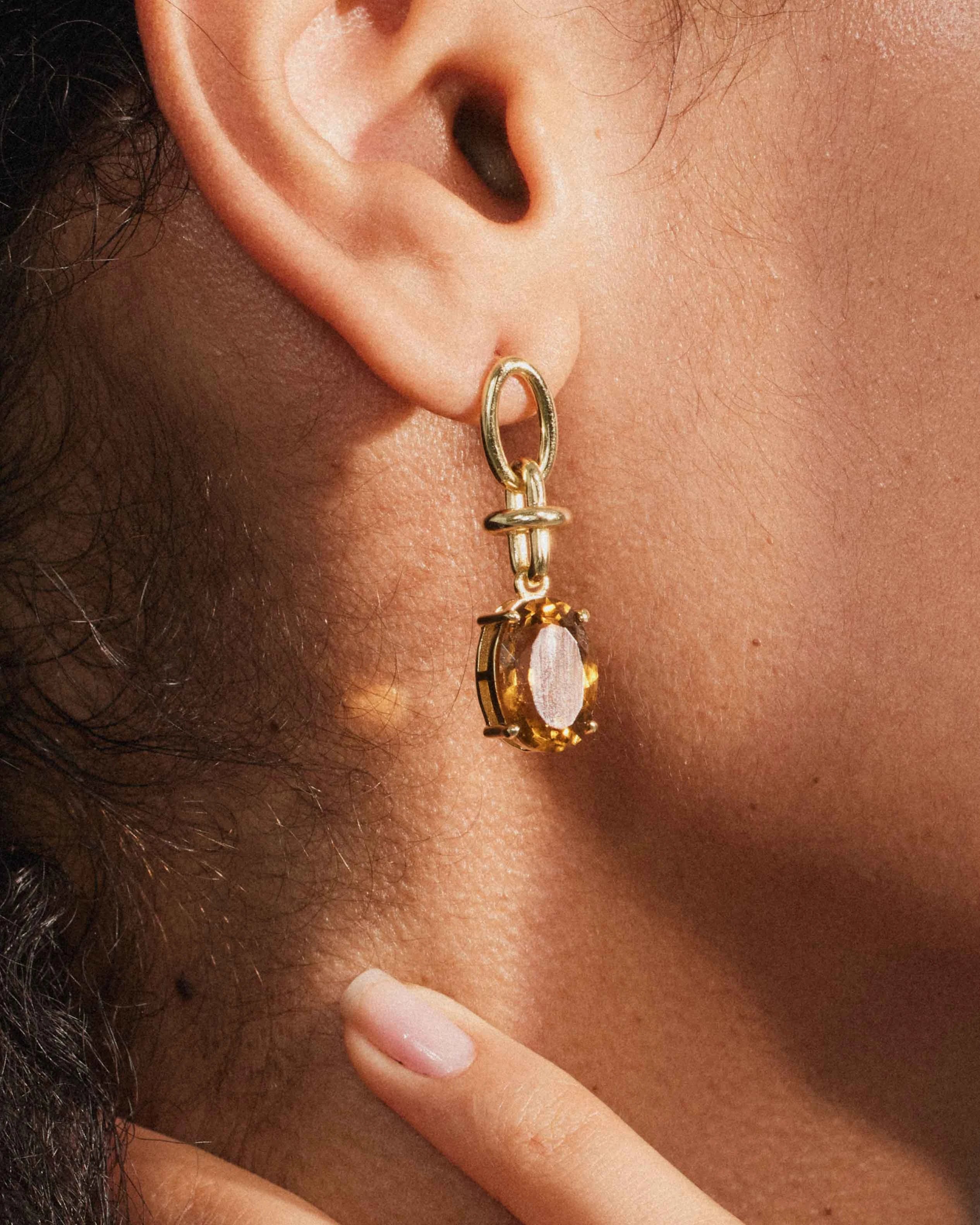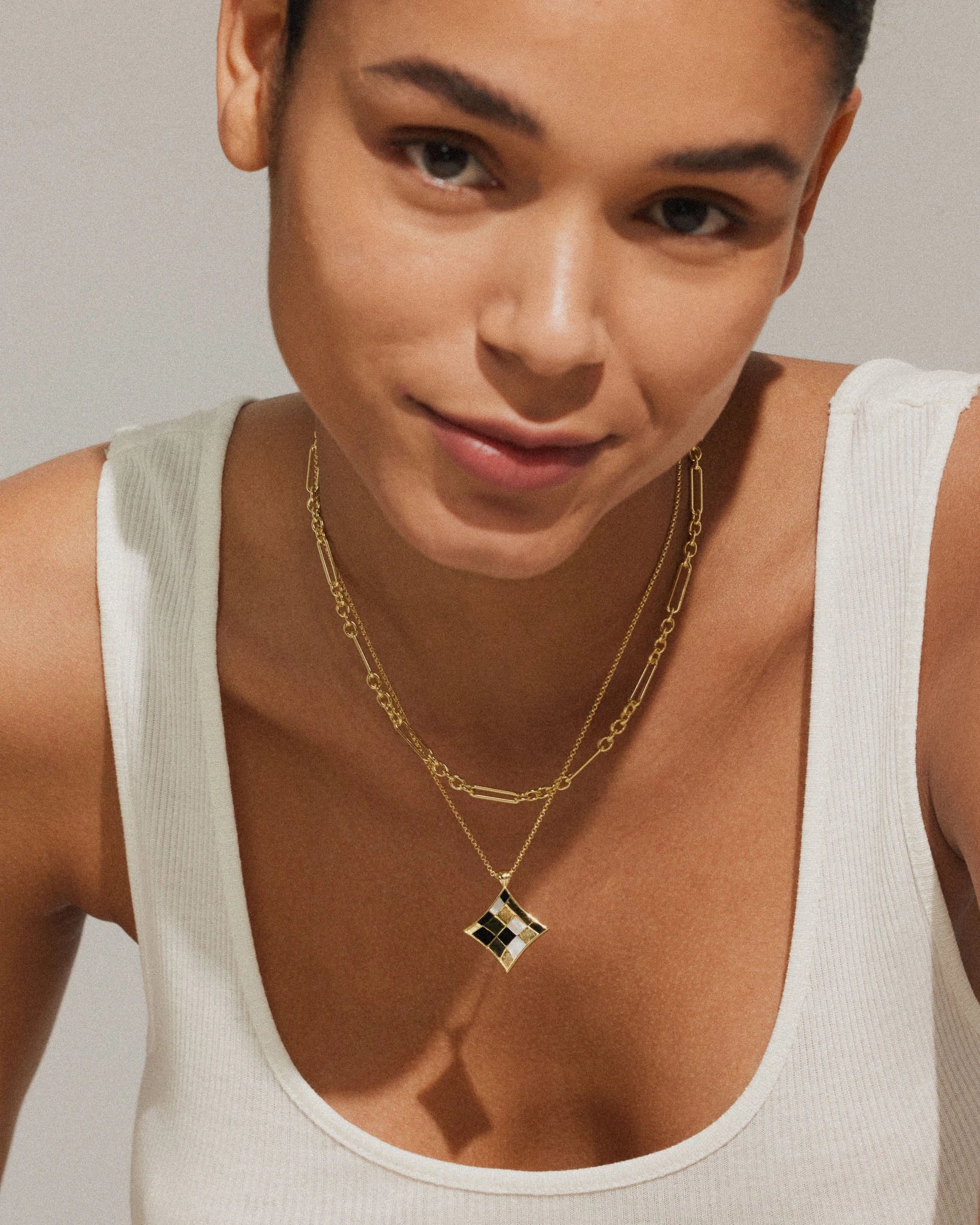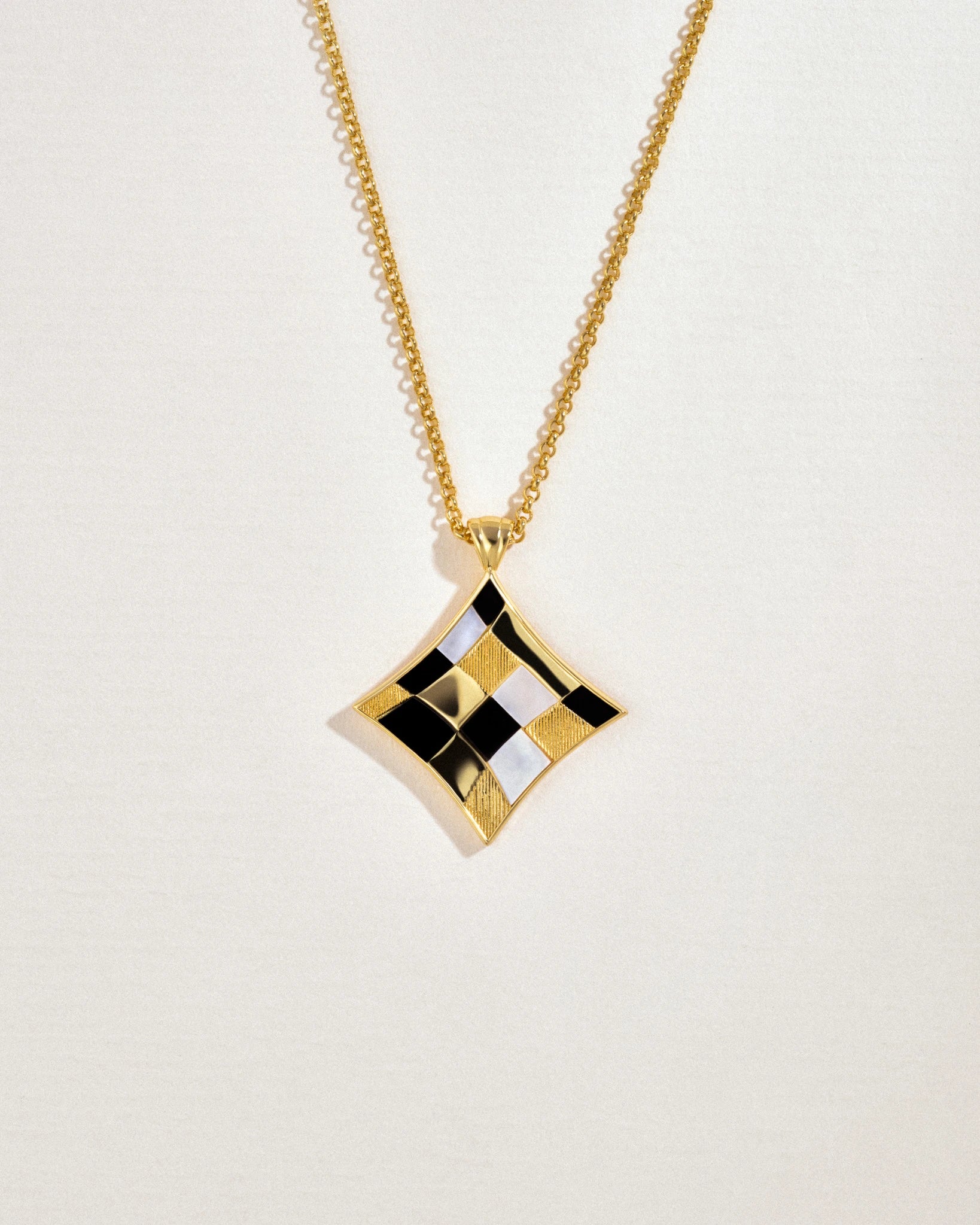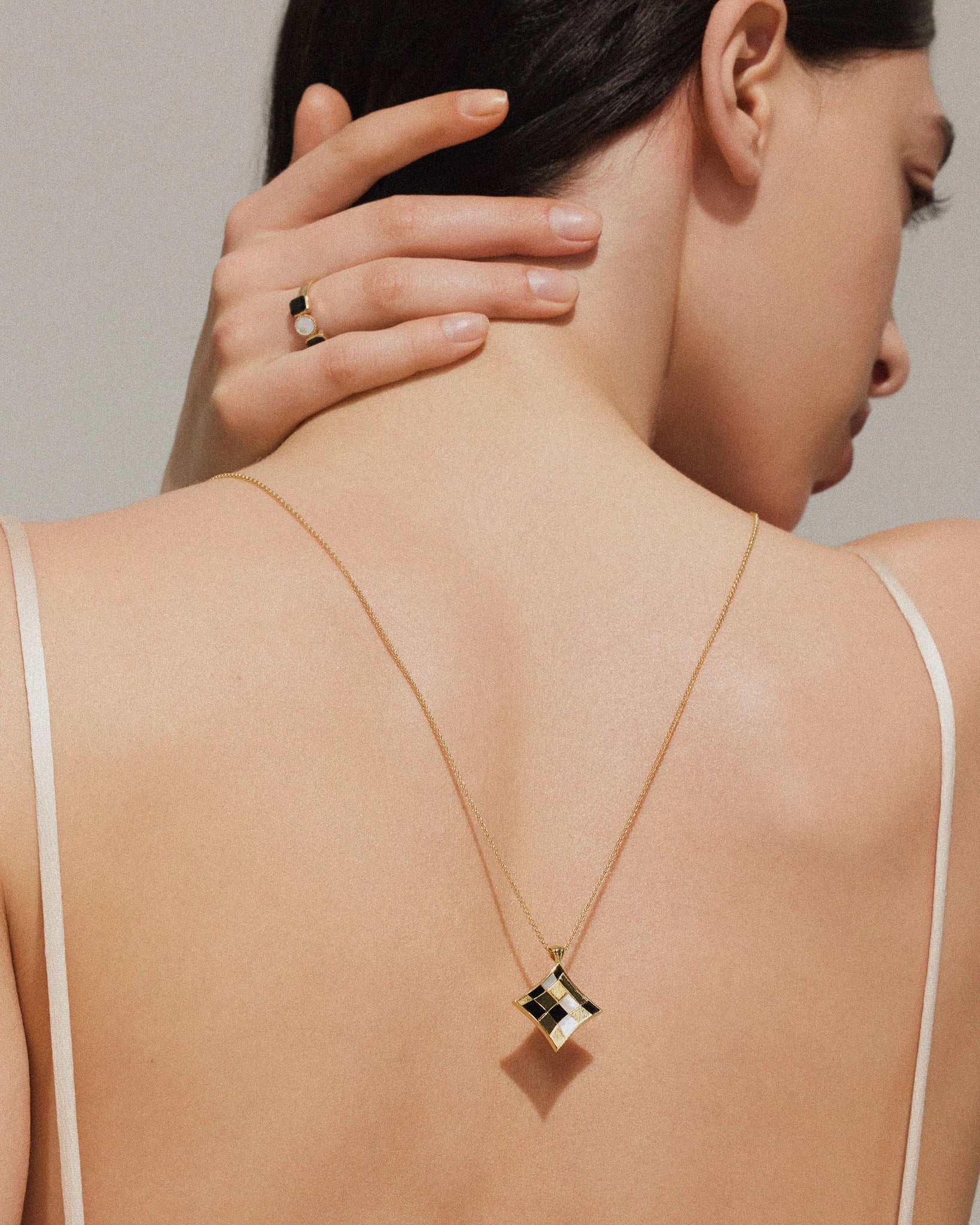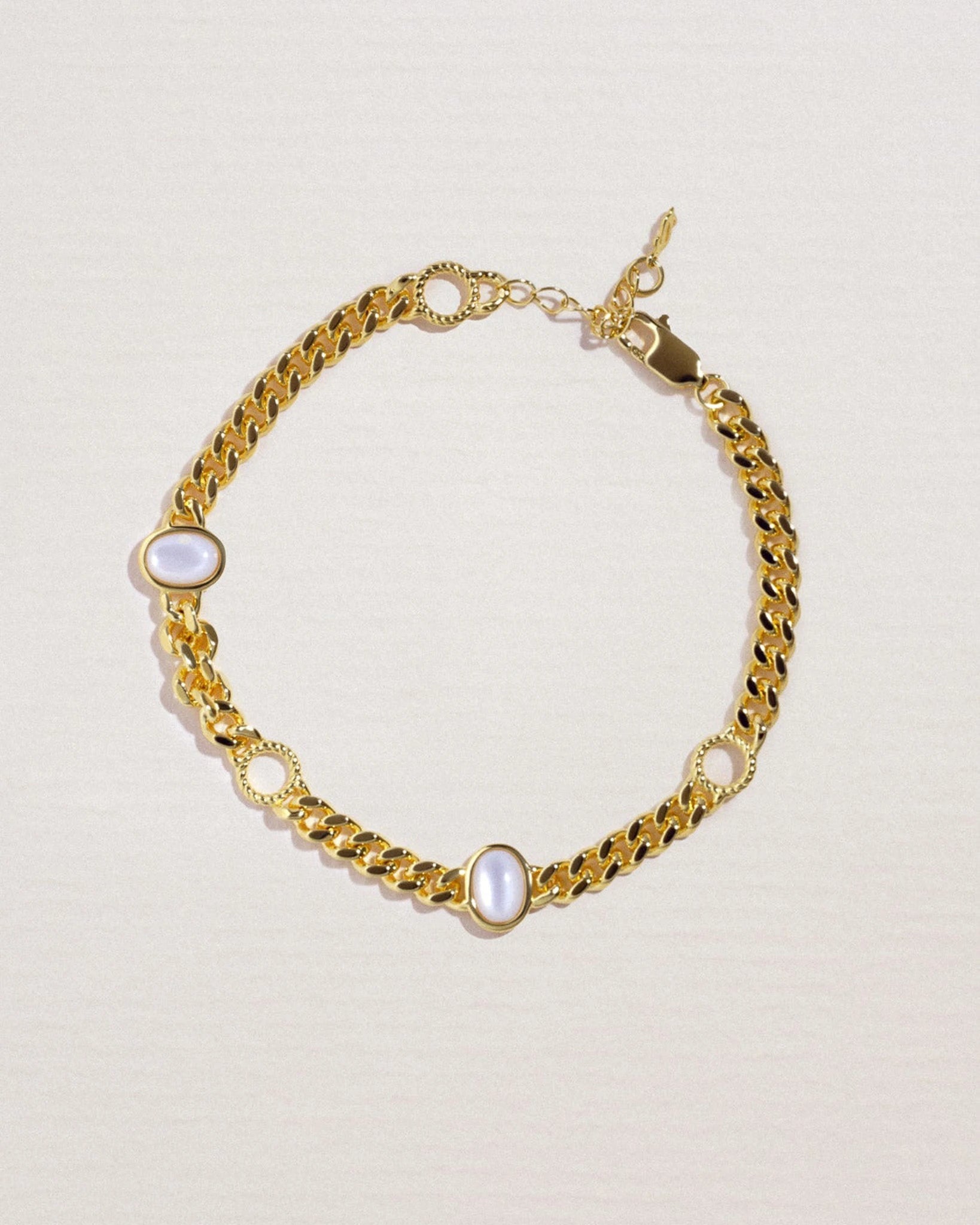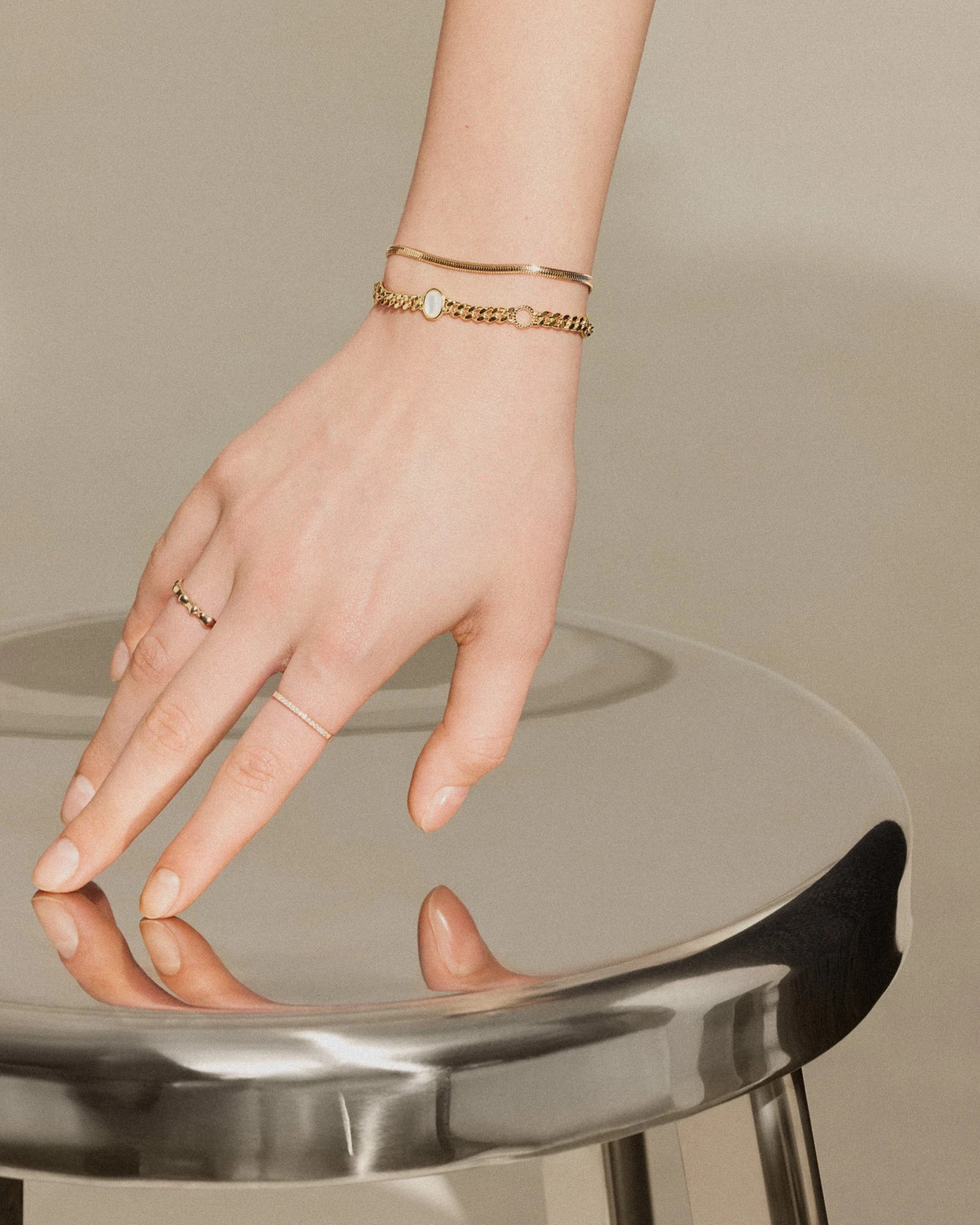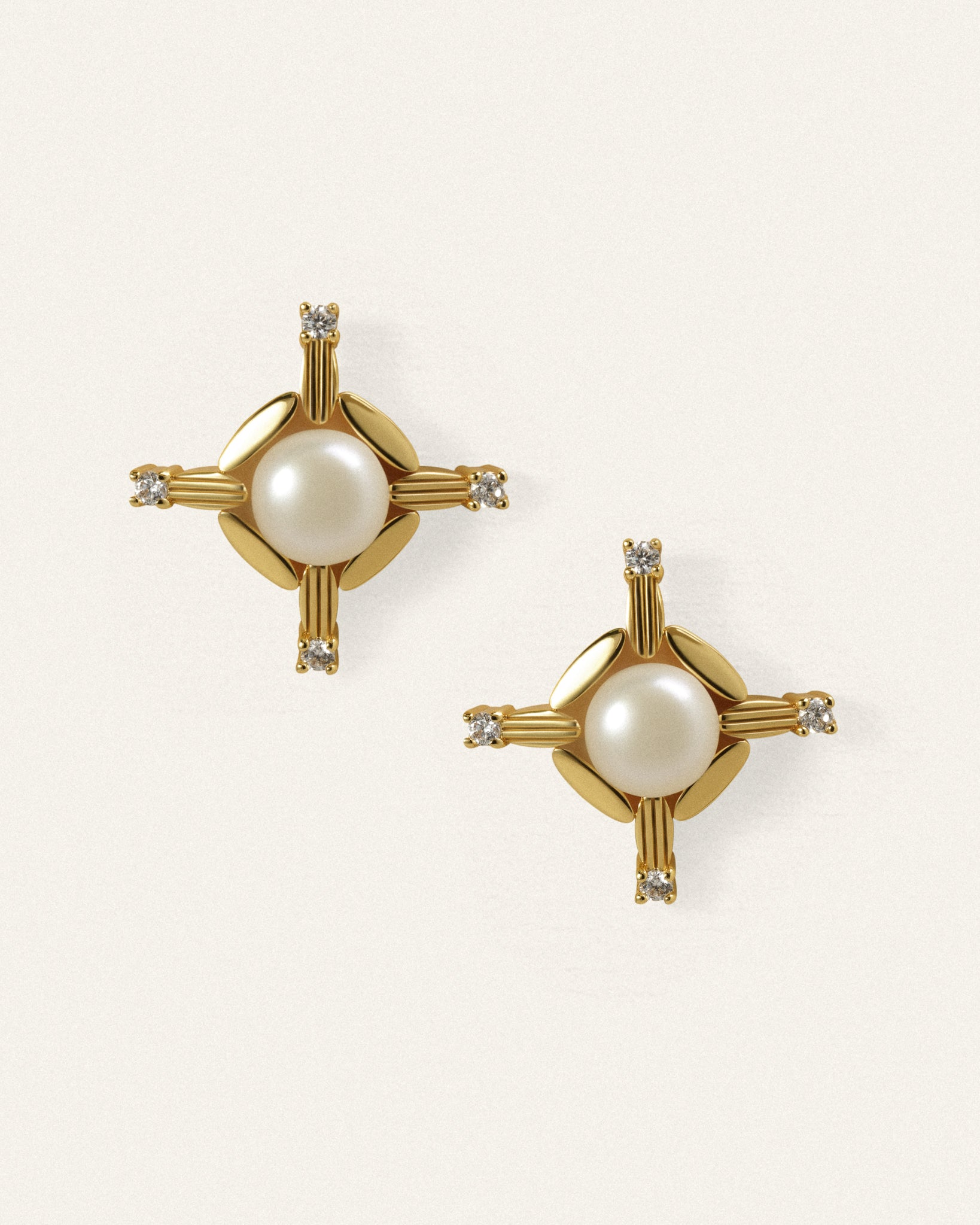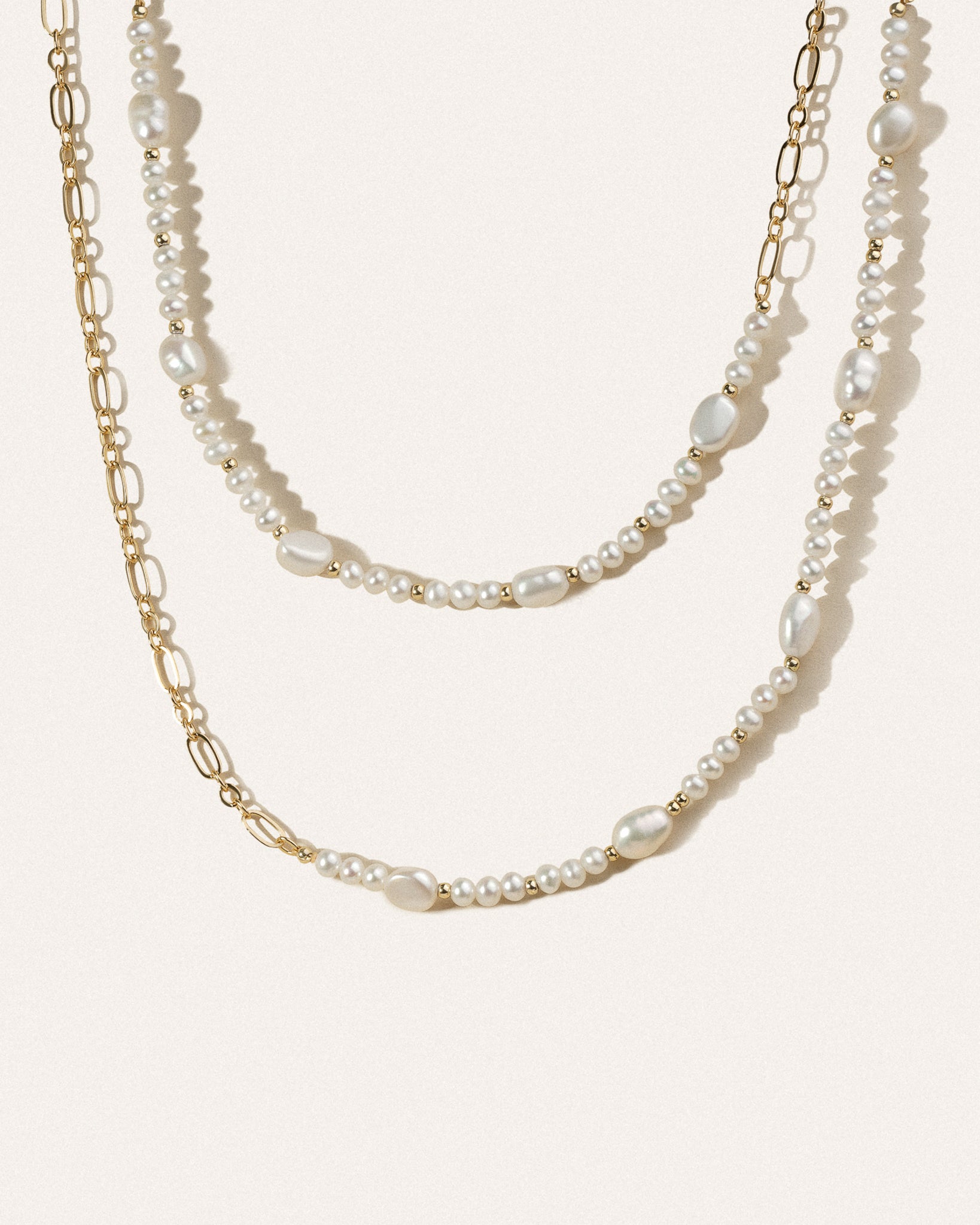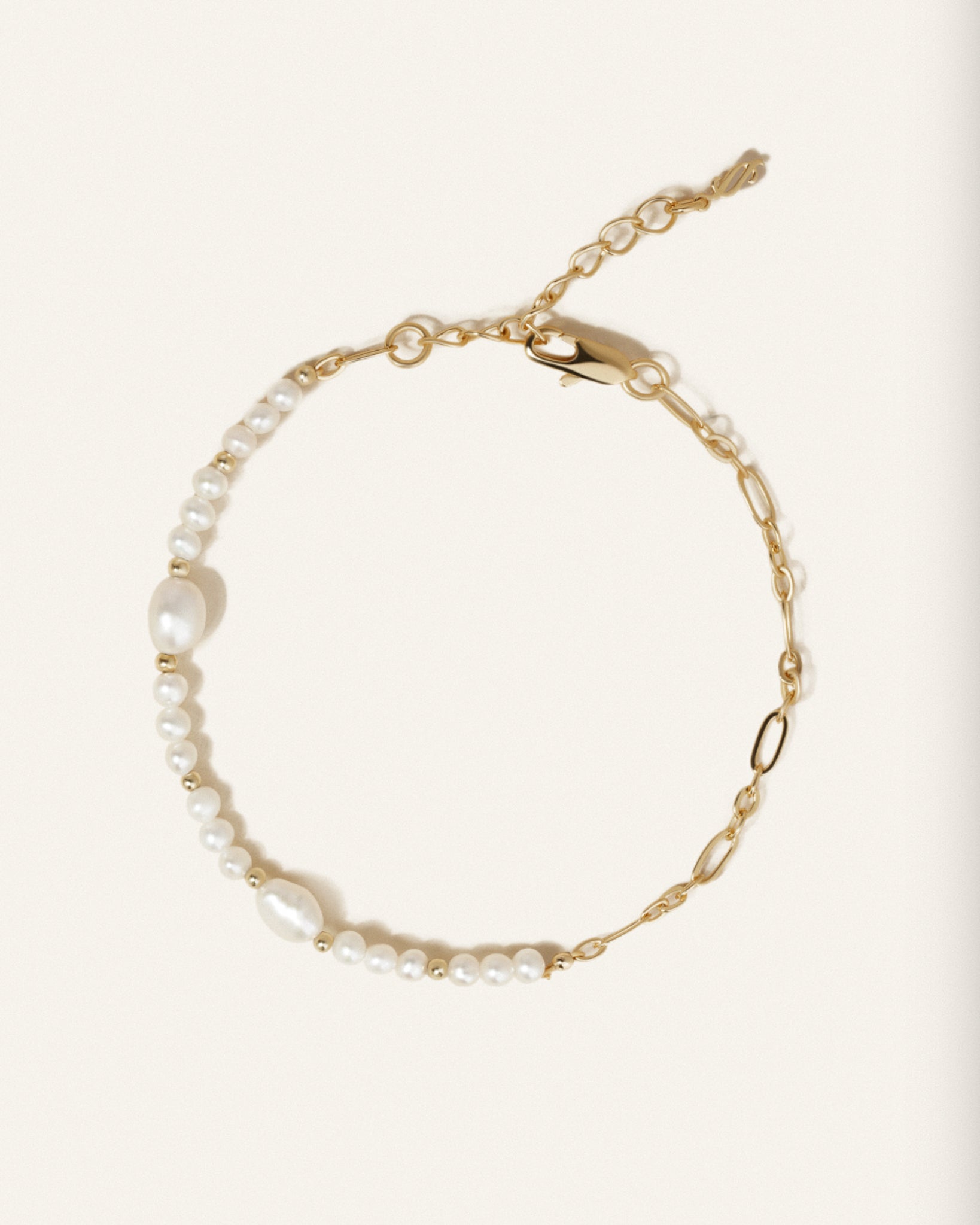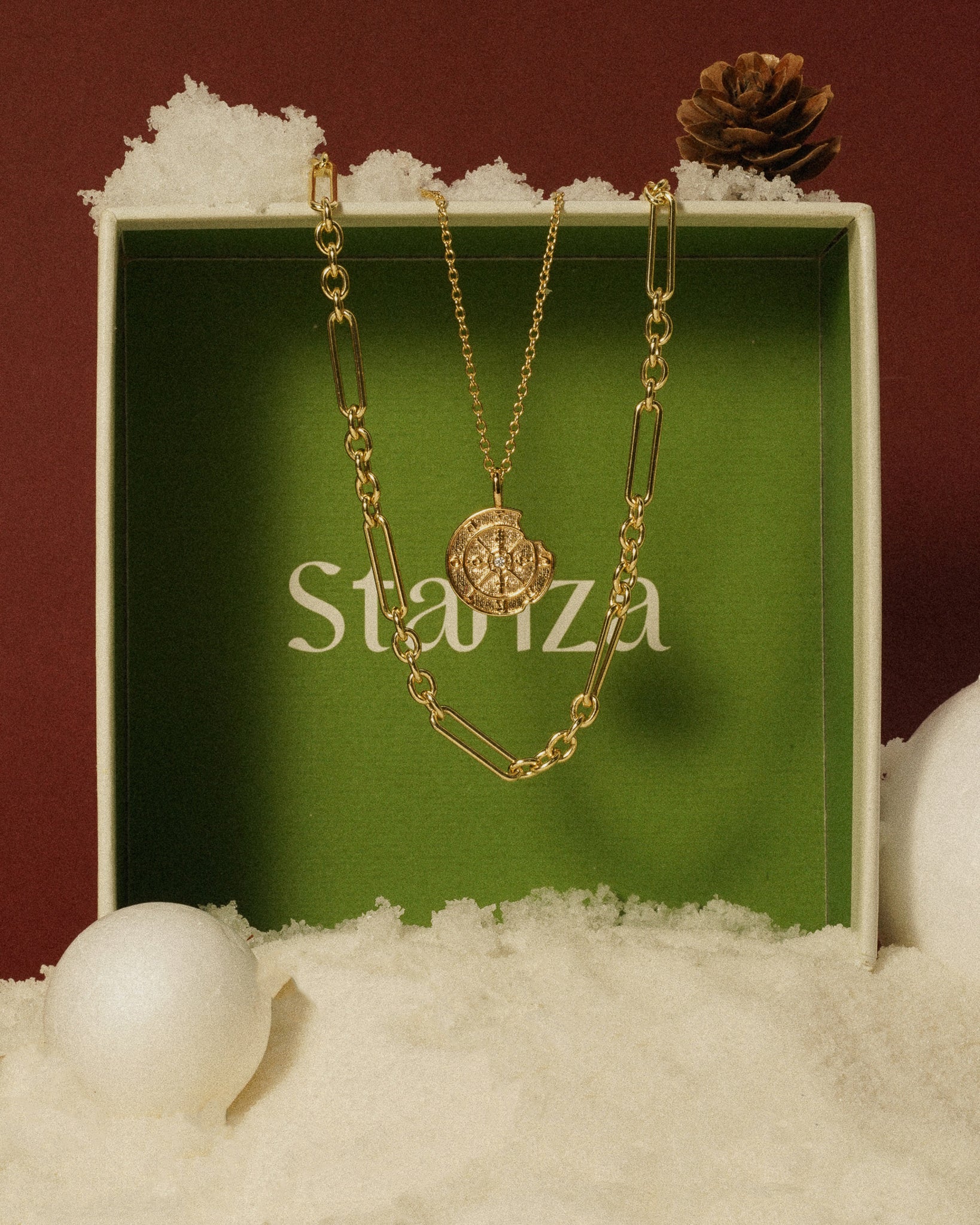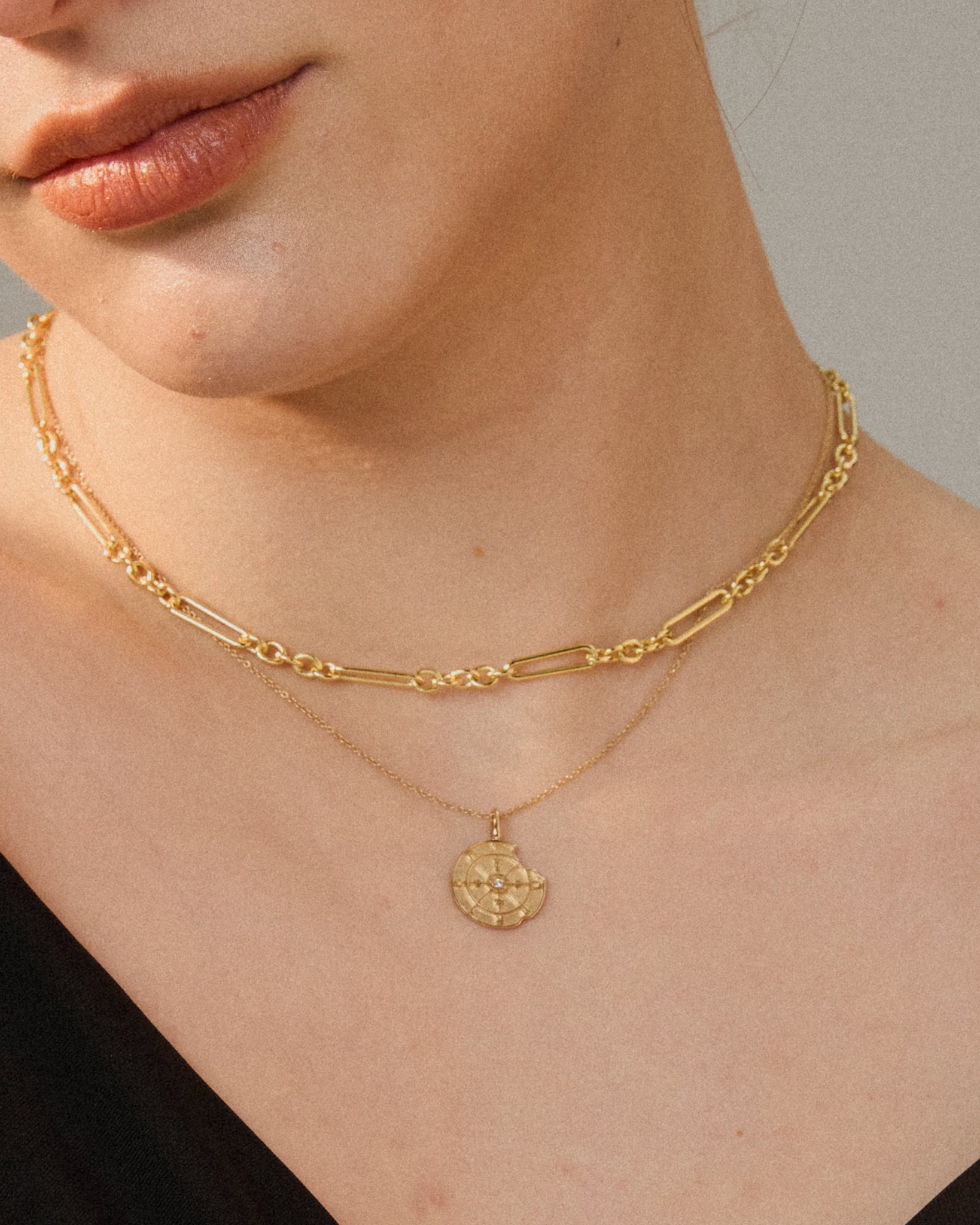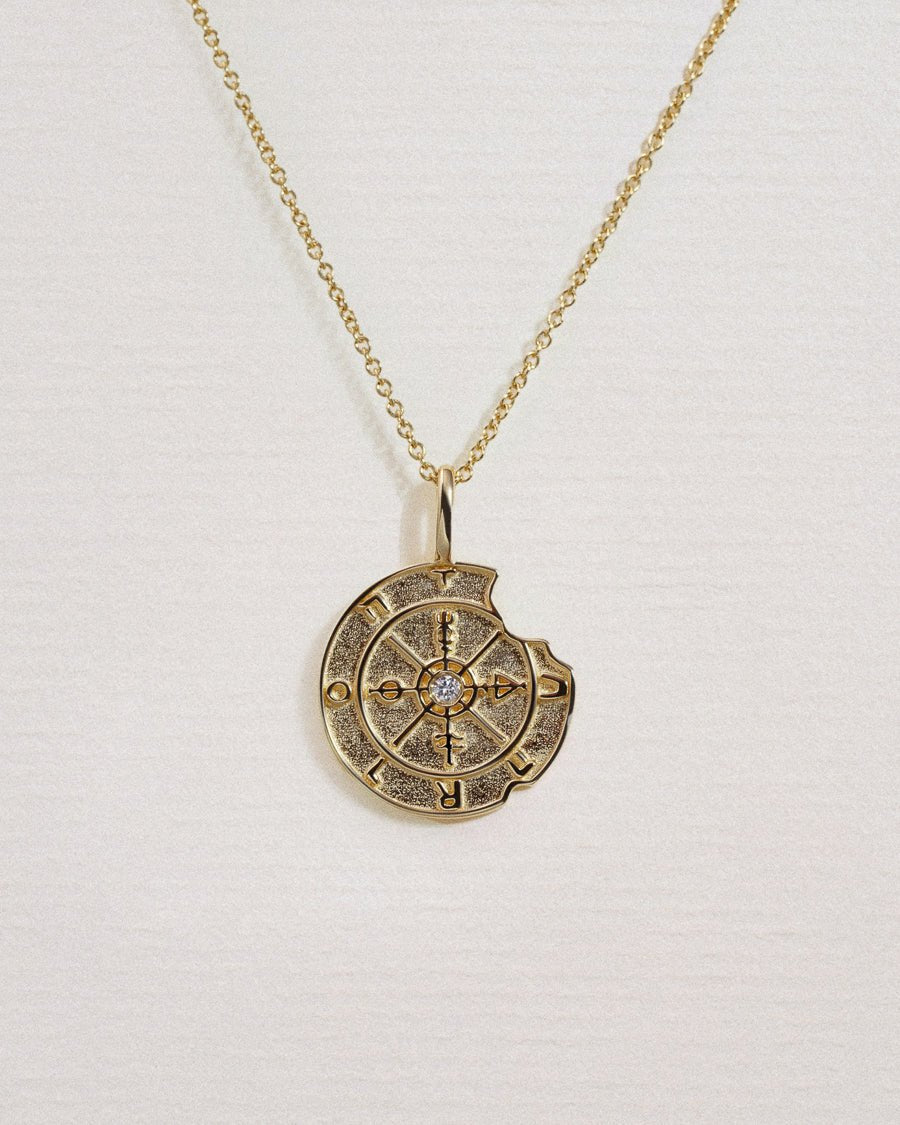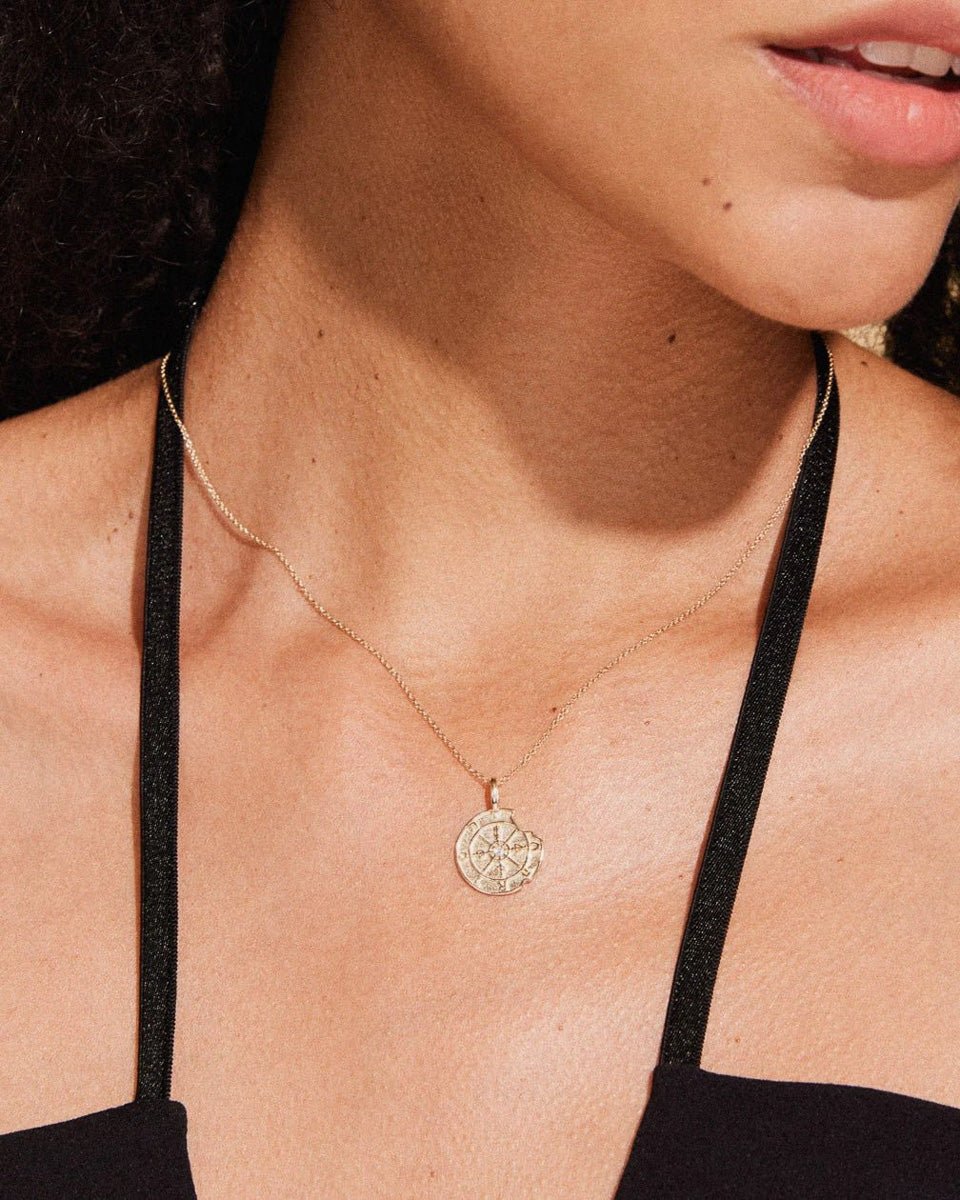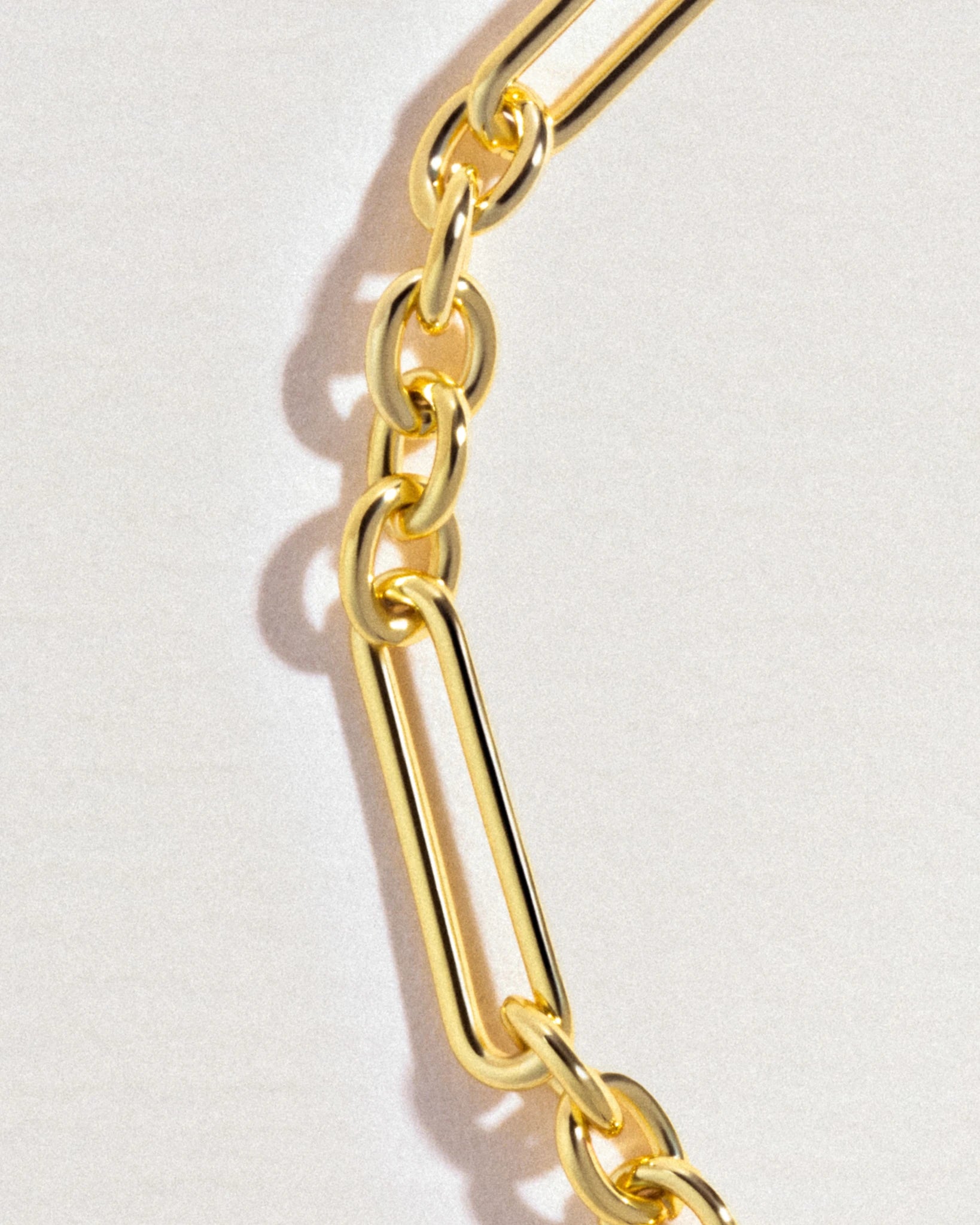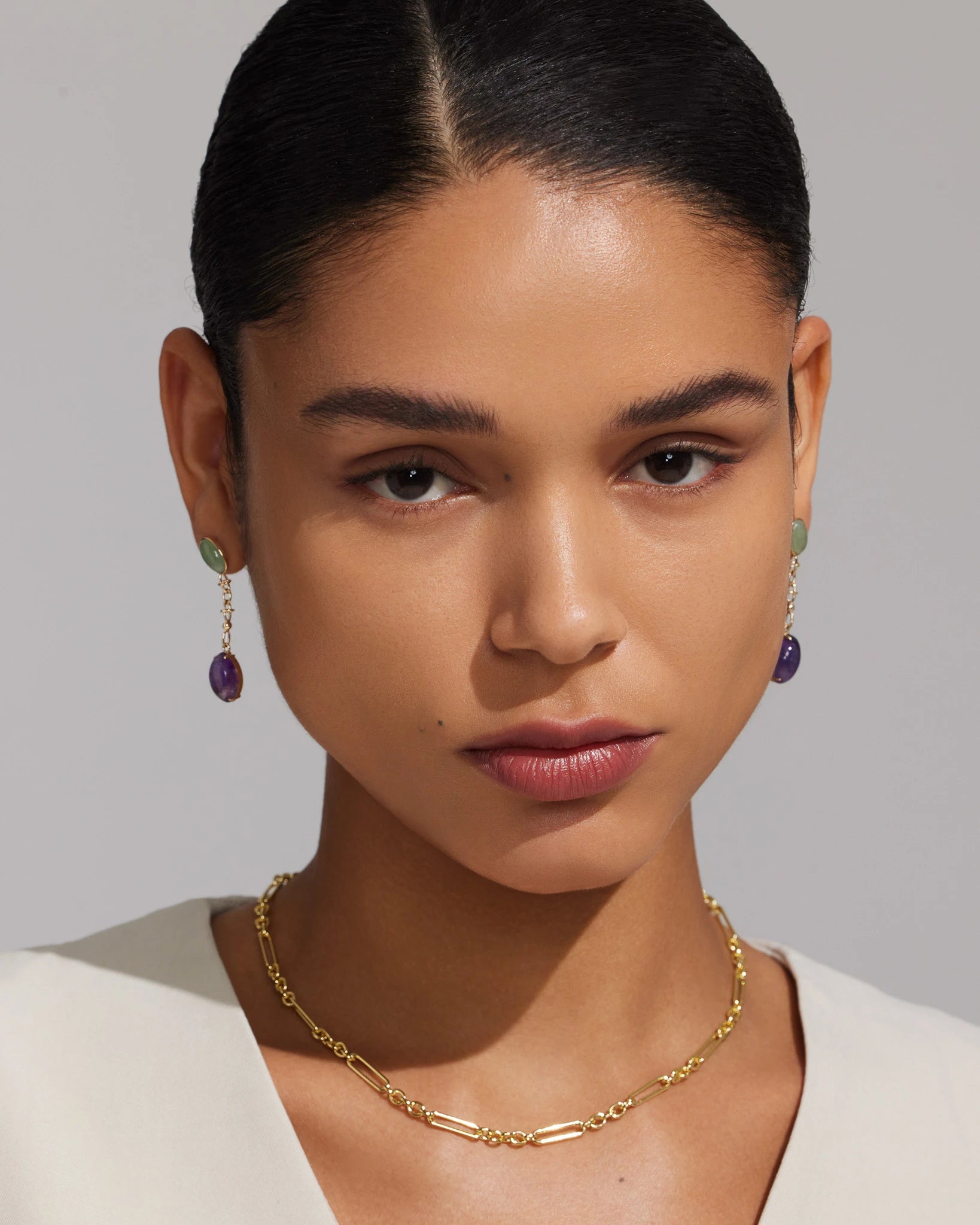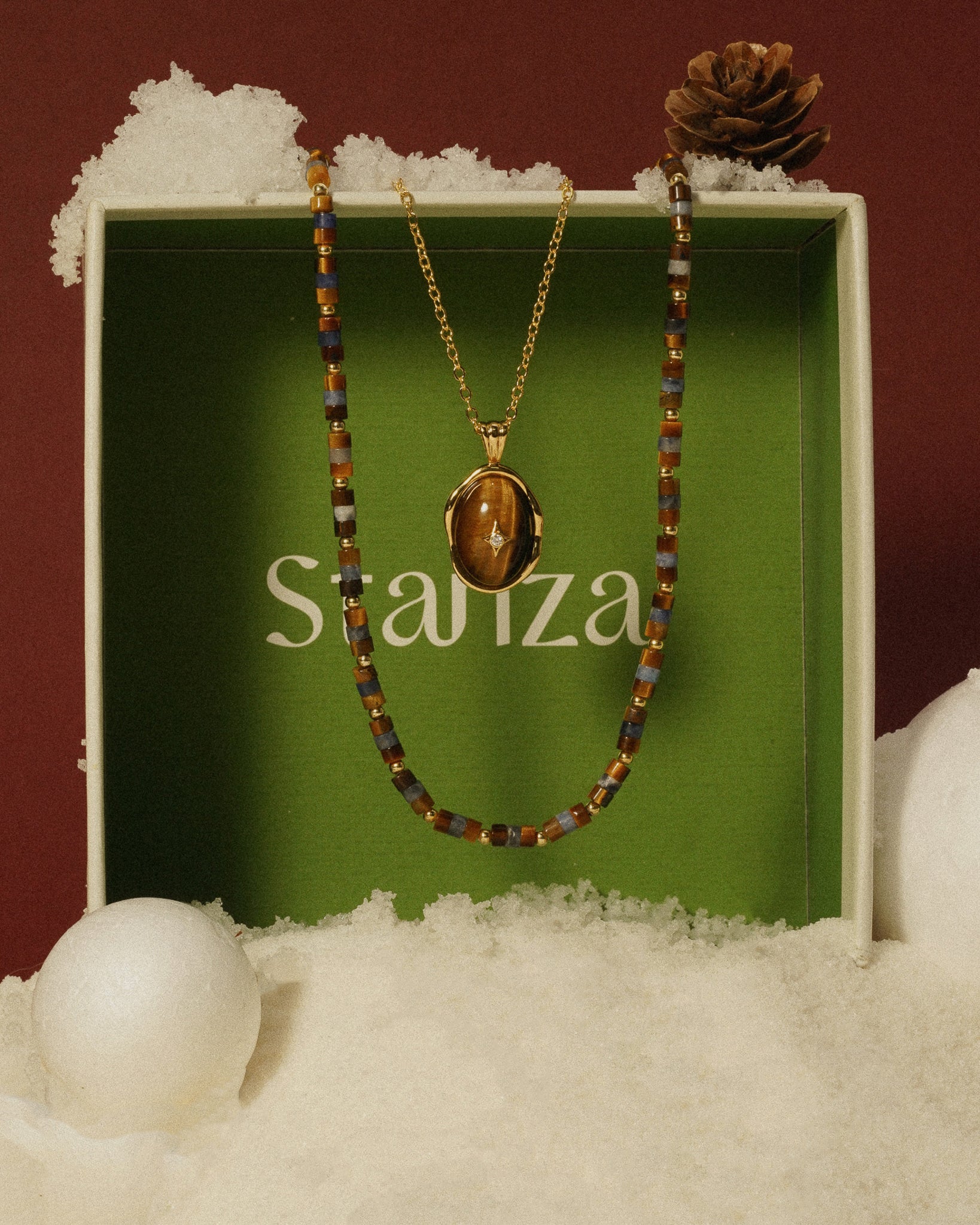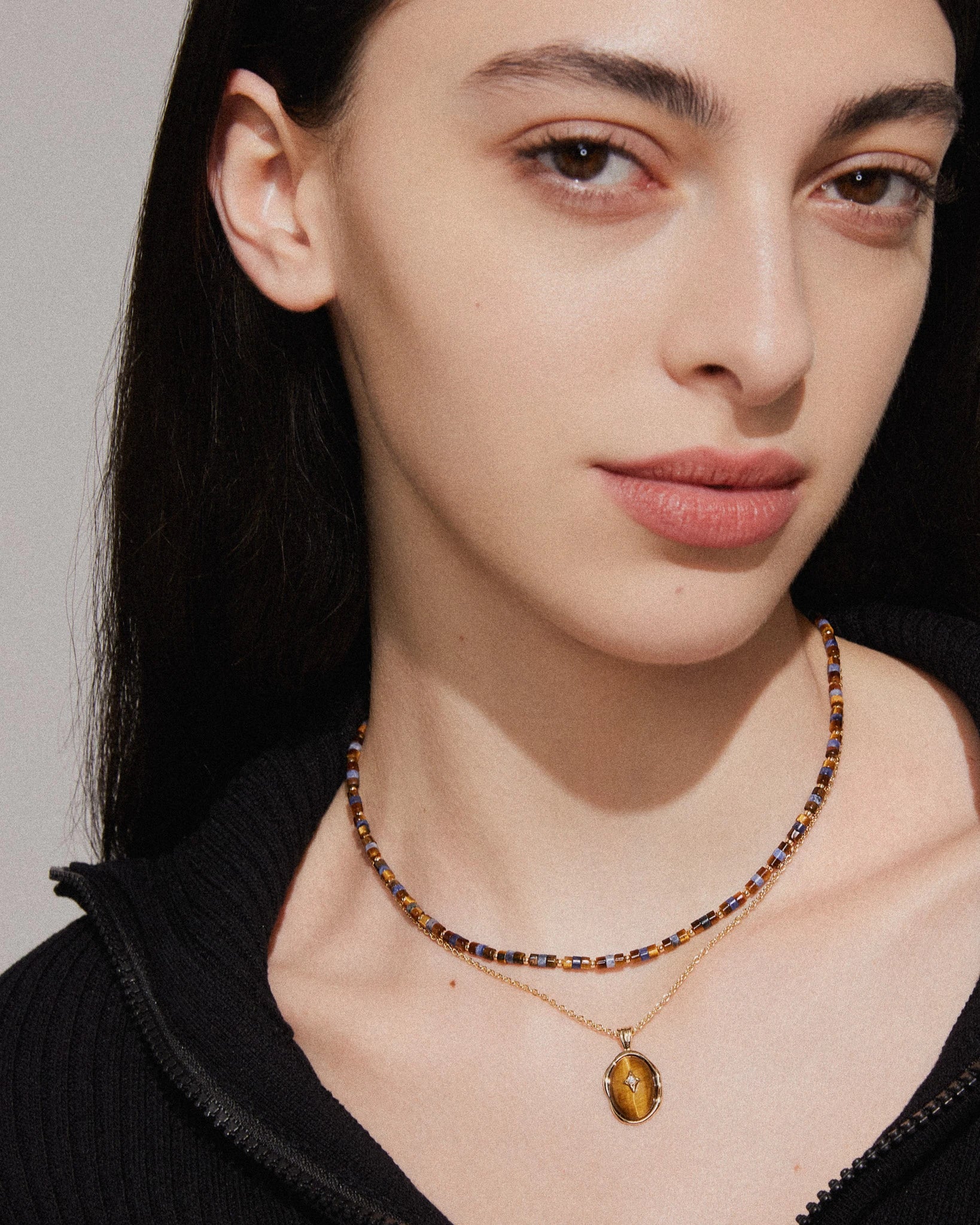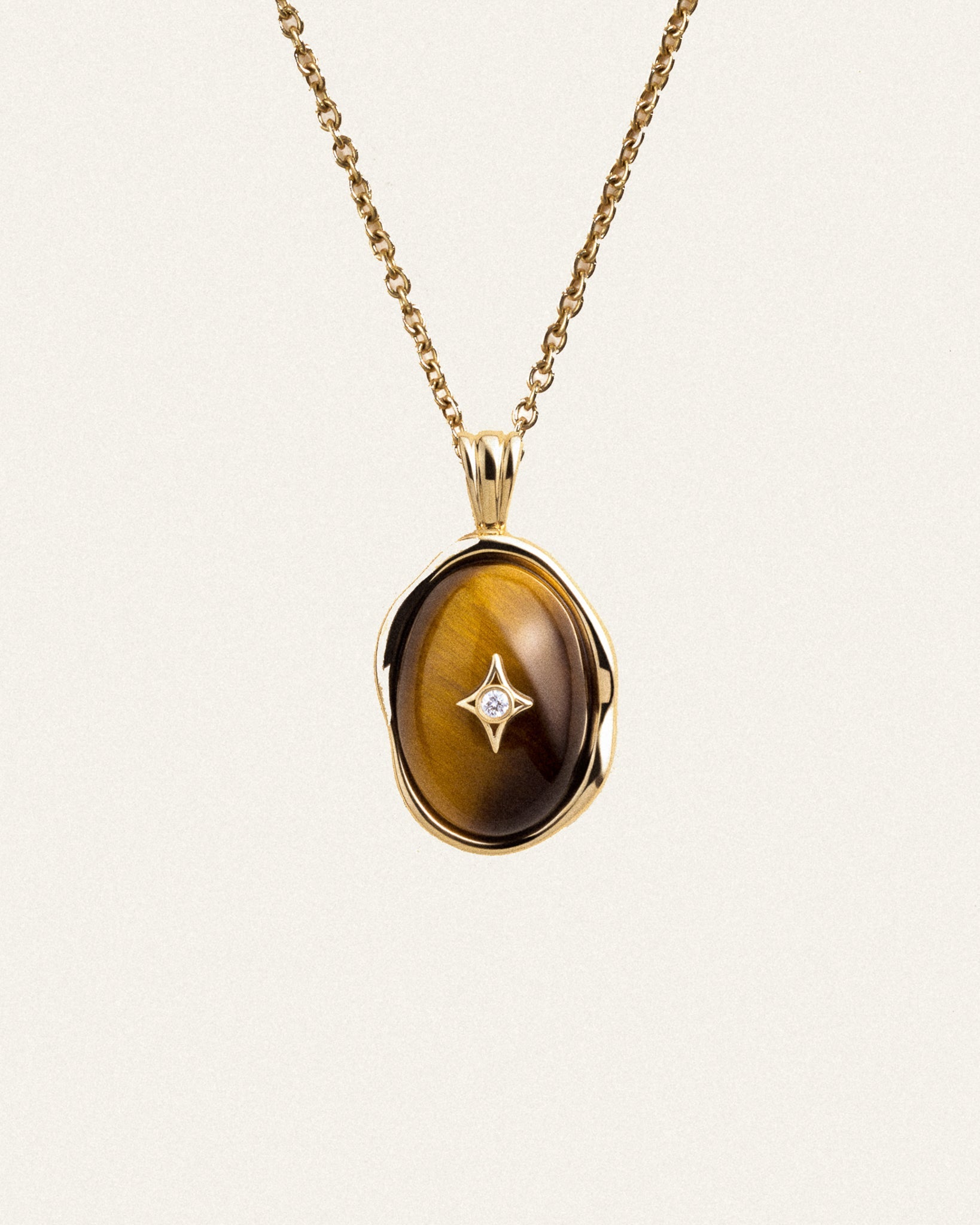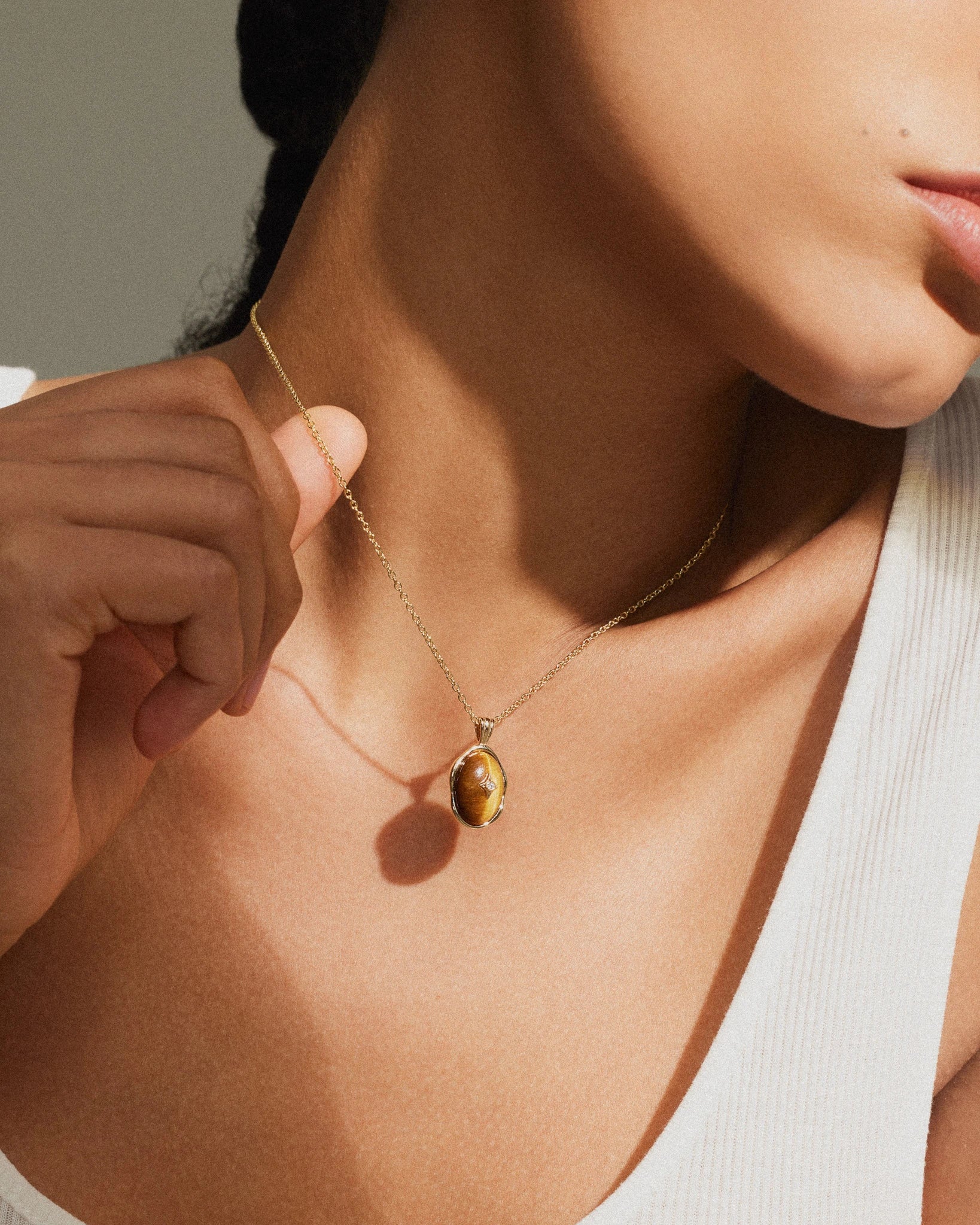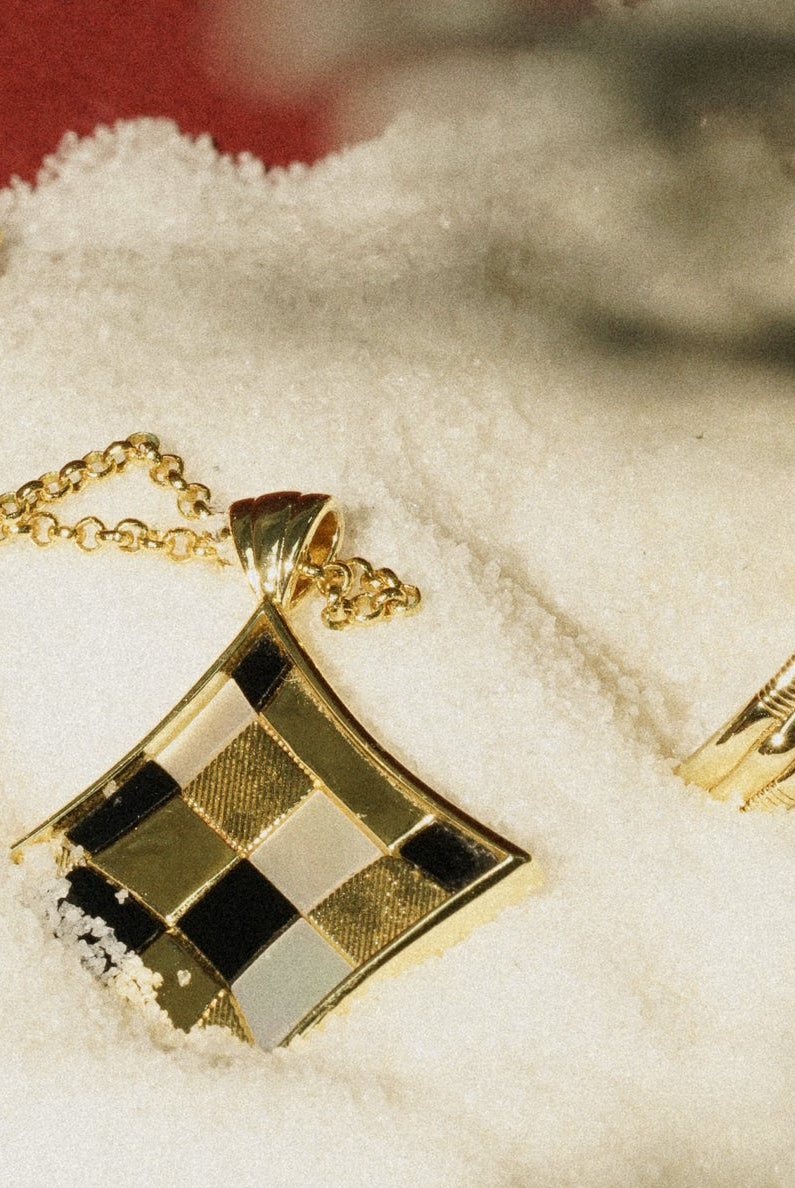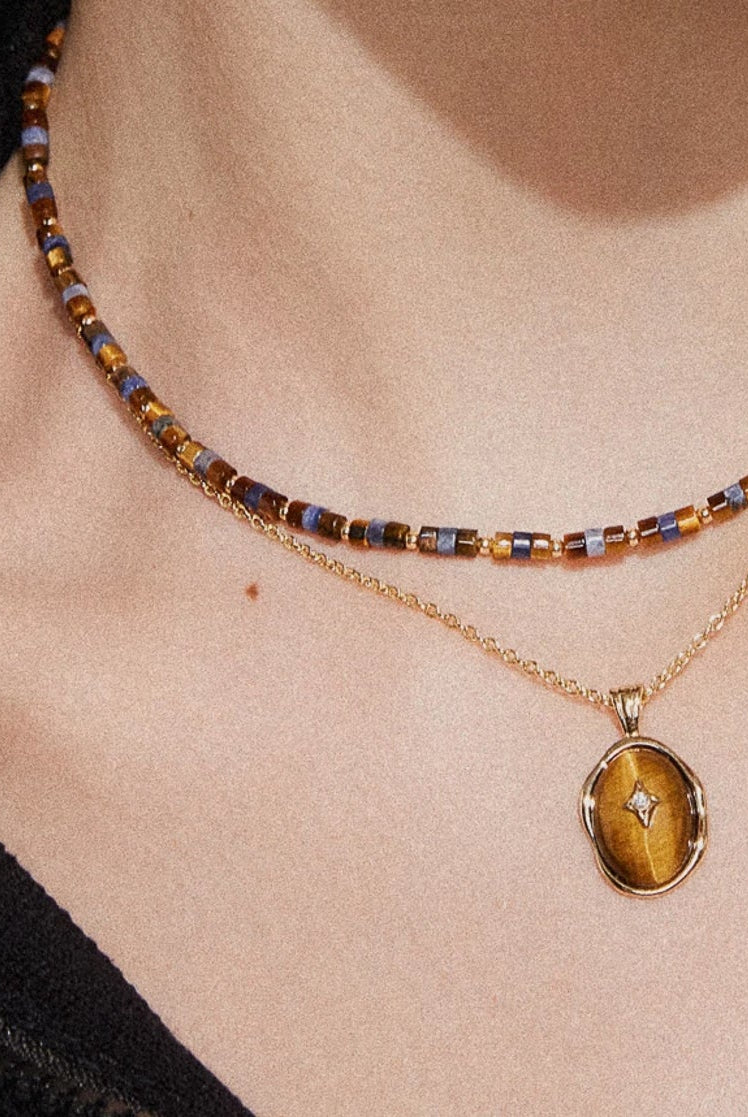“Normal is just a setting on the dryer.” — a sticky note we keep taped to our studio coffee machine.
At Stanza, we believe that beauty lies in diversity—in the myriad ways people think, feel, and express themselves. This belief isn't just a design philosophy; it's a reflection of our daily rhythm, our product ethos, and our team dynamics.
That belief doesn’t stop at our designs. It’s something we live inside the studio too. The way our team works—unconventionally, collaboratively, imperfectly—is a reflection of that same idea: difference isn't just okay. It's powerful.
“To design for everyone, you can’t think like just one kind of someone.”
As one of our team members joked after another delightfully messy brainstorm session: “This office runs on snacks, spreadsheets, and people who forget what they were saying halfway through the sentence.” And somehow, that works.

Why We're Talking About Neurodiversity
The idea for this piece started—where most good ideas do—in a Monday meeting that was more chaotic than coordinated. Someone was gently rocking in their chair, another furiously doodling galaxies in the corner of a notebook. One teammate had noise-canceling headphones on the whole time. And one of us emailed thoughts two hours later because “my brain doesn’t think in real-time.”
This wasn’t dysfunction—it was design. Unspoken, messy, often misunderstood, but real. Over time, we’ve realized that our team isn’t just different—it’s neurodiverse. And that diversity in how we think and work has made our creative process deeper, our designs more thoughtful, and our storytelling a little more human.
It hasn’t always been easy. We’ve stumbled over assumptions, over-communicated and still missed the point, tried schedules that didn’t fit every brain. But we’ve learned. We ask more questions now. We’re less focused on “how it’s supposed to be” and more curious about “what actually works.”

What Actually Works: Our Approach to Neurodiversity
At Stanza, we've embraced a multifaceted approach to accommodate the diverse needs of our team. Here's how we've tailored our workplace:
1. Flexible Communication Channels
Recognizing that communication preferences vary, we've adopted multiple channels:
-
Written Communication: For those who process information better in writing, we utilize emails and other messaging platforms.
-
Visual Aids: We incorporate visual elements in presentations and instructions to cater to visual learners.
-
Scheduled Meetings: Regularly scheduled meetings such as weekly status meeting with clear agendas help those who prefer structured interactions.
This flexibility ensures that everyone can engage in a manner that suits them.
2. Sensory-Friendly Workspaces
Understanding the impact of sensory stimuli, we've made adjustments to our physical environment:
-
Quiet and Meeting Zones: Designated areas with minimal noise and soft lighting provide a retreat for focused work; also setting up safe meeting zones for any focus group or discussion
-
Adjustable Lighting and Temperature: Workstations equipped with adjustable lighting allow individuals to control their immediate
-
Noise-Canceling Options: Providing noise-canceling headphones helps mitigate auditory distractions.
These modifications aim to reduce sensory overload and enhance comfort.
3. Inclusive Feedback Mechanisms
Feedback is crucial for growth, and we've structured our approach to be inclusive:
-
Anonymous Surveys: Regular anonymous surveys encourage honest input without the pressure of direct confrontation.
-
One-on-One Check-Ins: Personalized meetings allow for tailored feedback and support to ensure all thoughts and feelings in the workplace is respected.
-
Clear Performance Metrics through OKR: Establishing transparent criteria helps in setting clear expectations for everyone and align all plans.
These methods ensure that feedback is constructive and accessible to all.
“Everyone’s working memory works differently. That’s why we write things down—and sometimes draw them as stick cats.”

The Broader Landscape
What we’ve felt firsthand is part of a broader shift. Mentions of “neurodiversity” in U.S. job postings have nearly tripled over the past six years (Indeed Hiring Lab). It’s not a buzzword—it’s a growing recognition that people bring different operating systems to work, and that’s something to support, not silence.
Yet many workplaces haven’t caught up. Open offices can feel overwhelming. Brainstorm sessions can feel like pressure cookers. Interviews are often built to reward the loudest voice, not the best thinker. The result? Missed talent. Misunderstood communication. Mental fatigue.
“Sometimes progress looks like a long pause followed by one great sentence.”
Search trends like "neurodiverse workplace design", "inclusive communication strategies", and "how to support autistic employees" show that people are looking for better ways to build spaces where different minds can thrive.
At Stanza, we don’t have all the answers. But we’ve started by doing what we do best: observing quietly, designing with intention, and letting people lead with their strengths.

Our Jewelry Is Only Half the Story
A piece of jewelry, like a poem, doesn’t mean much until it’s worn—lived in, breathed into, made personal.
We often say our products are half-finished works. Because every necklace, every ring, waits for someone to complete it with their own rhythm and story.
-
The Kindred Pearl Necklace balances light and shadow. It’s for the person who finds peace not in symmetry, but in contrast.
-
The Simply Opal Ring changes subtly in every light—just like the people who wear it. It reminds us that shifting doesn’t mean unfocused; it means alive.
-
The Glint Necklace, with its black agate core, feels like a quiet statement—something strong, grounded, and beautiful in its own clarity.
-
The Dew Hoops with green agate and a single diamond are for those who find stillness in movement—a little drop of calm in a noisy world.
Each of these reflects a way of thinking, a mode of expression, a different kind of beautiful. And no two people will wear them quite the same. That’s exactly how we like it.
“Jewelry should never try to outshine the wearer—it should amplify what's already there.”

Moving Forward, Together
We’re still learning. Still figuring out how to listen better. Still tweaking our workflows to fit real humans and real "poets", not just job descriptions. But we know this much: difference is not a flaw. It’s a feature. And creativity—real, generative creativity—lives in the space between perspectives.
If you’ve ever felt like your brain works differently, like the world was made for someone else’s rhythm: we see you. You’re not too much. You’re not broken. You’re a Stanza waiting to be written, to be understood.
And if one of our pieces finds its way to you, we hope it feels like a mirror—not of who you’re supposed to be, but of who you already are.
Not all poems rhyme. Not all minds echo. Thank you for helping us finish our poem, and let us help you.

Comet Ring | Seven Stars Ring | Rings Of Time Hoops





